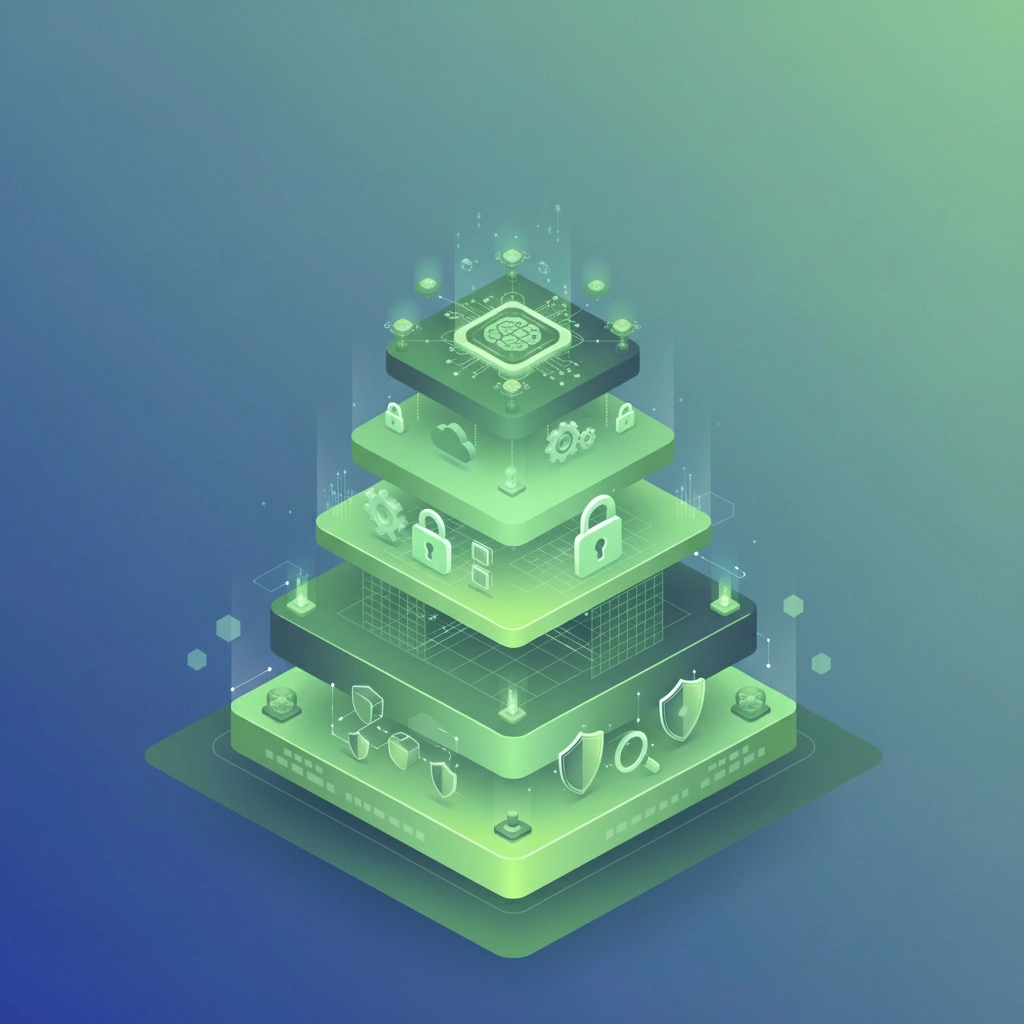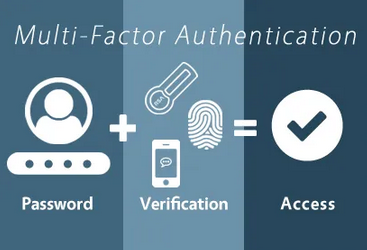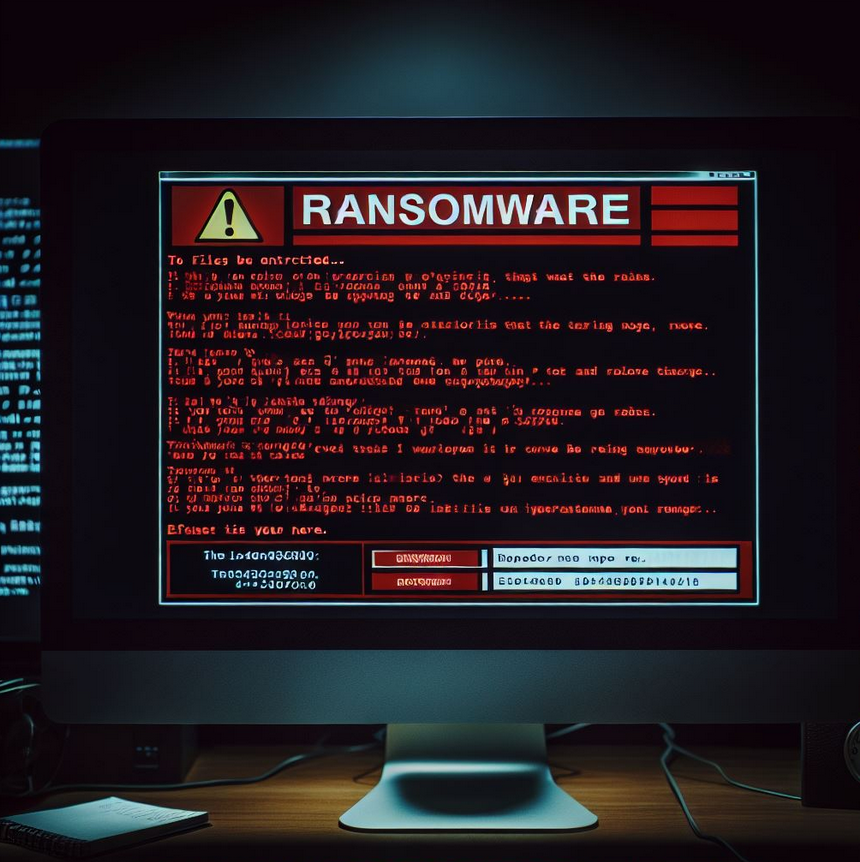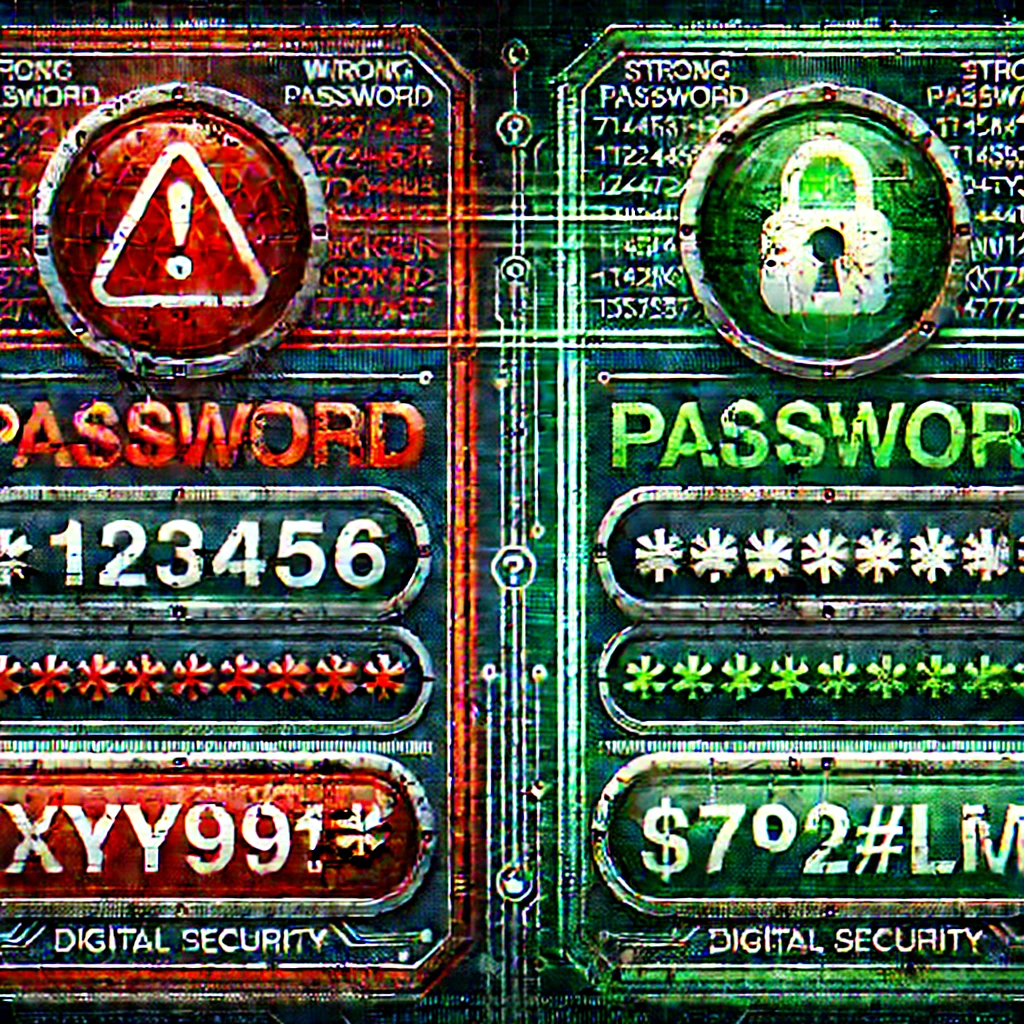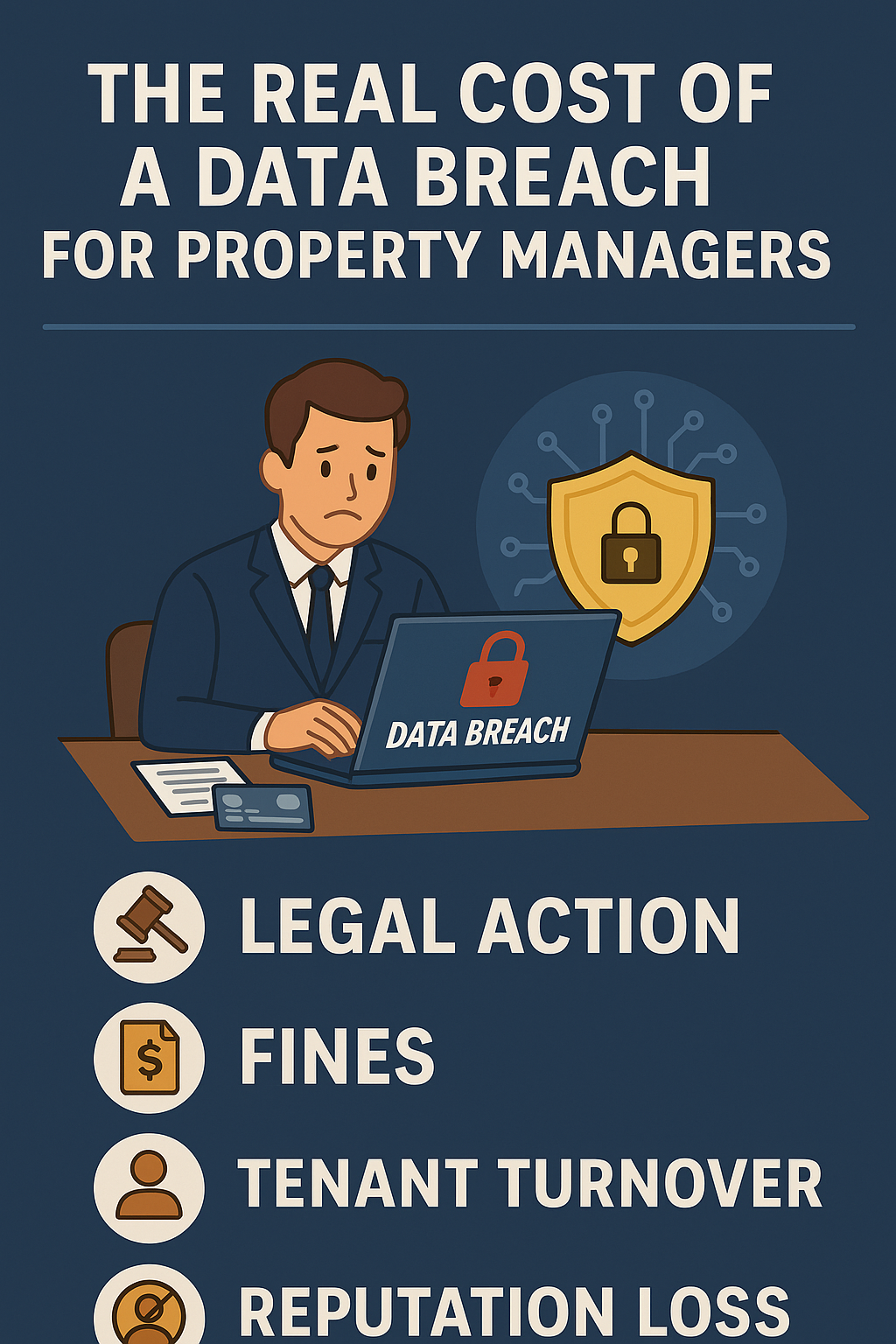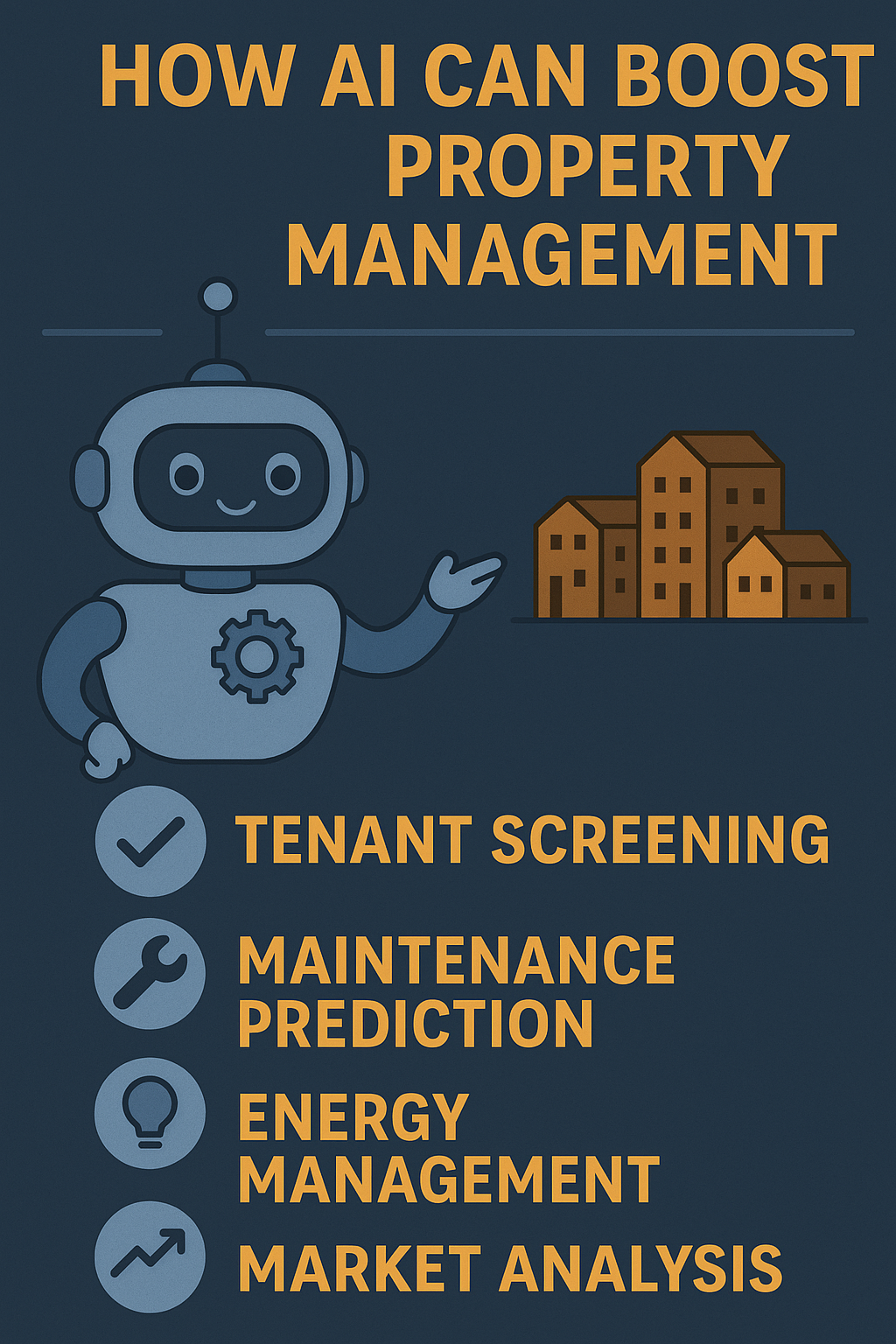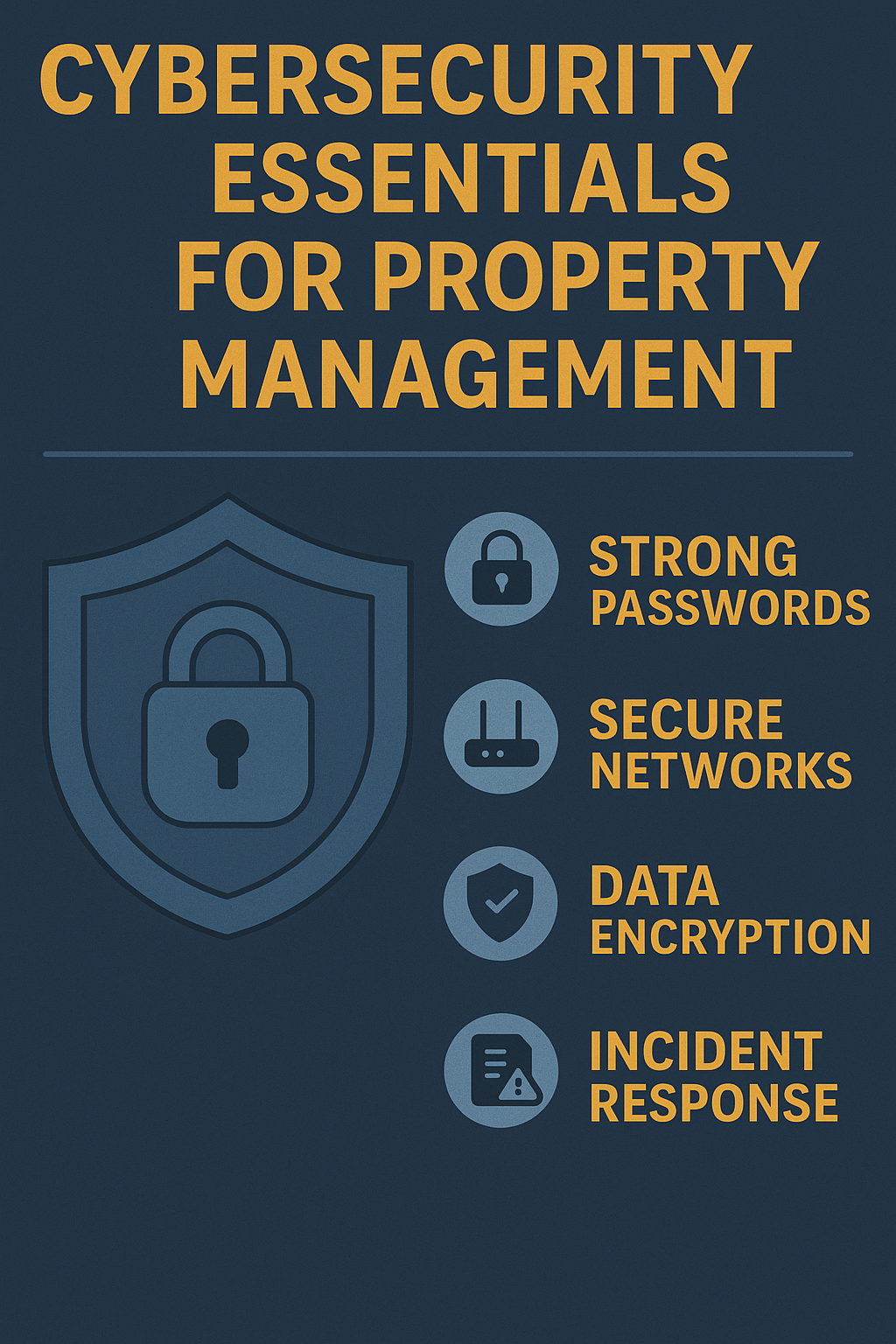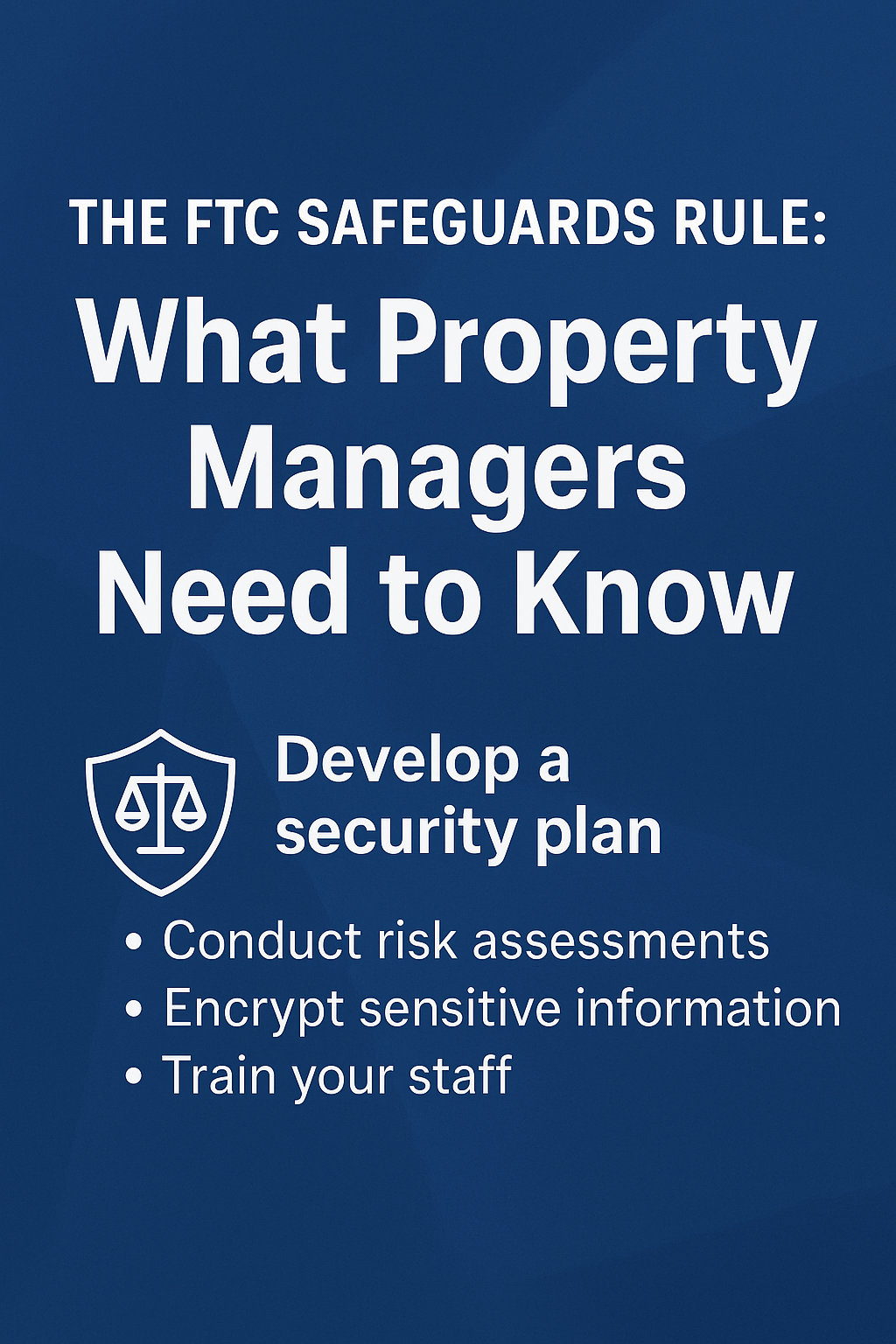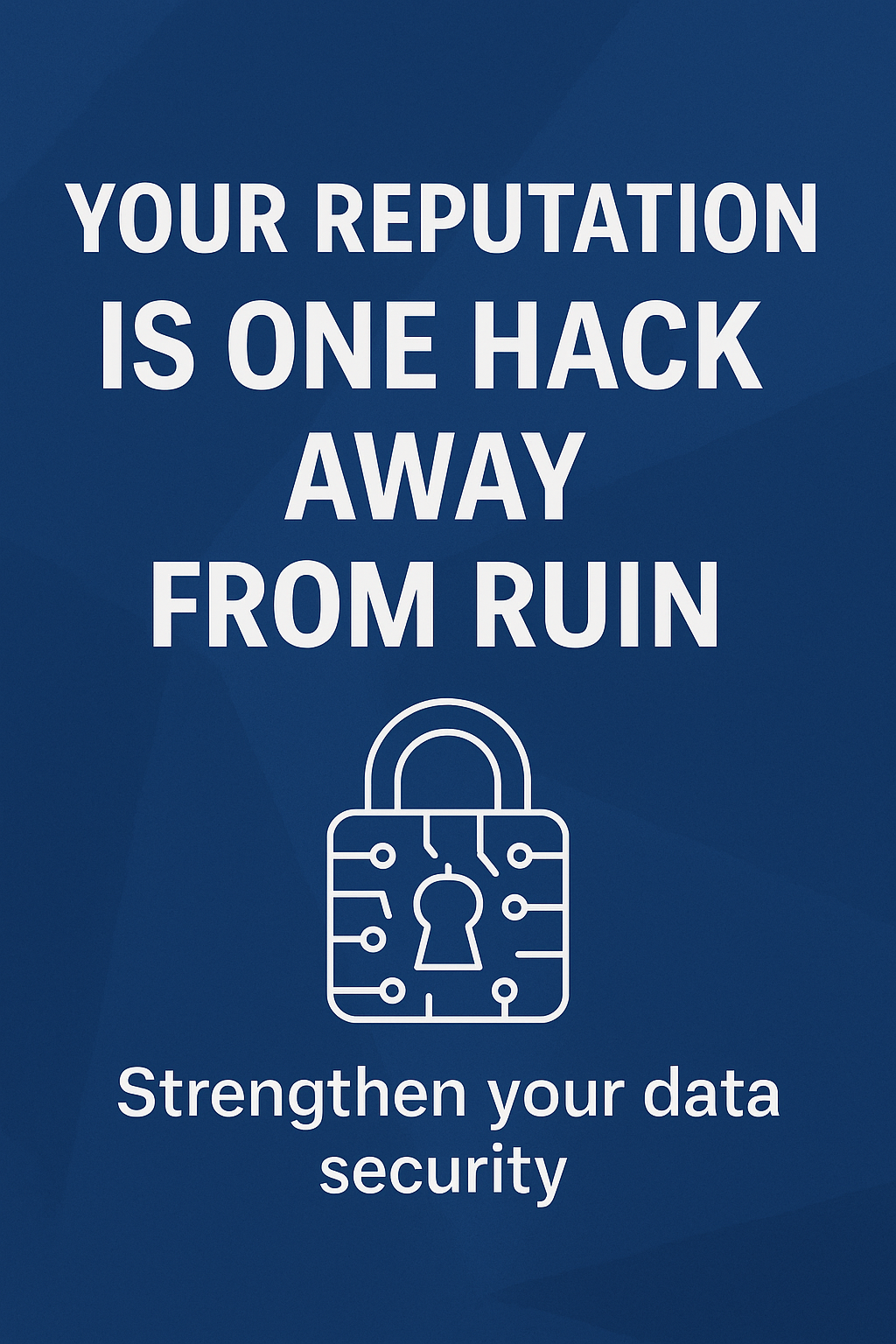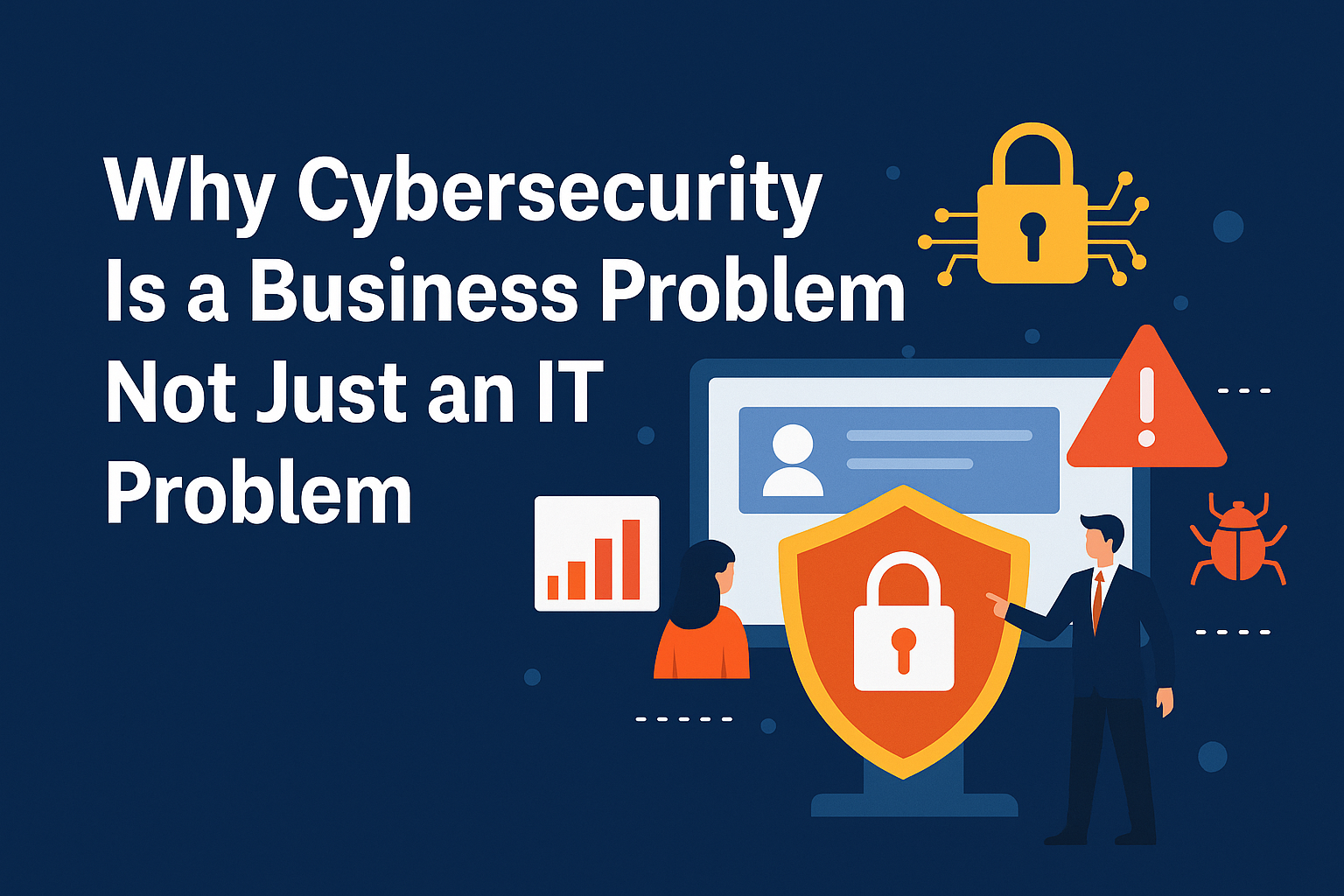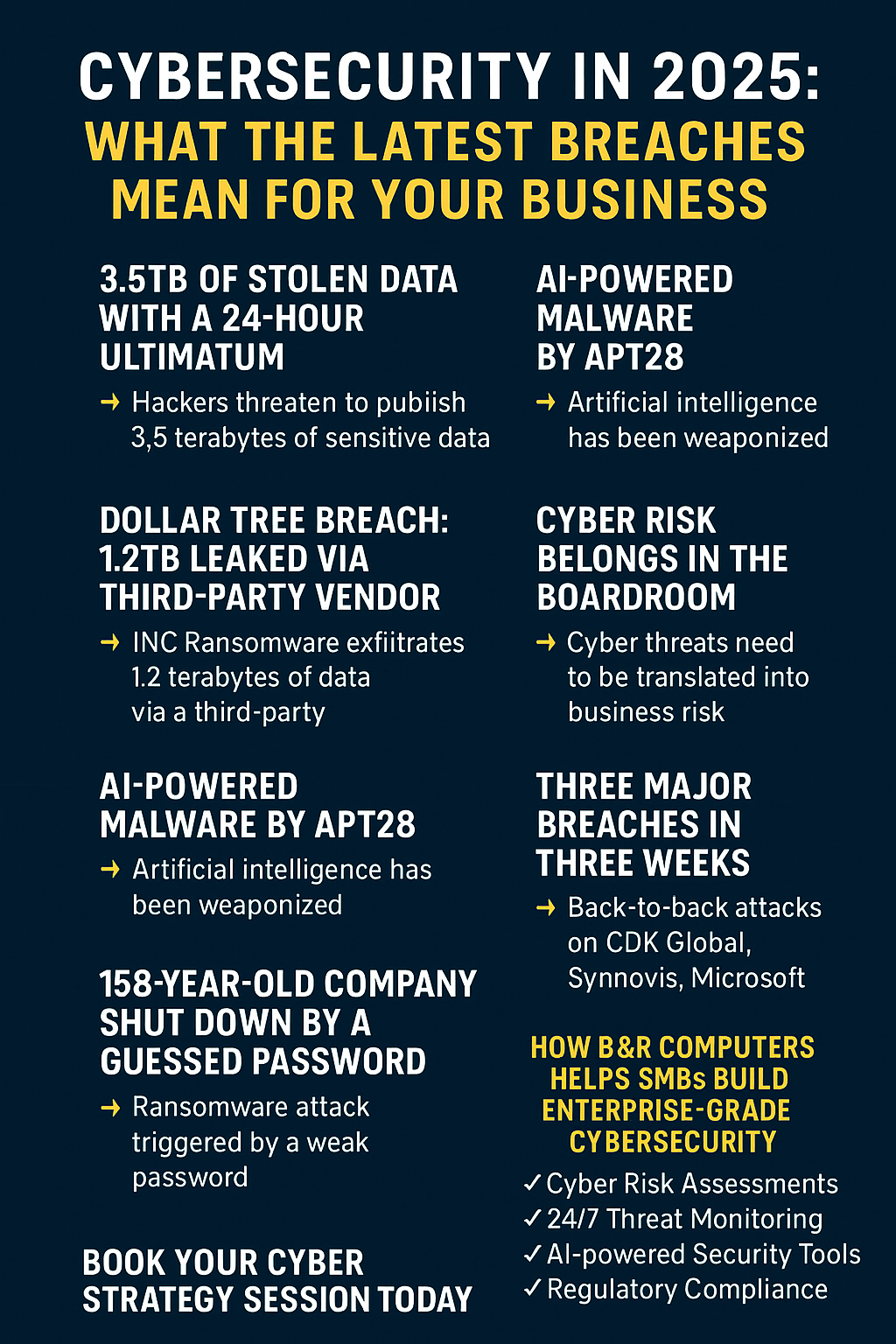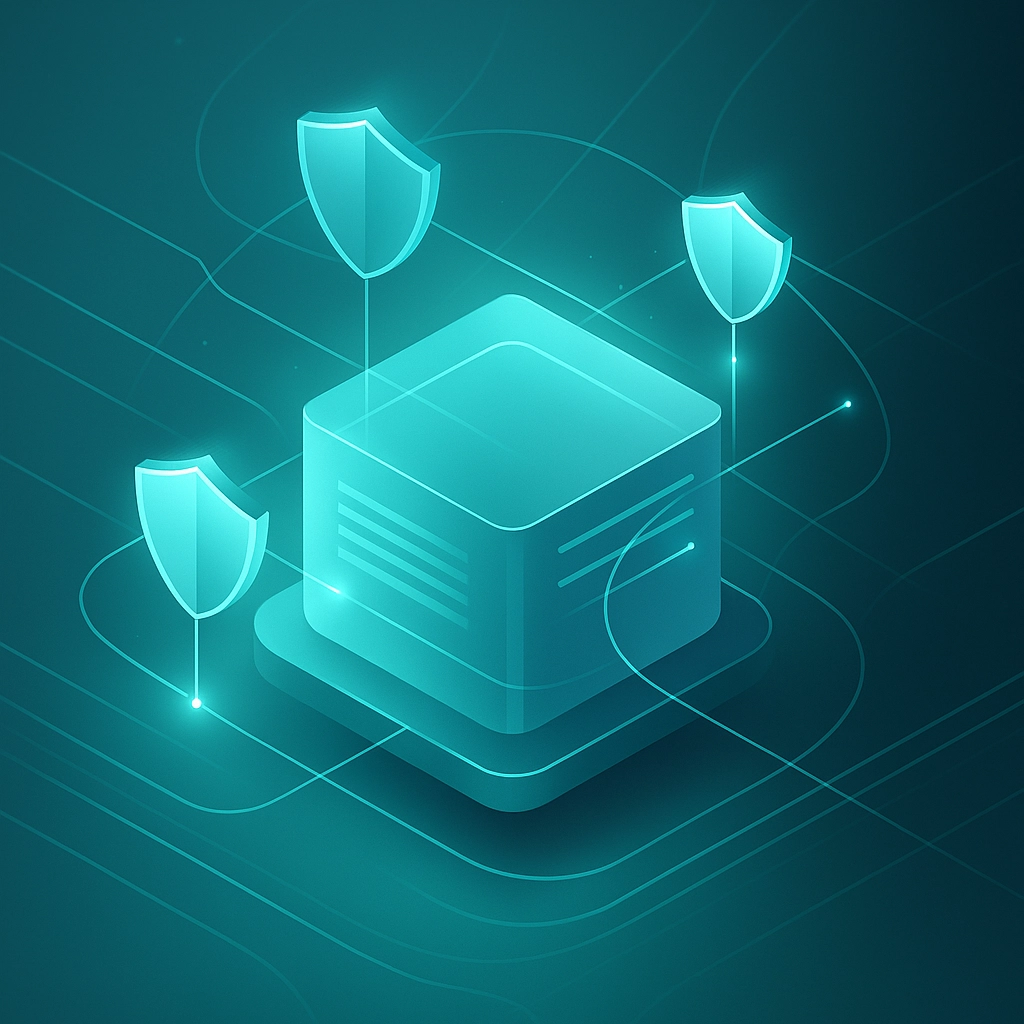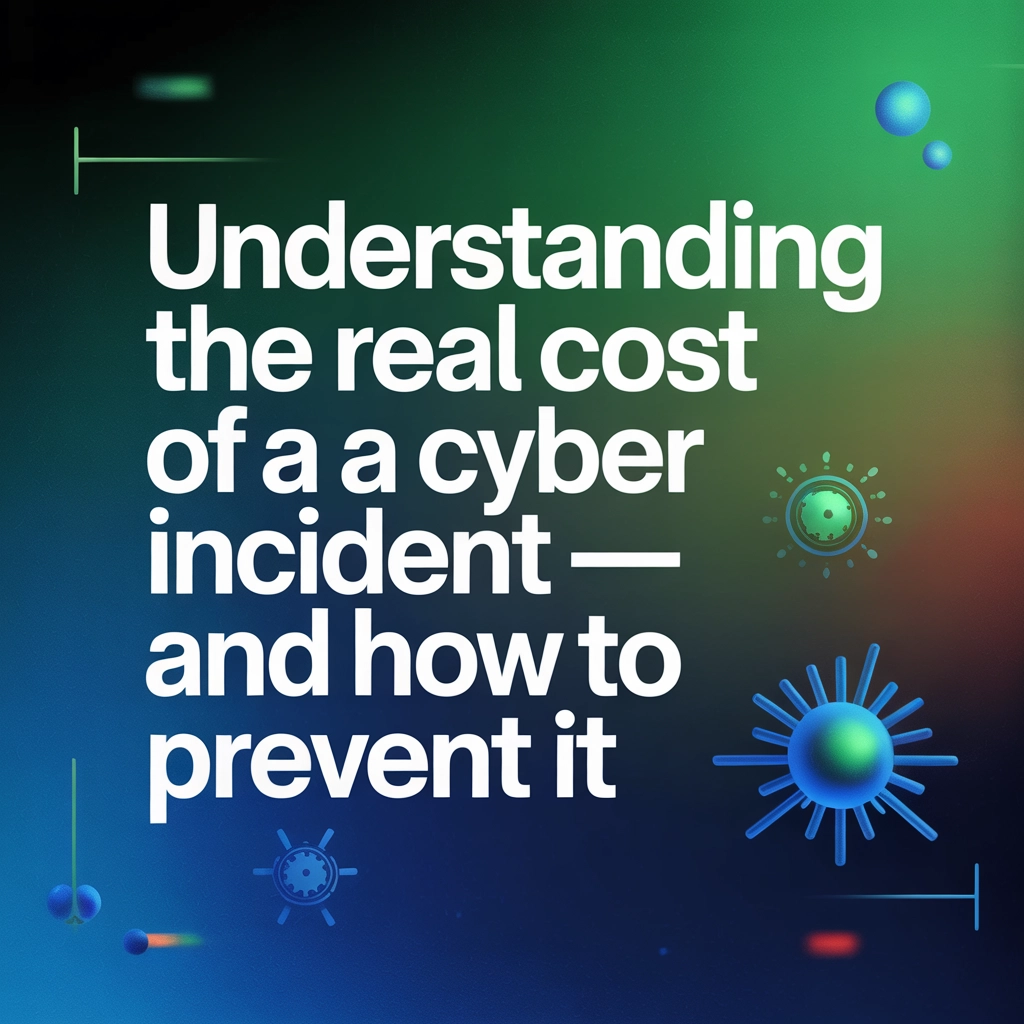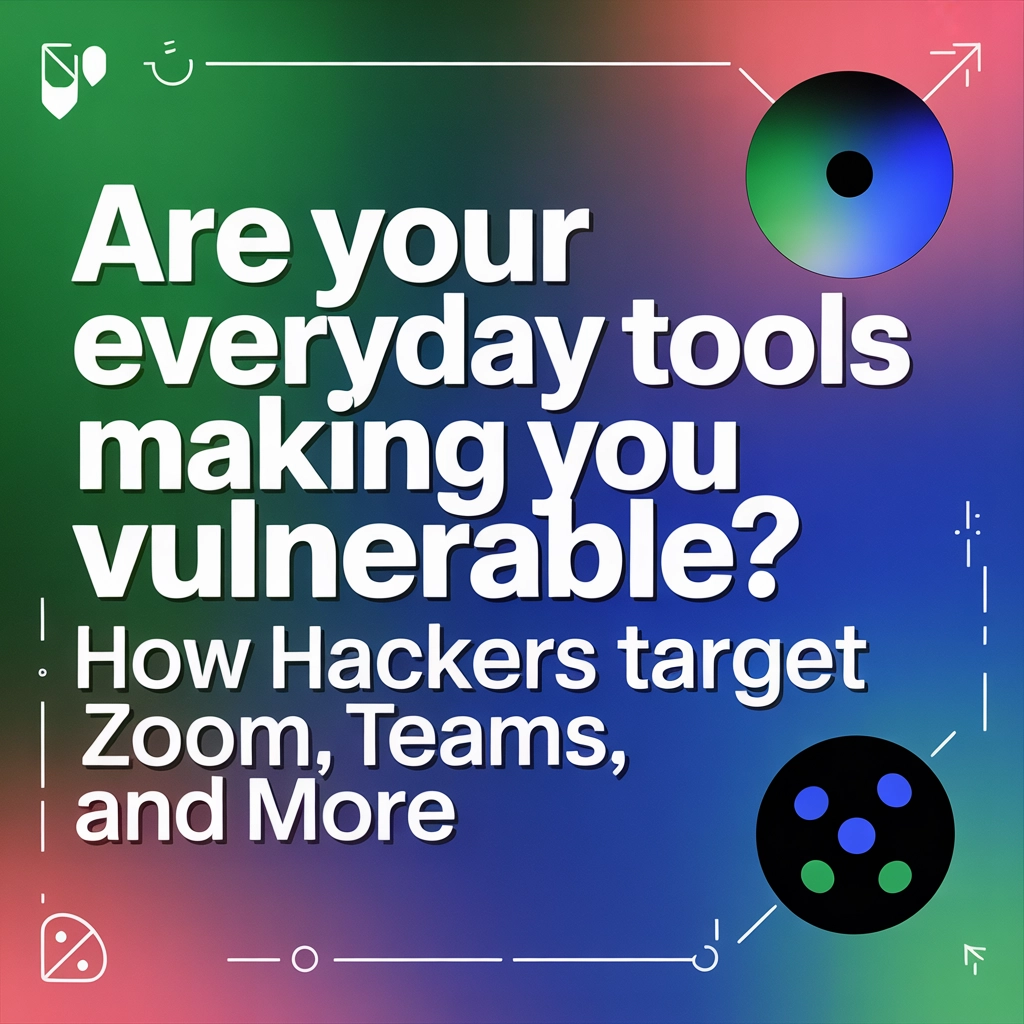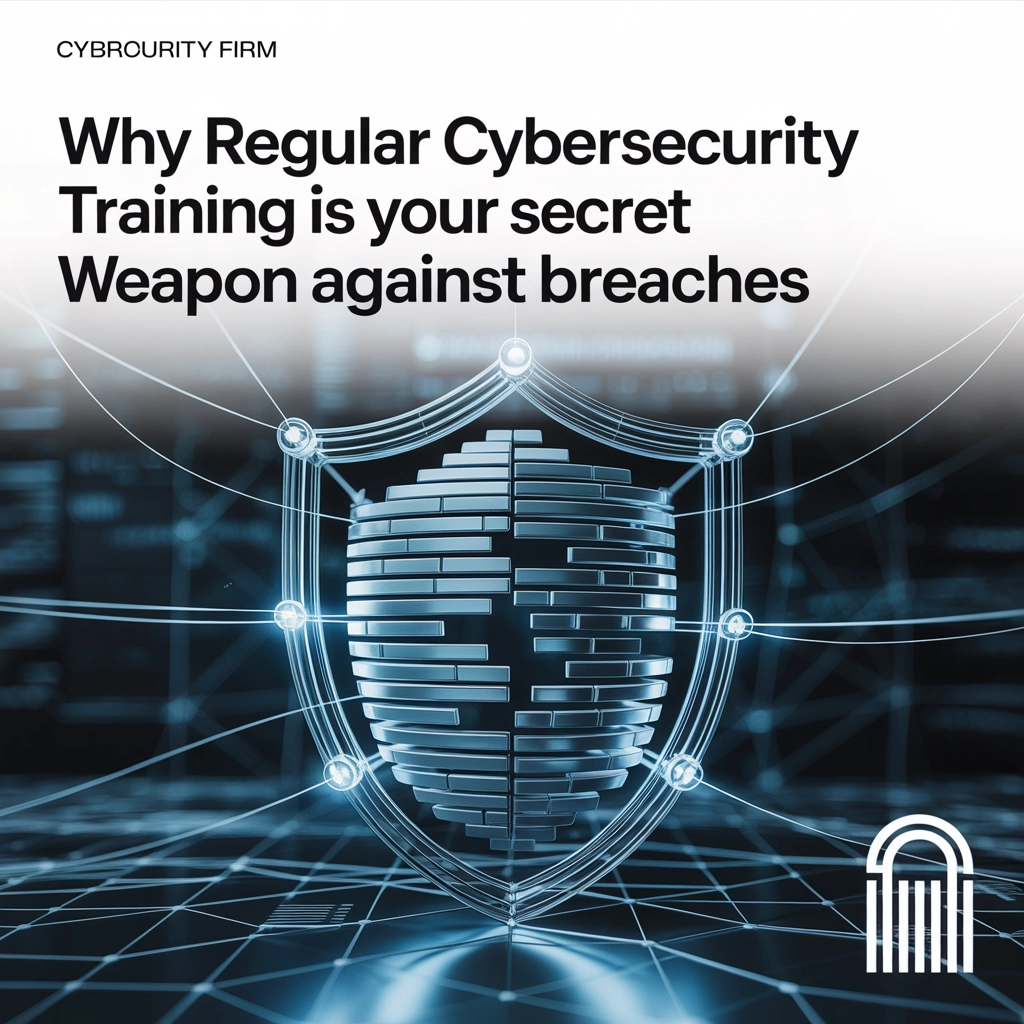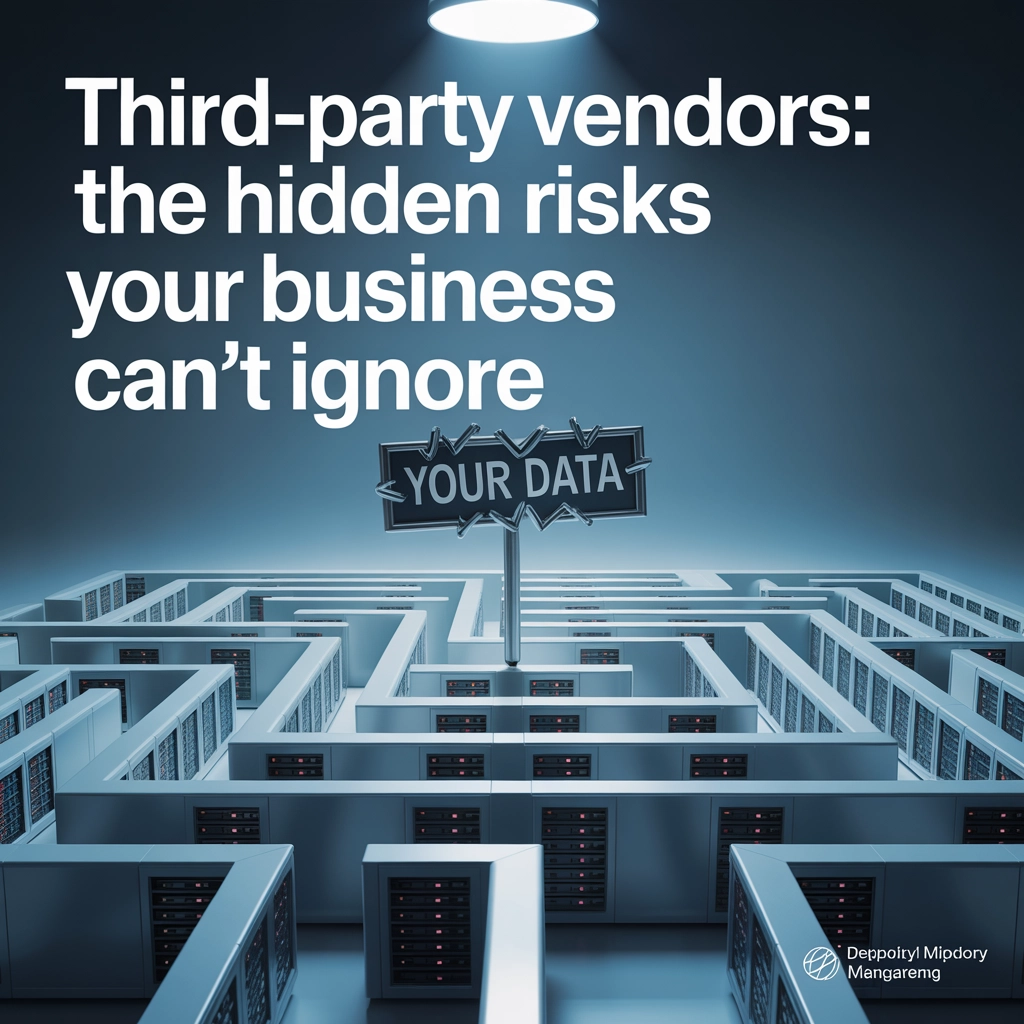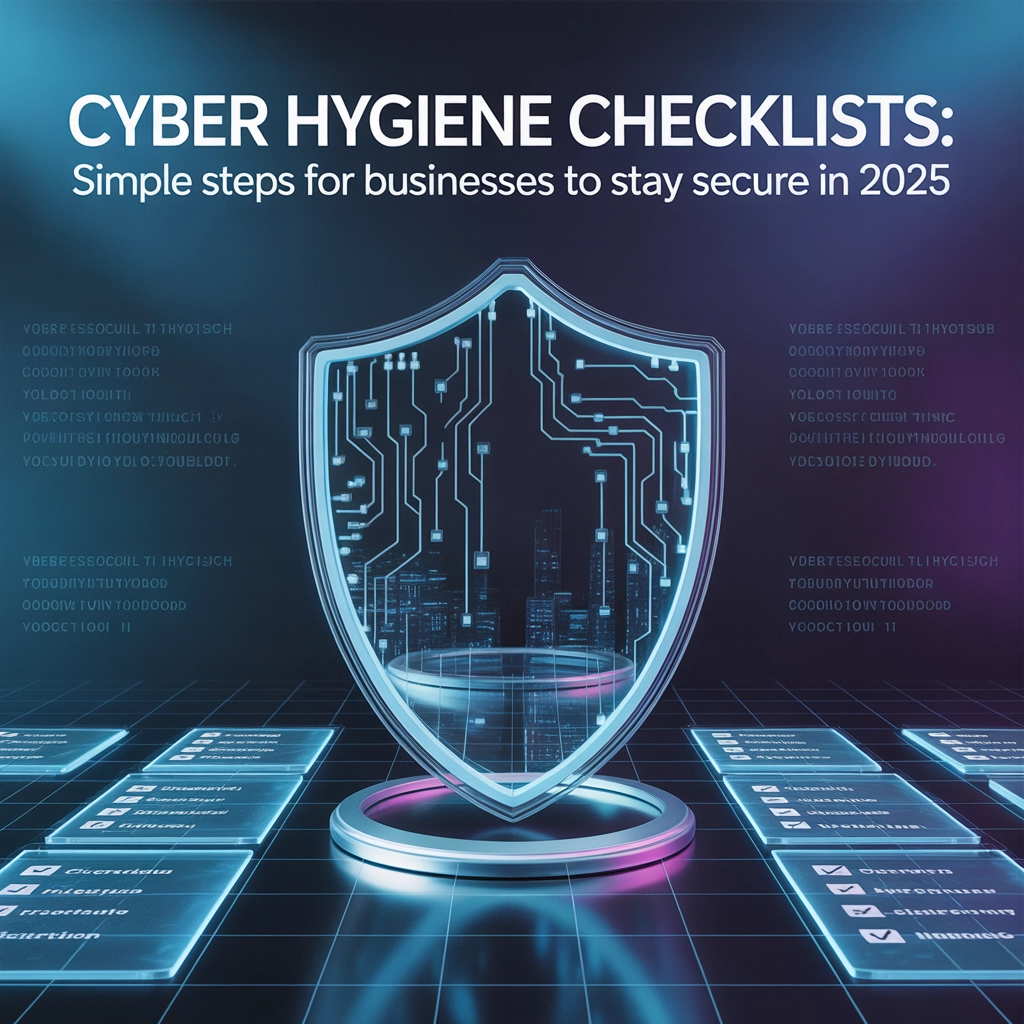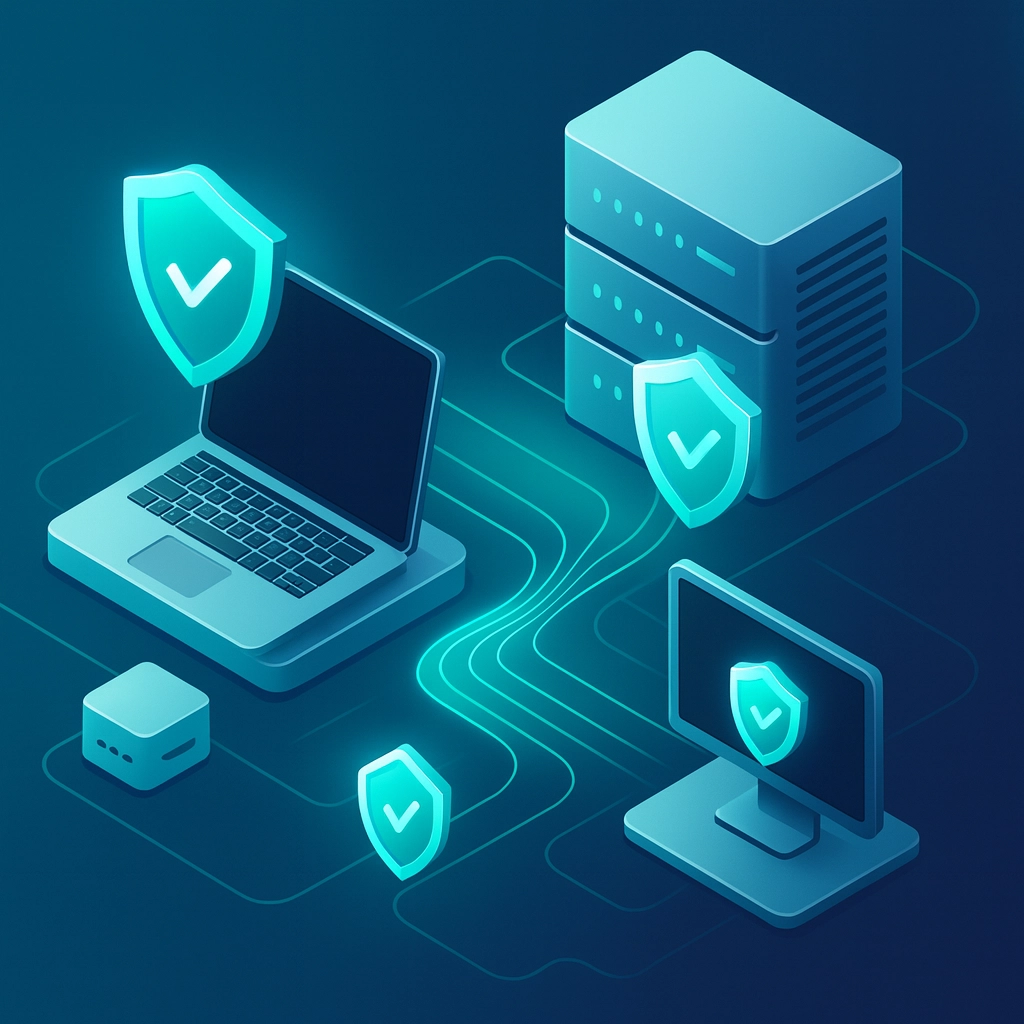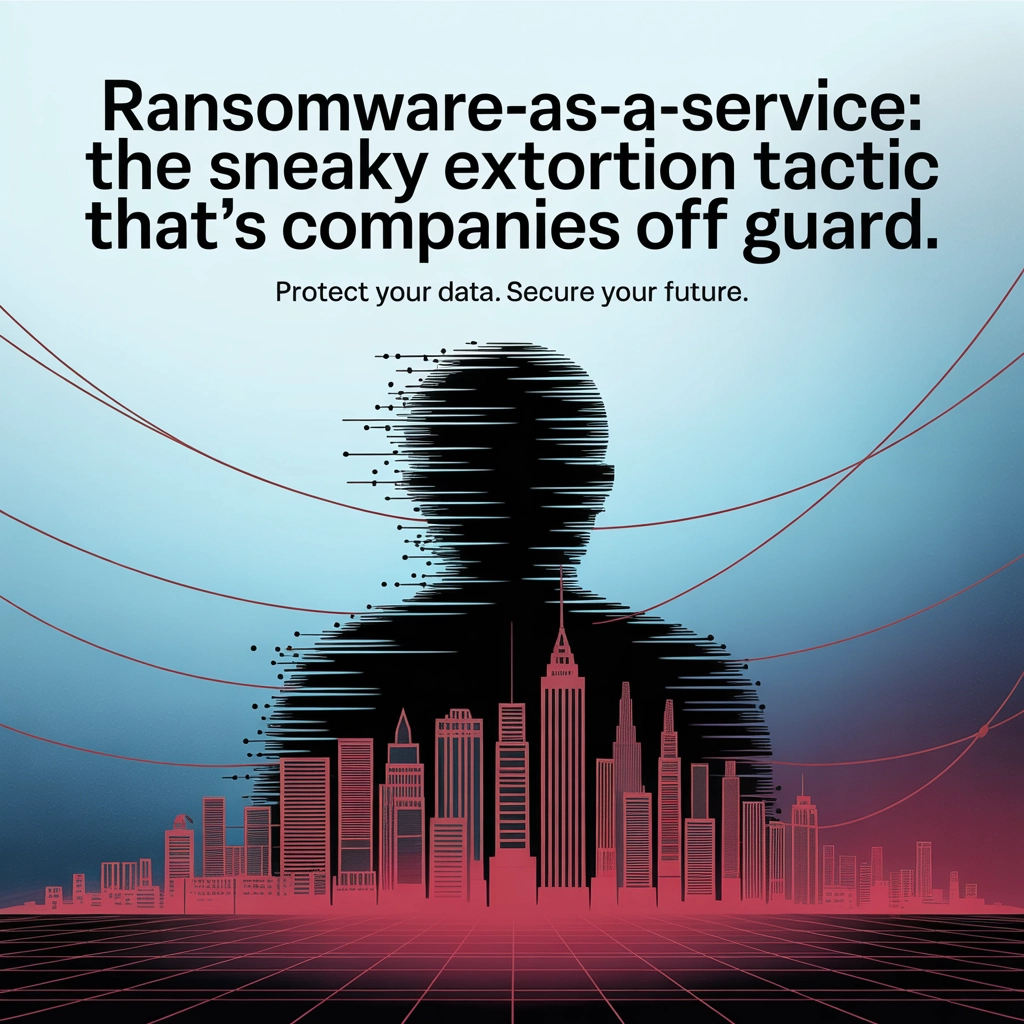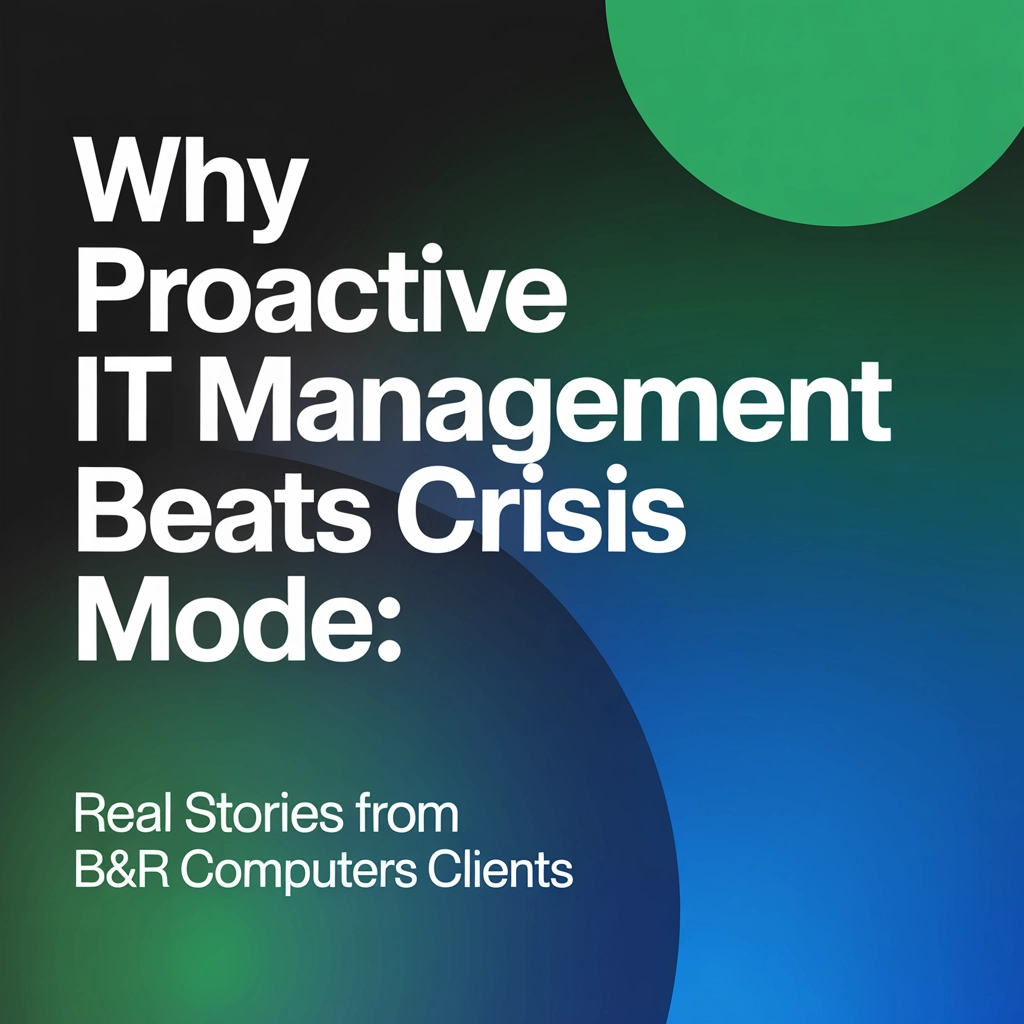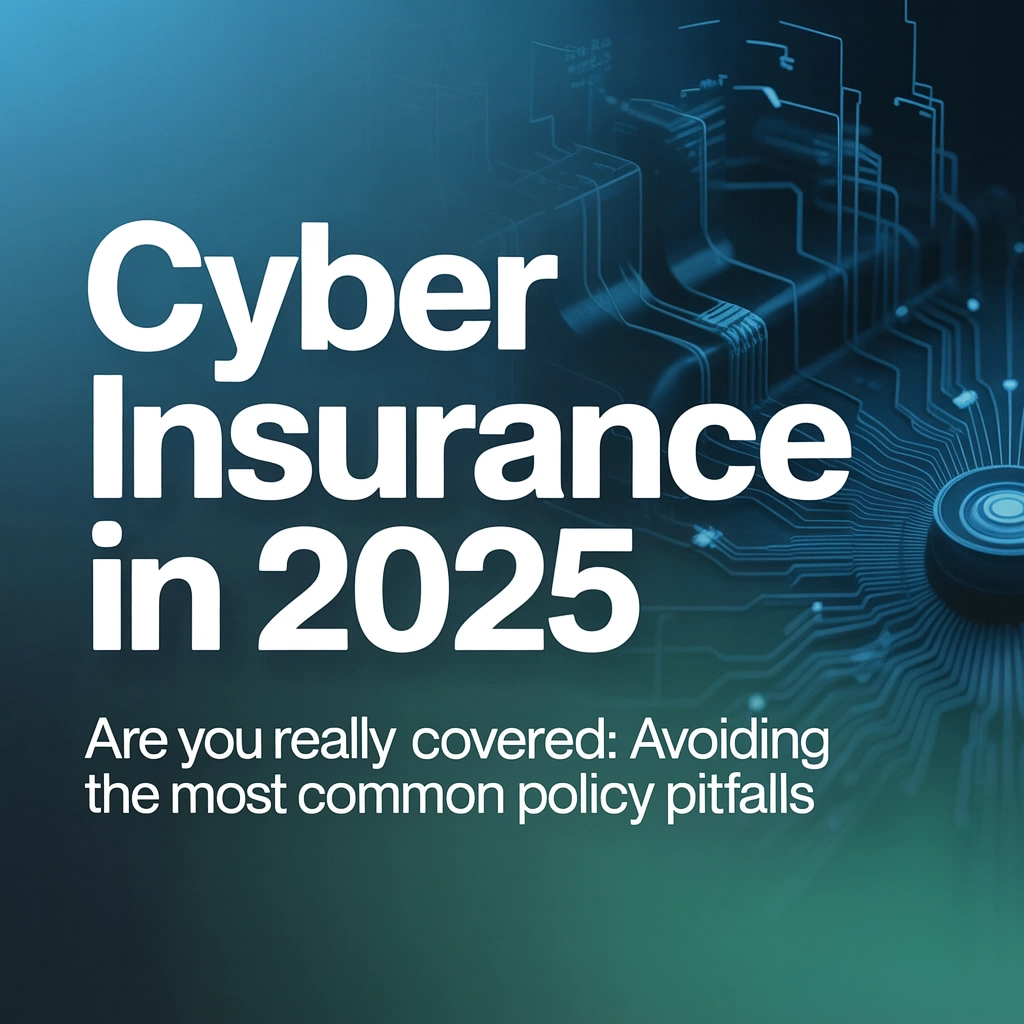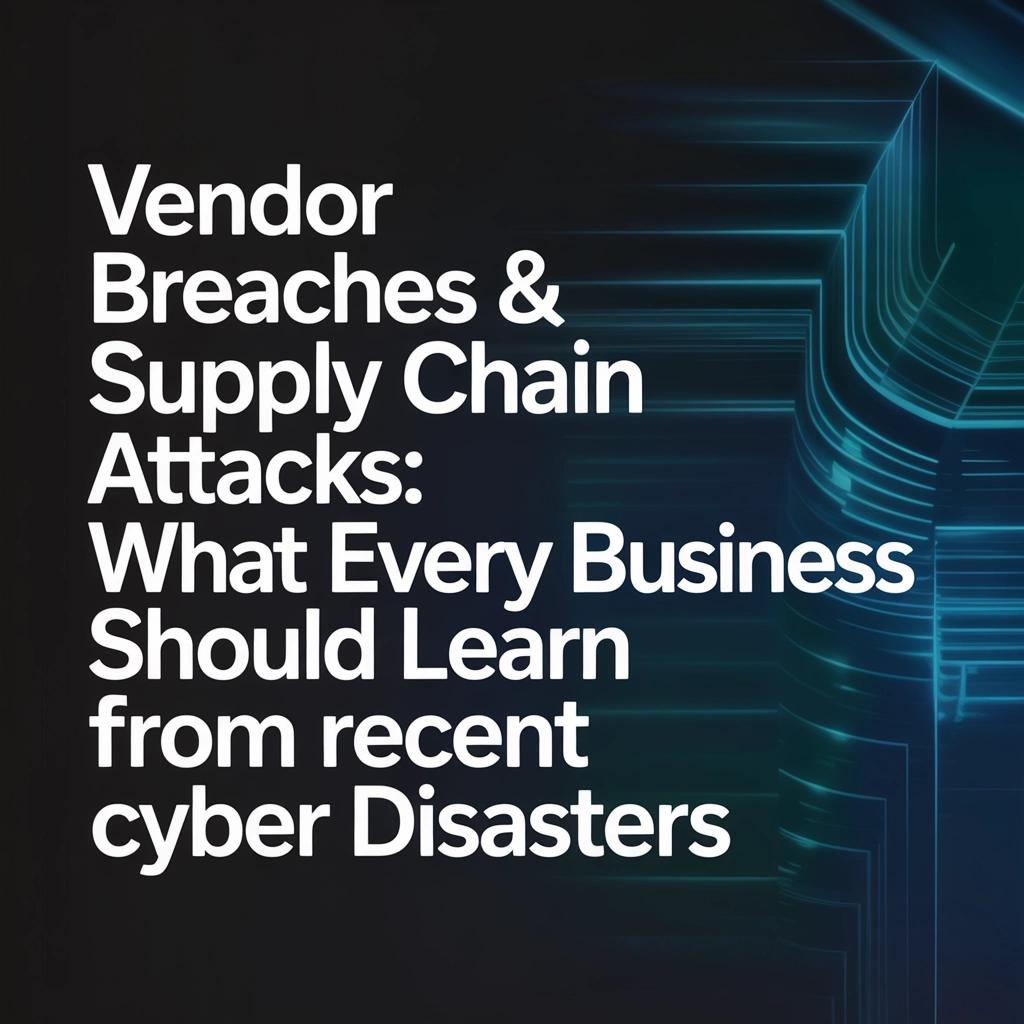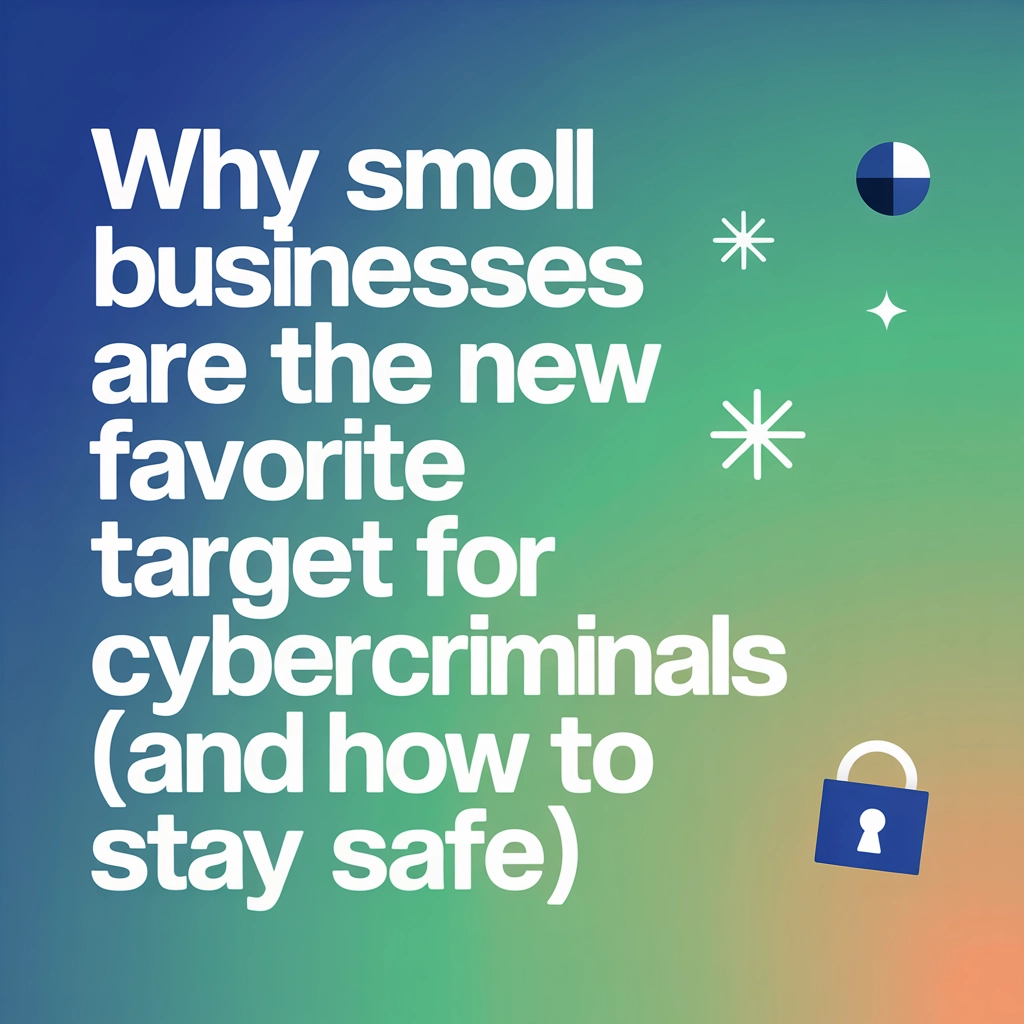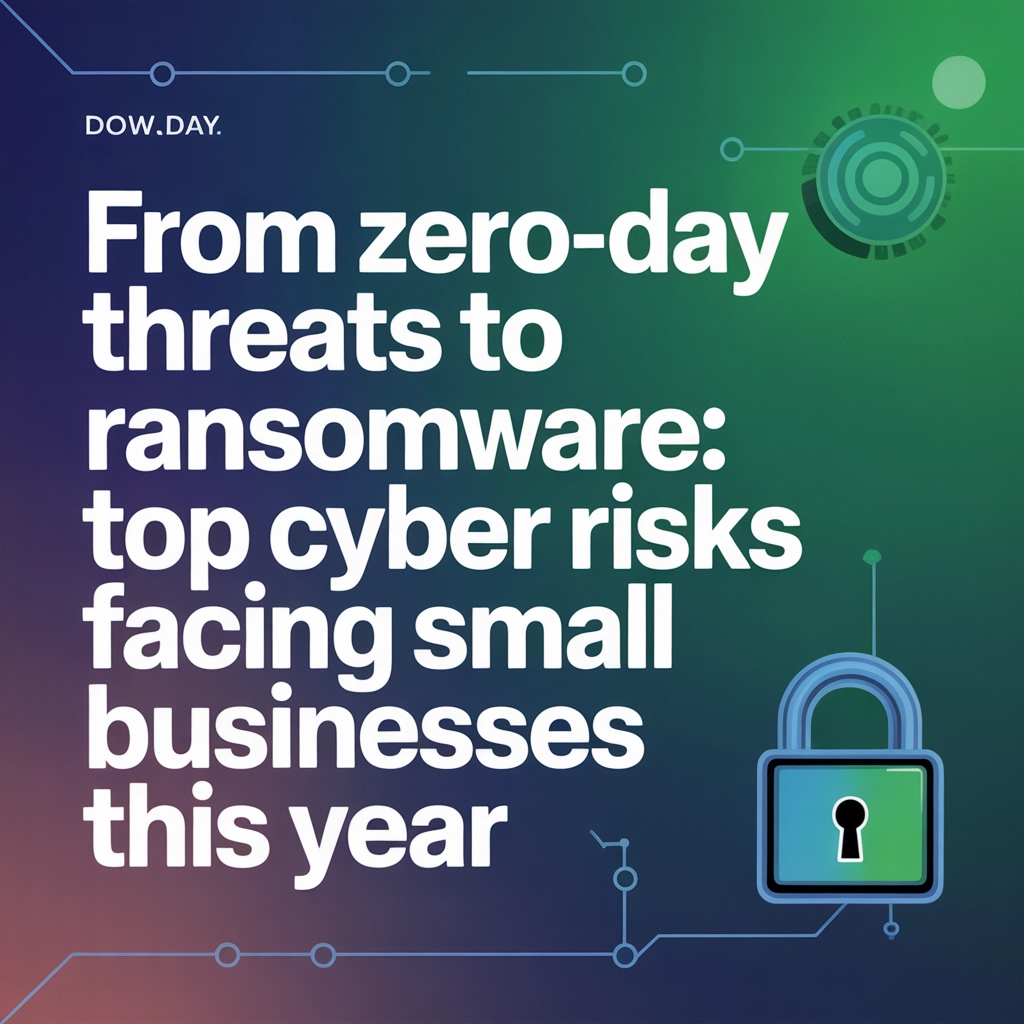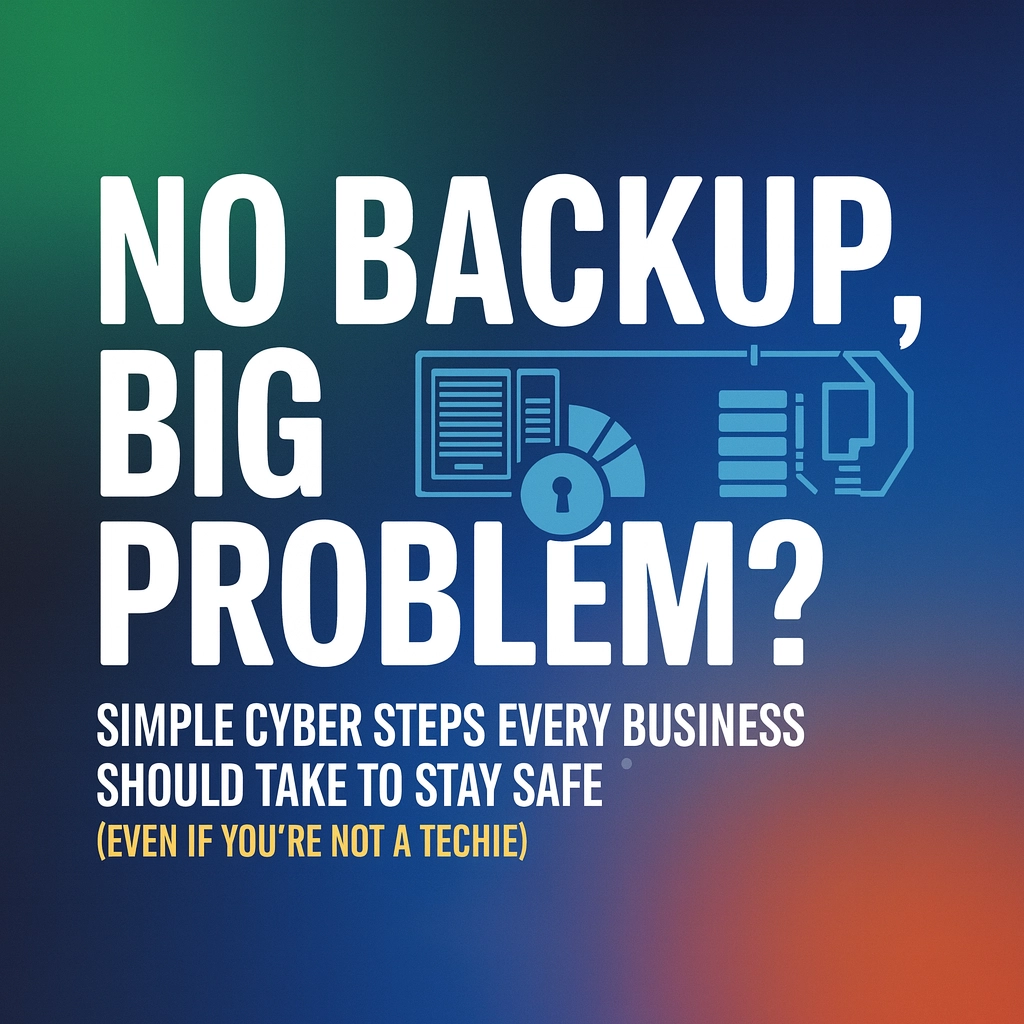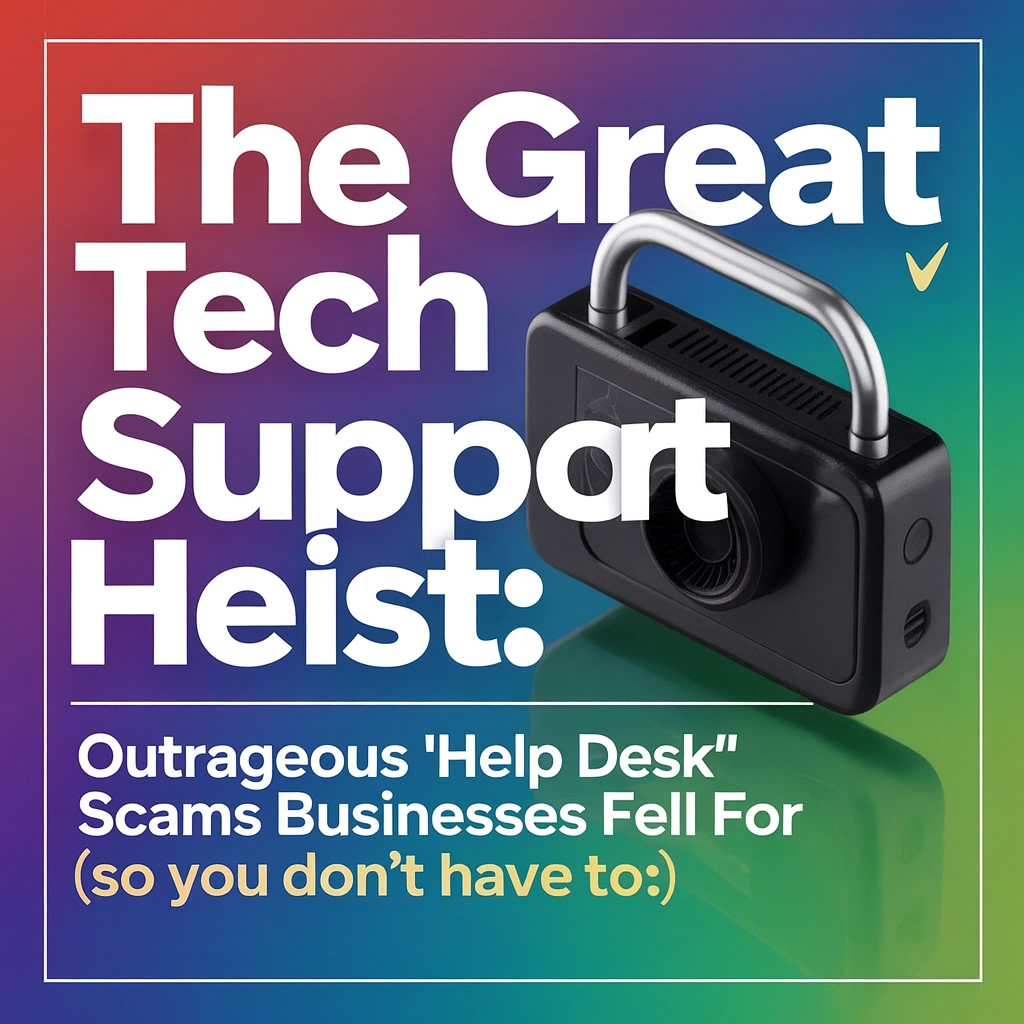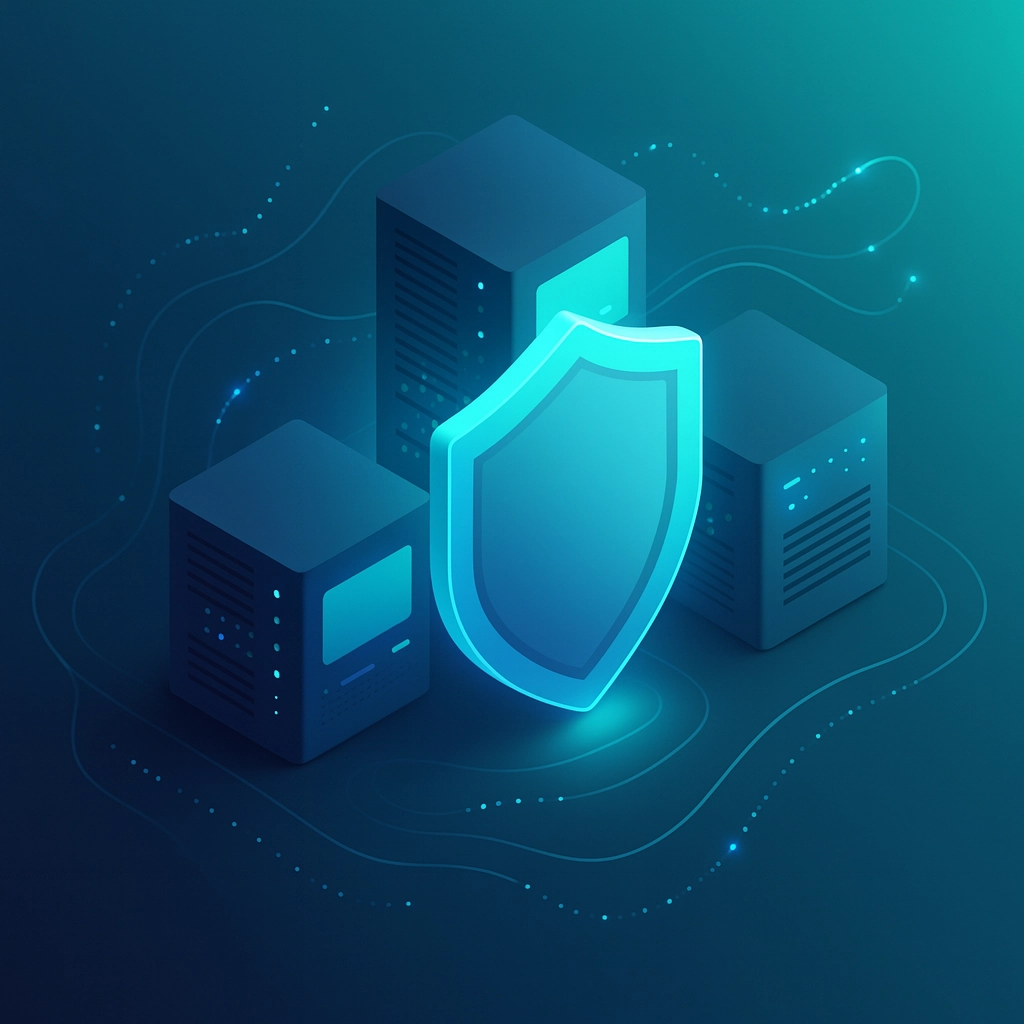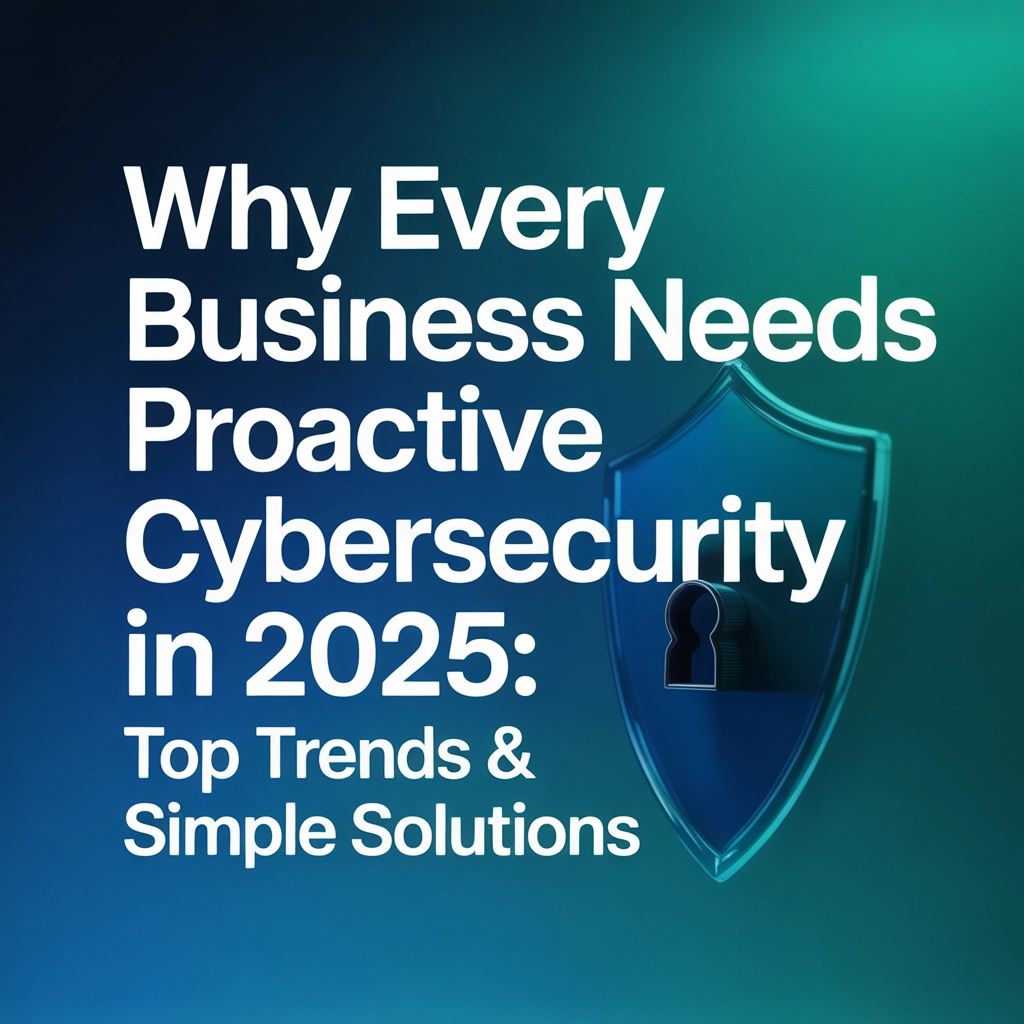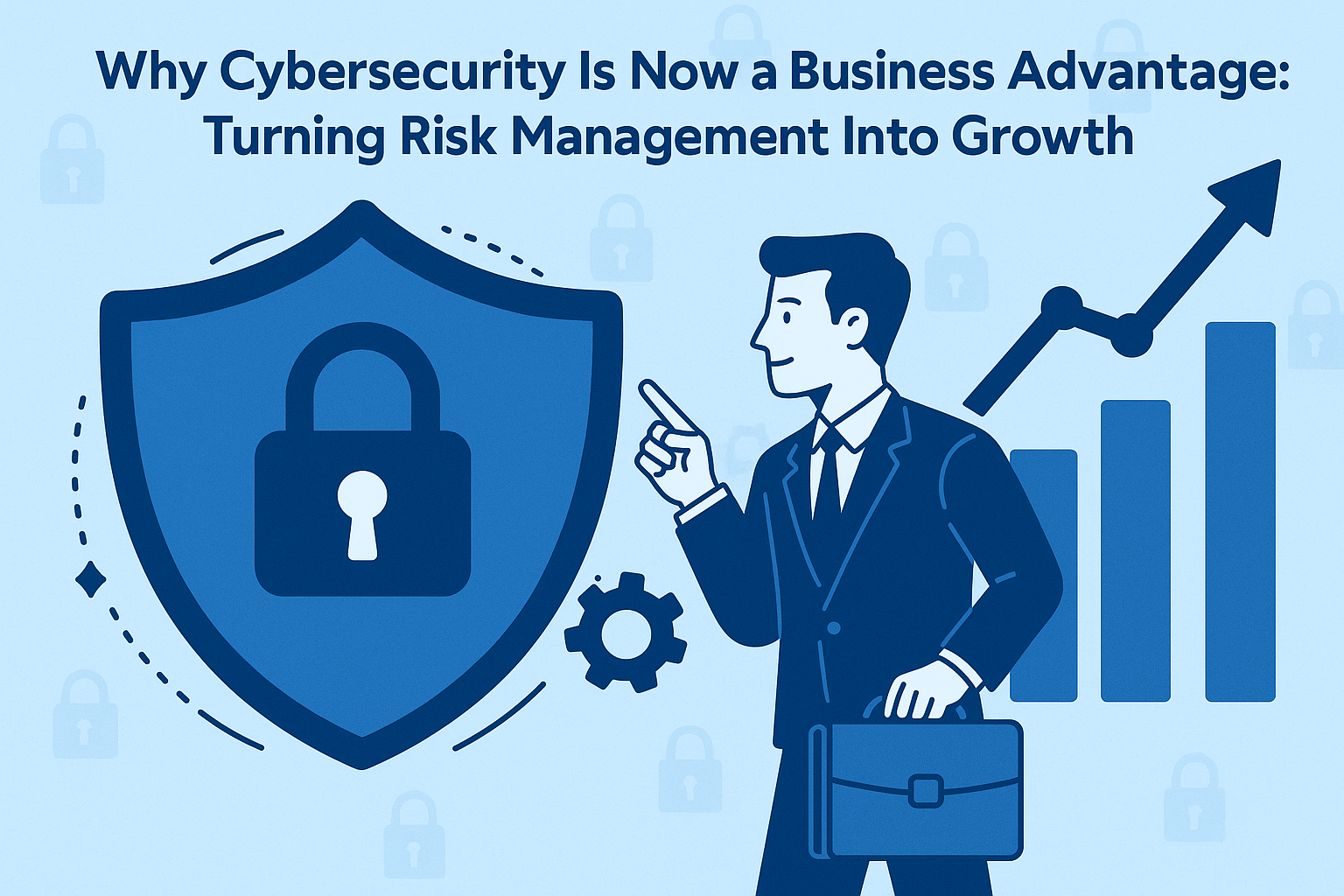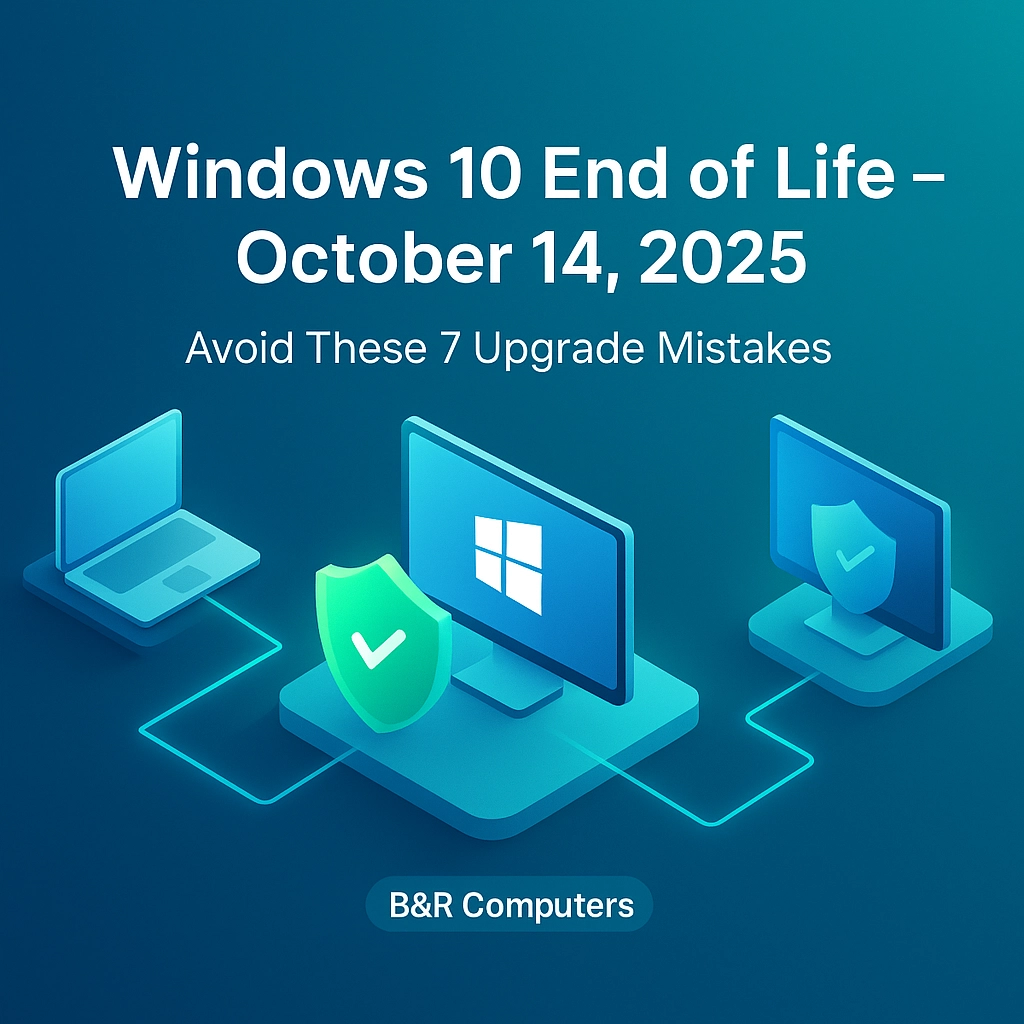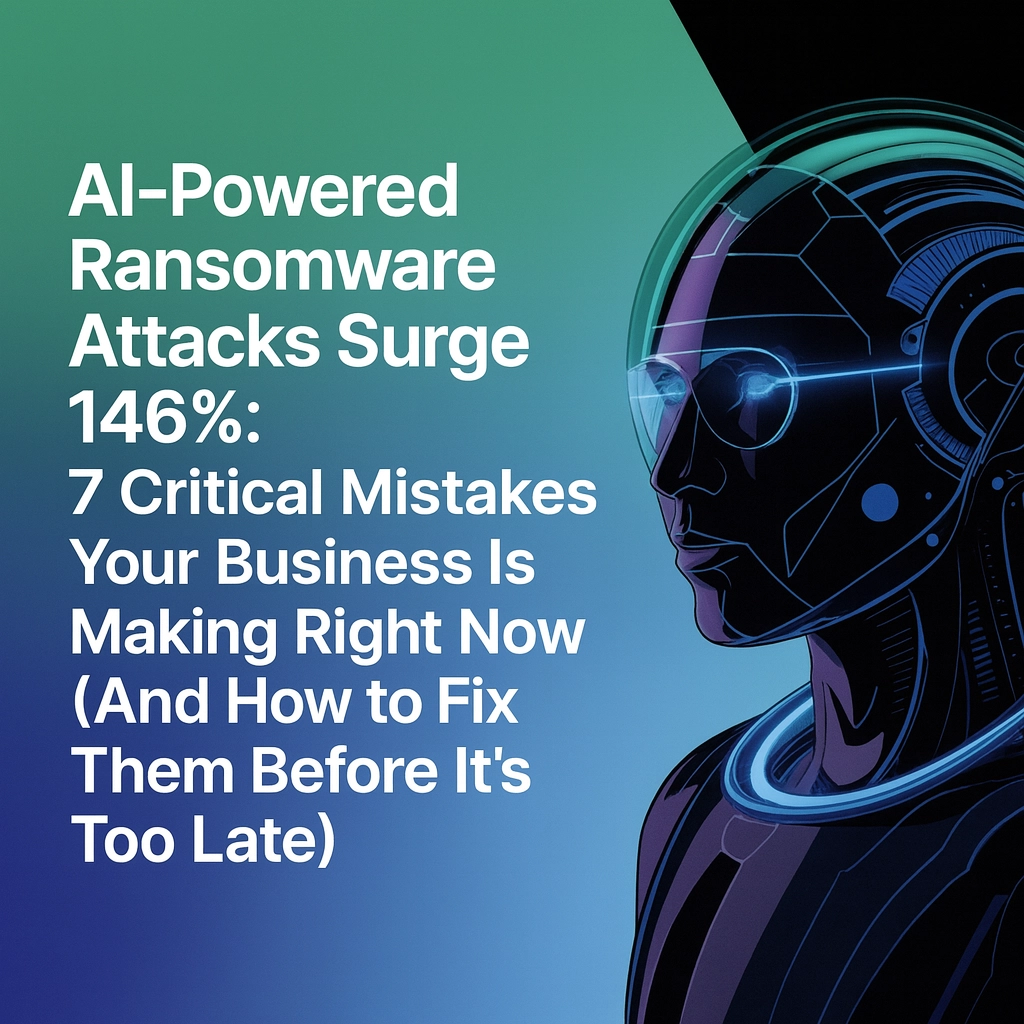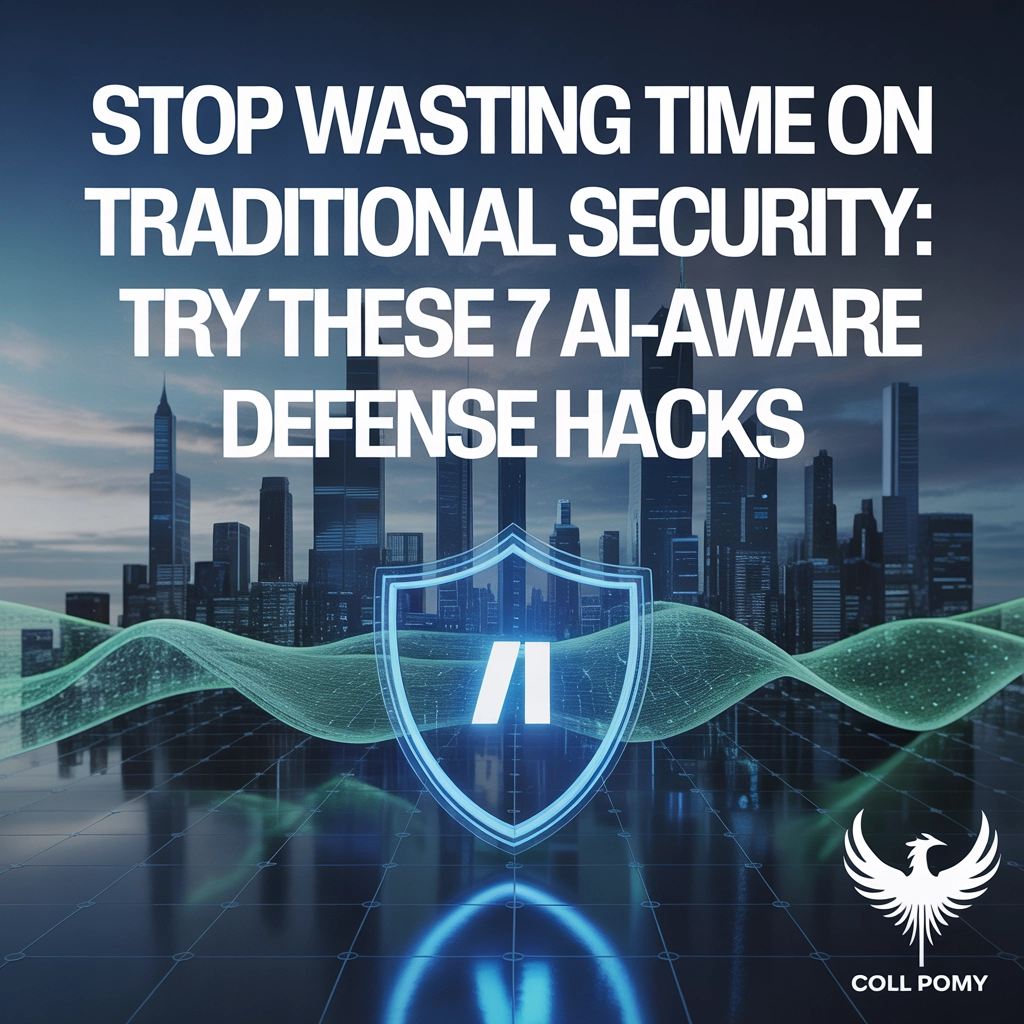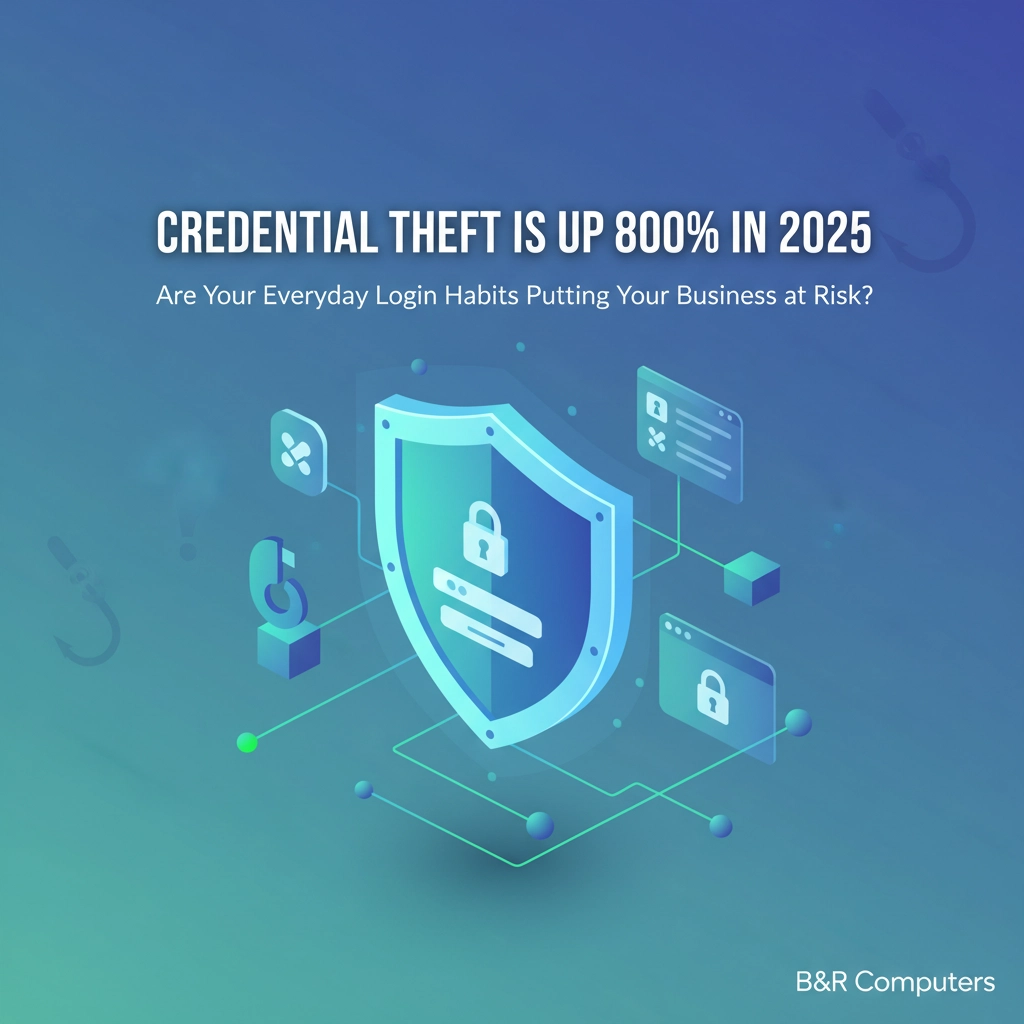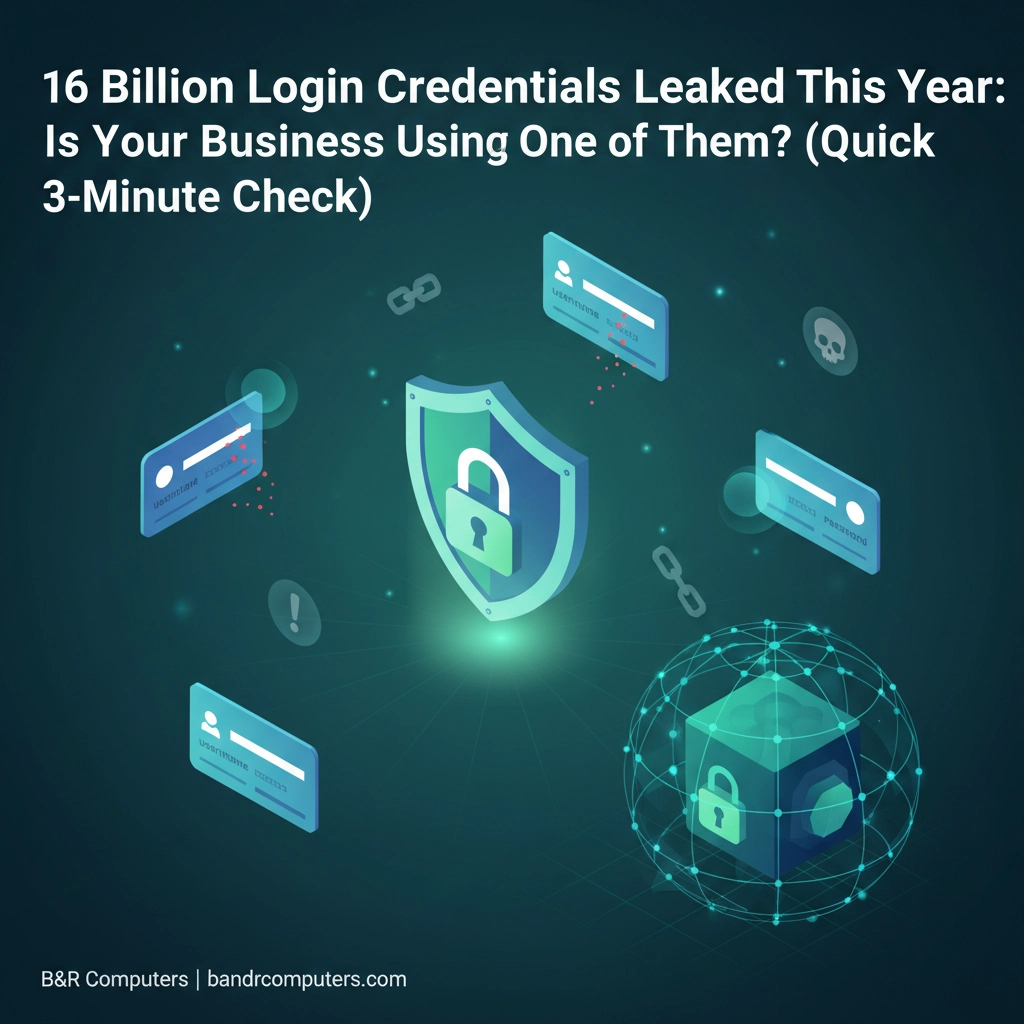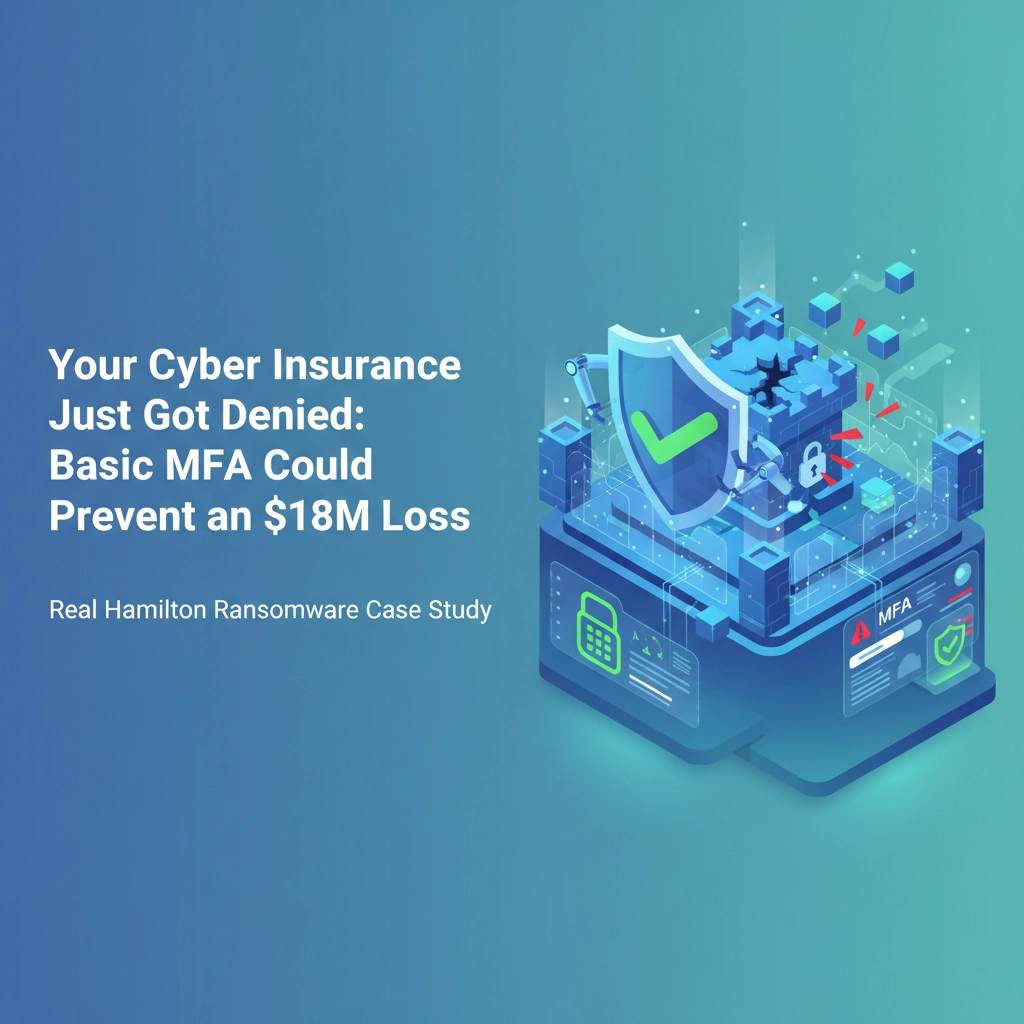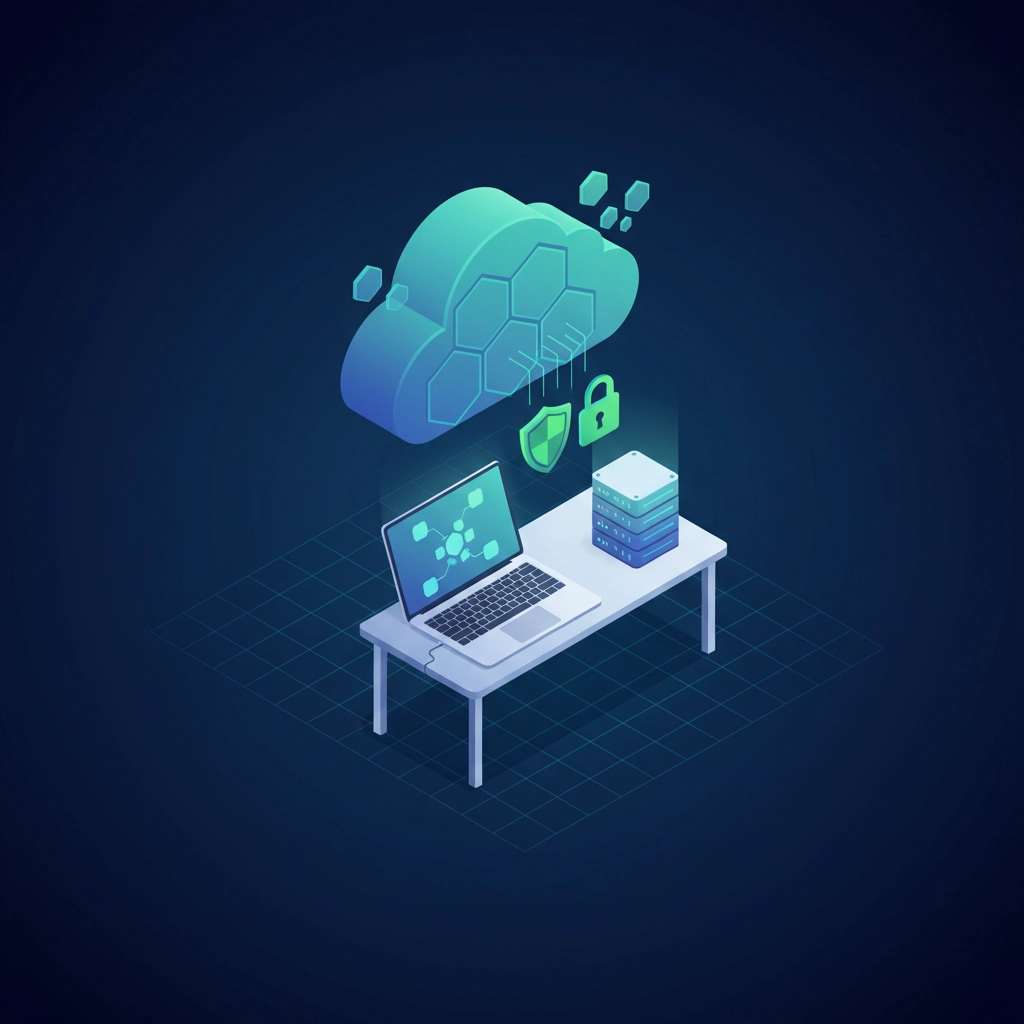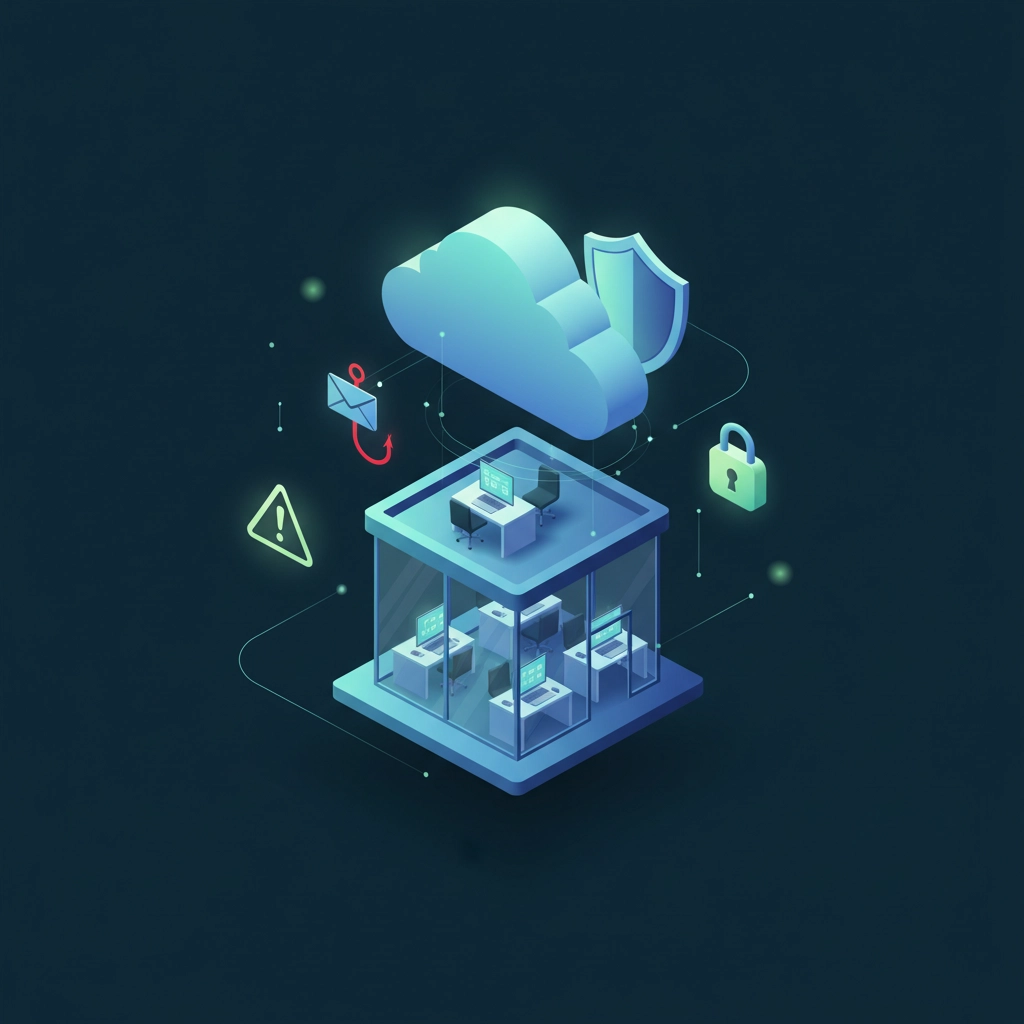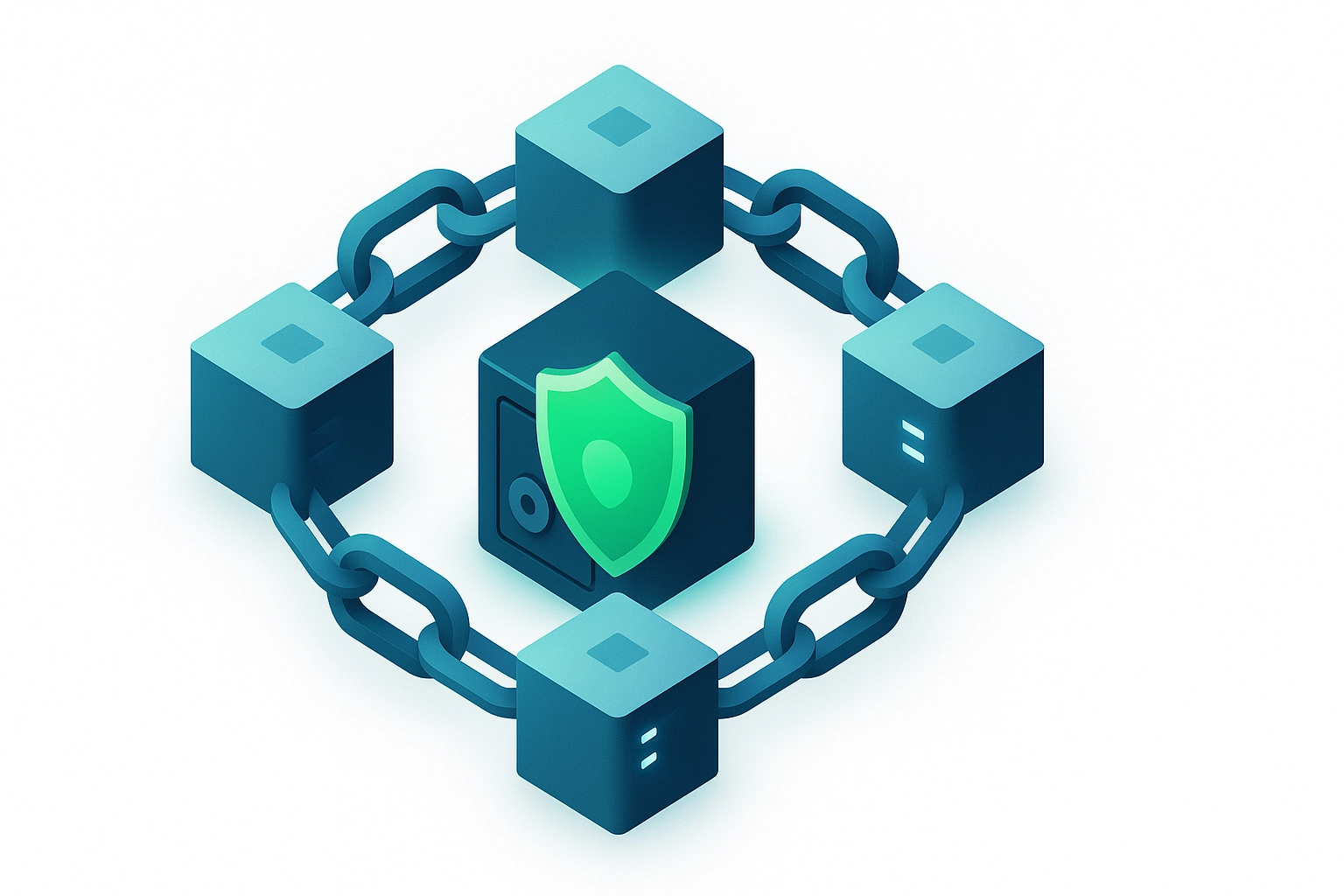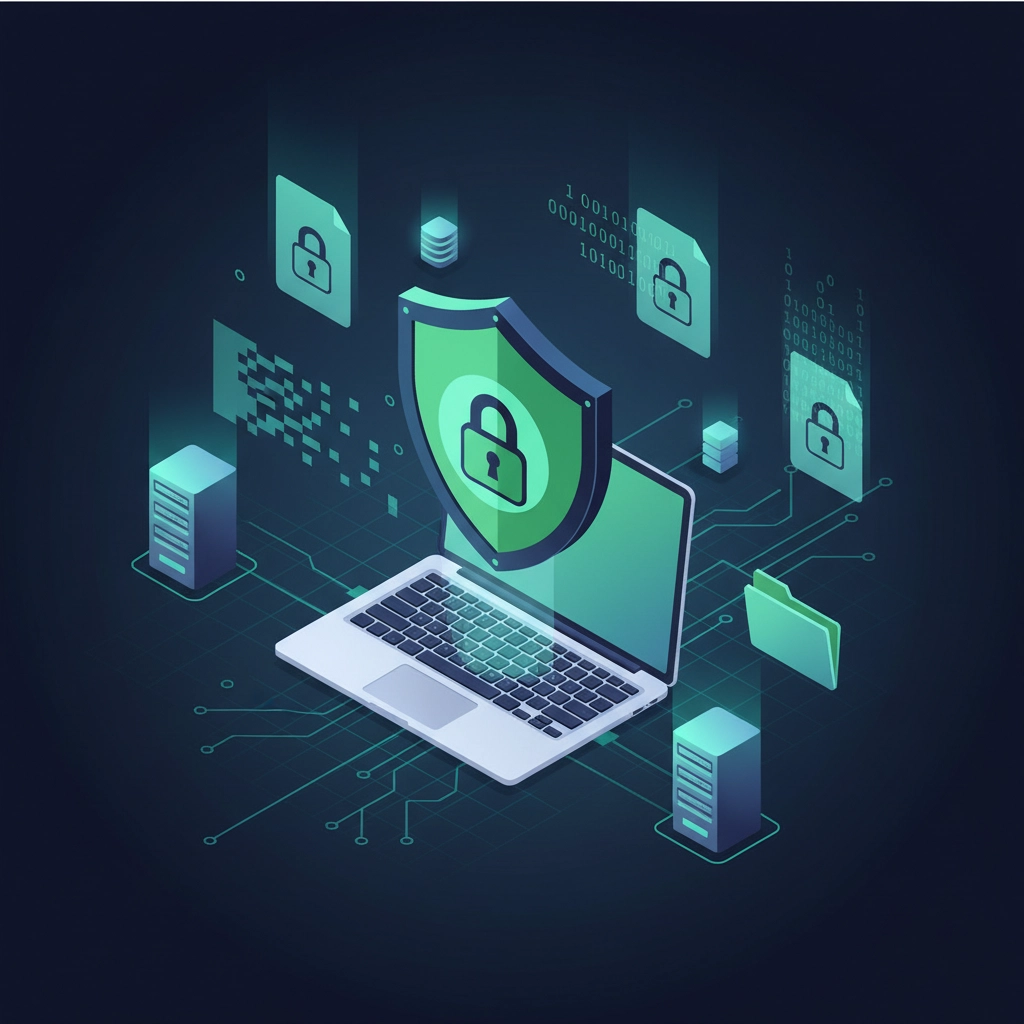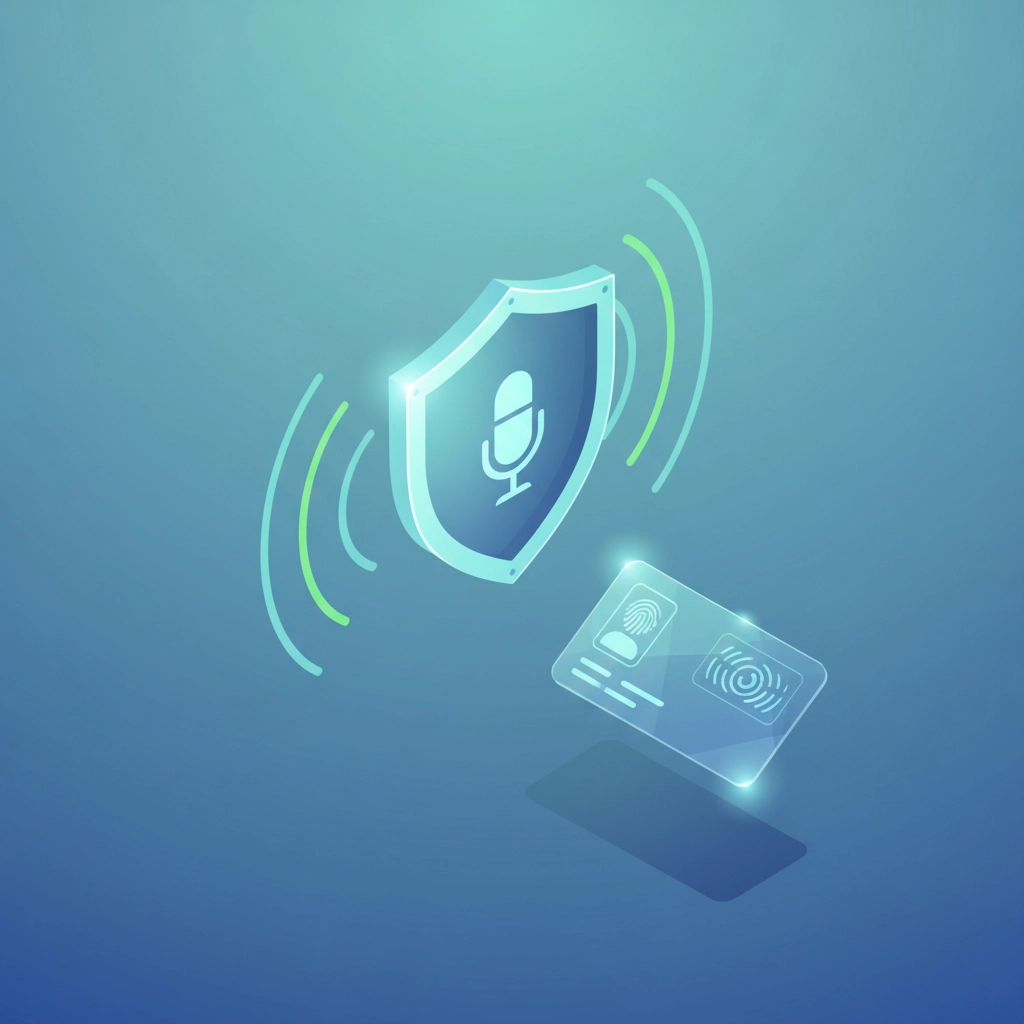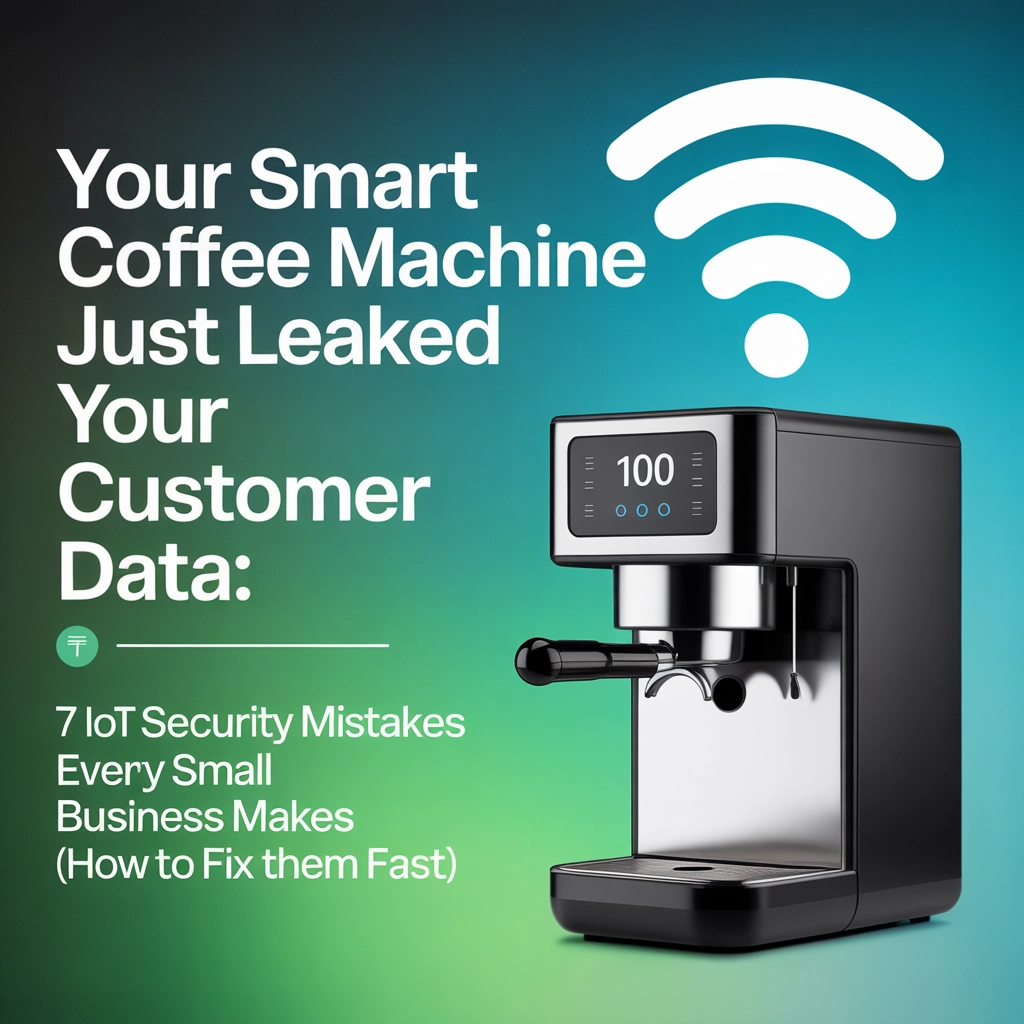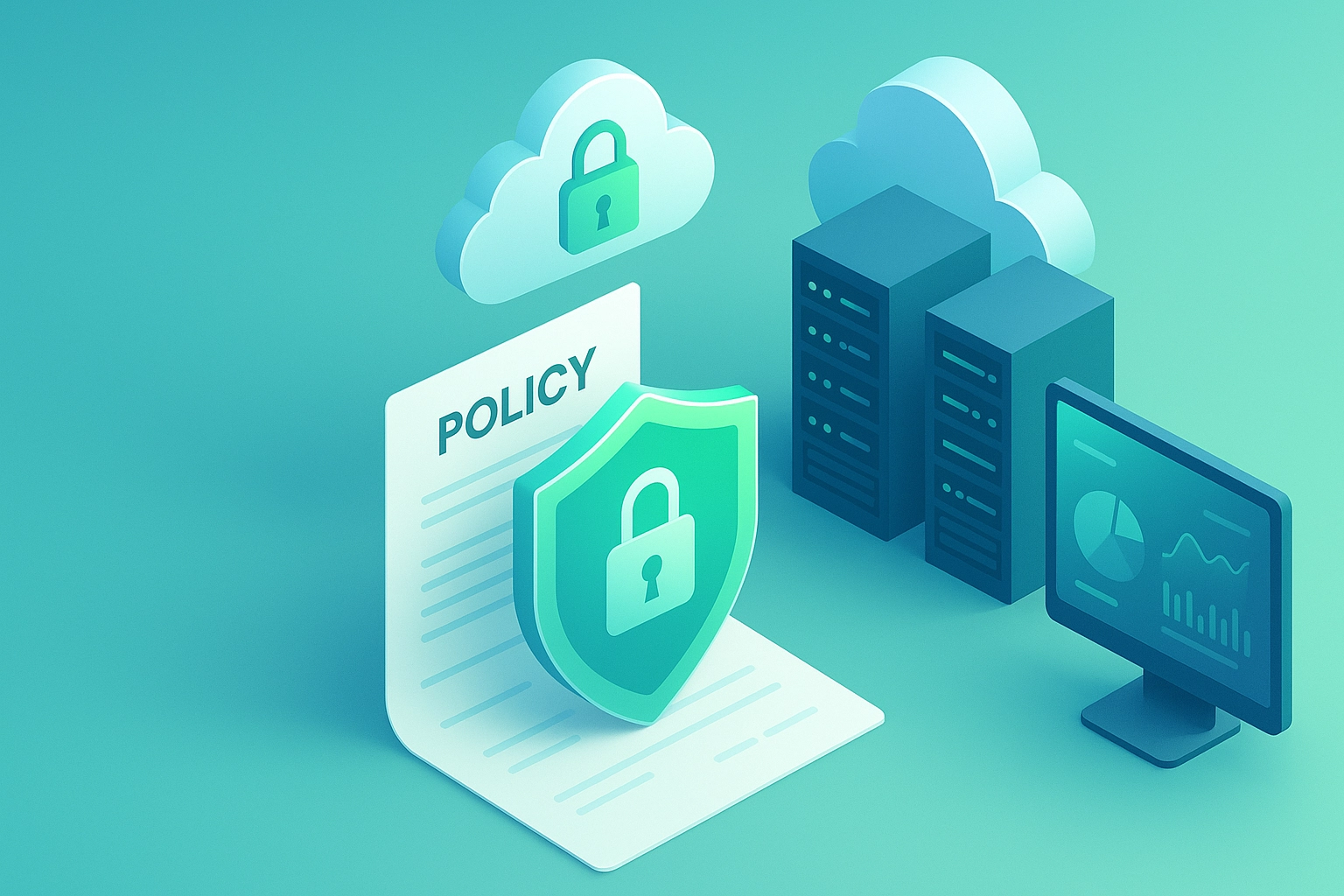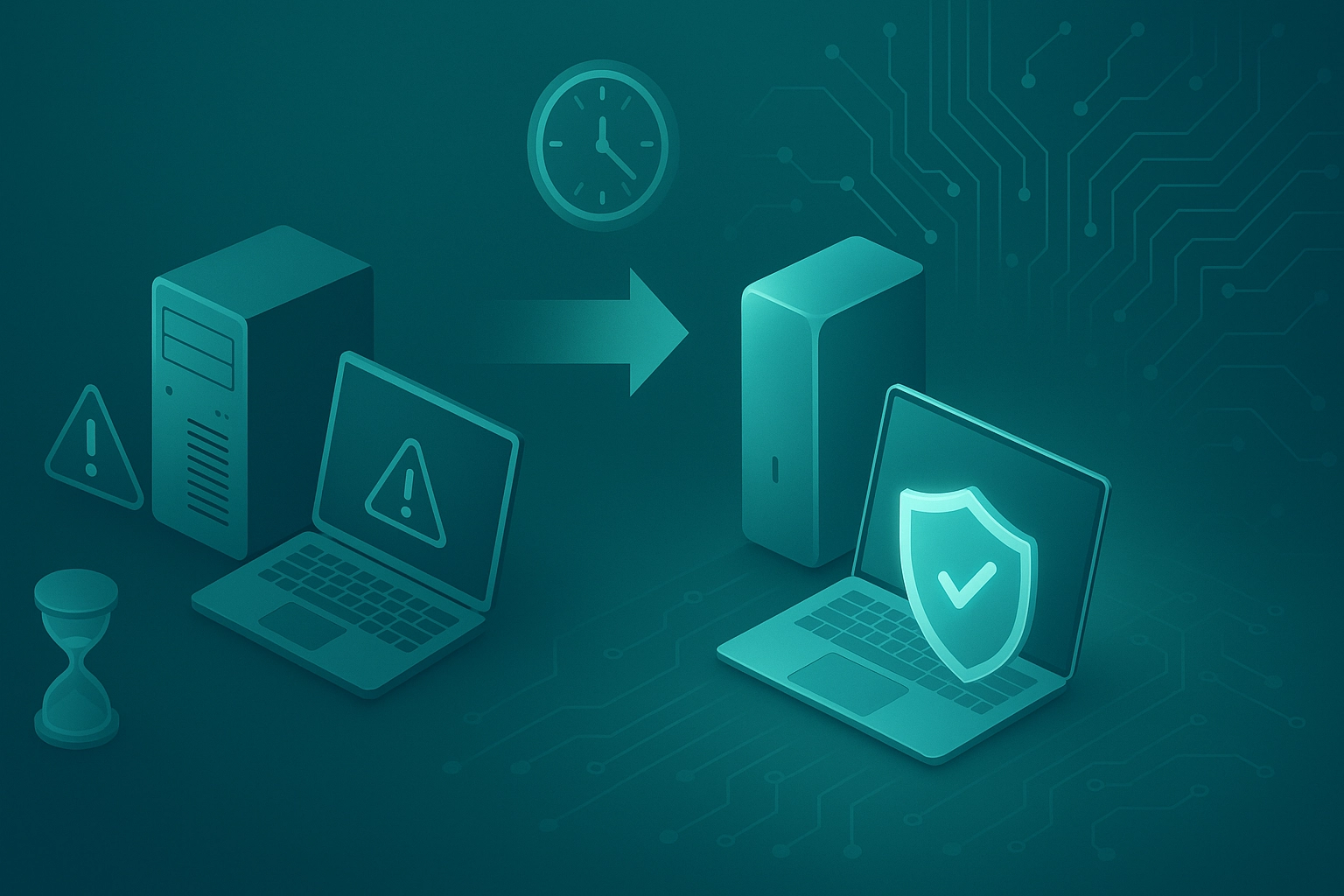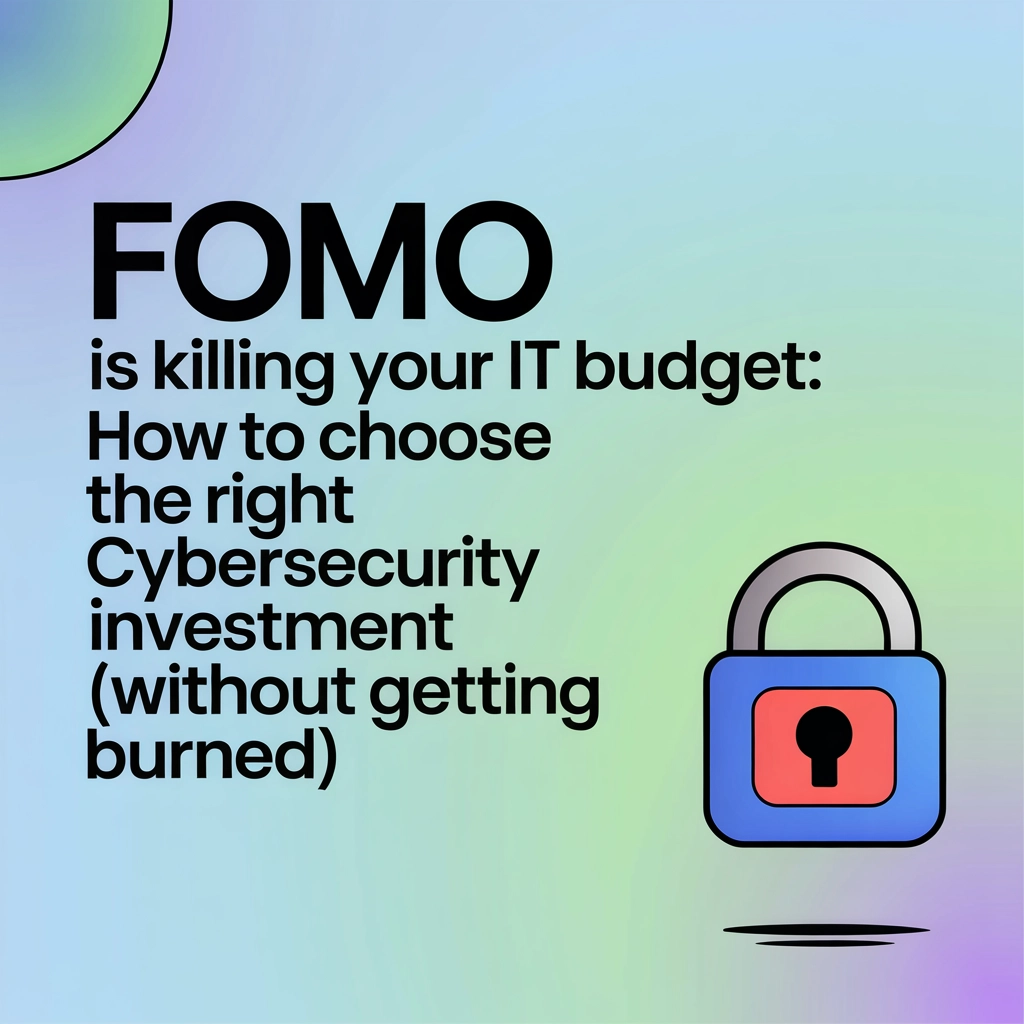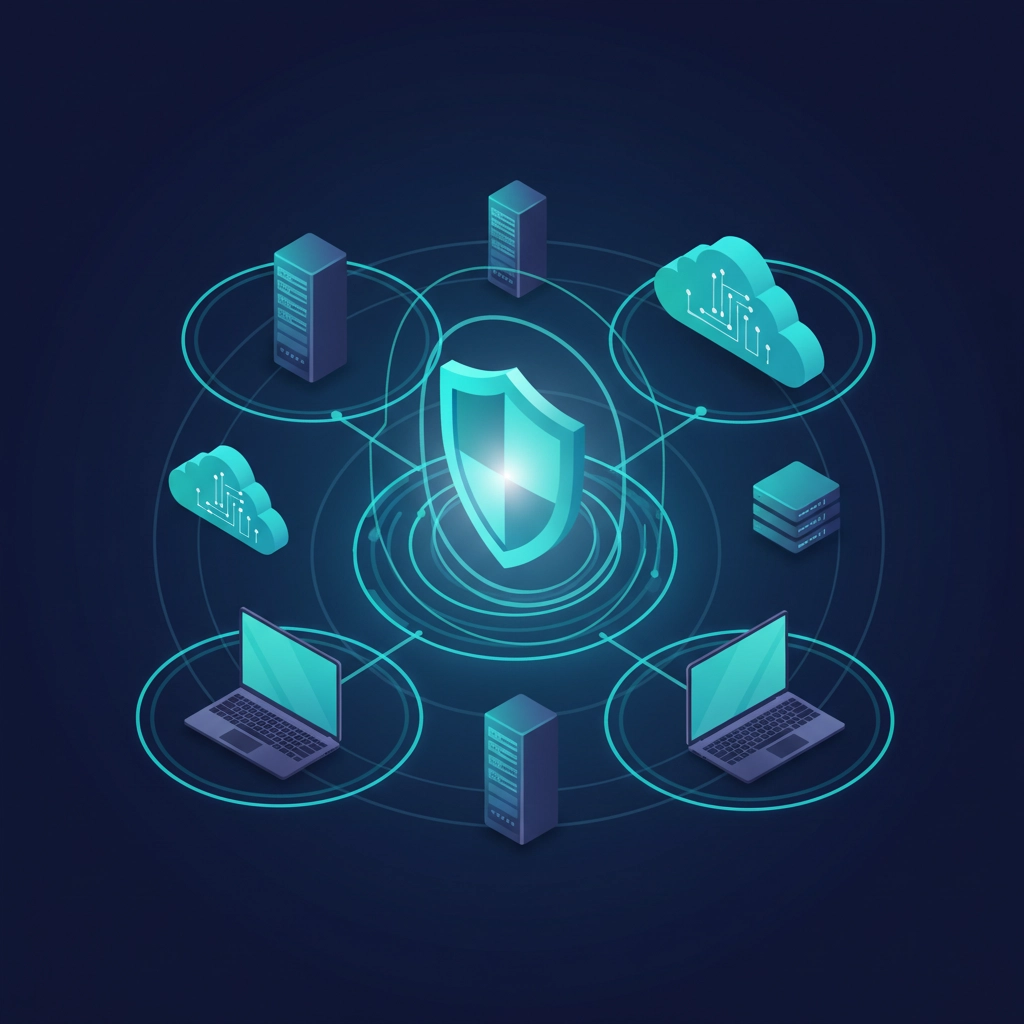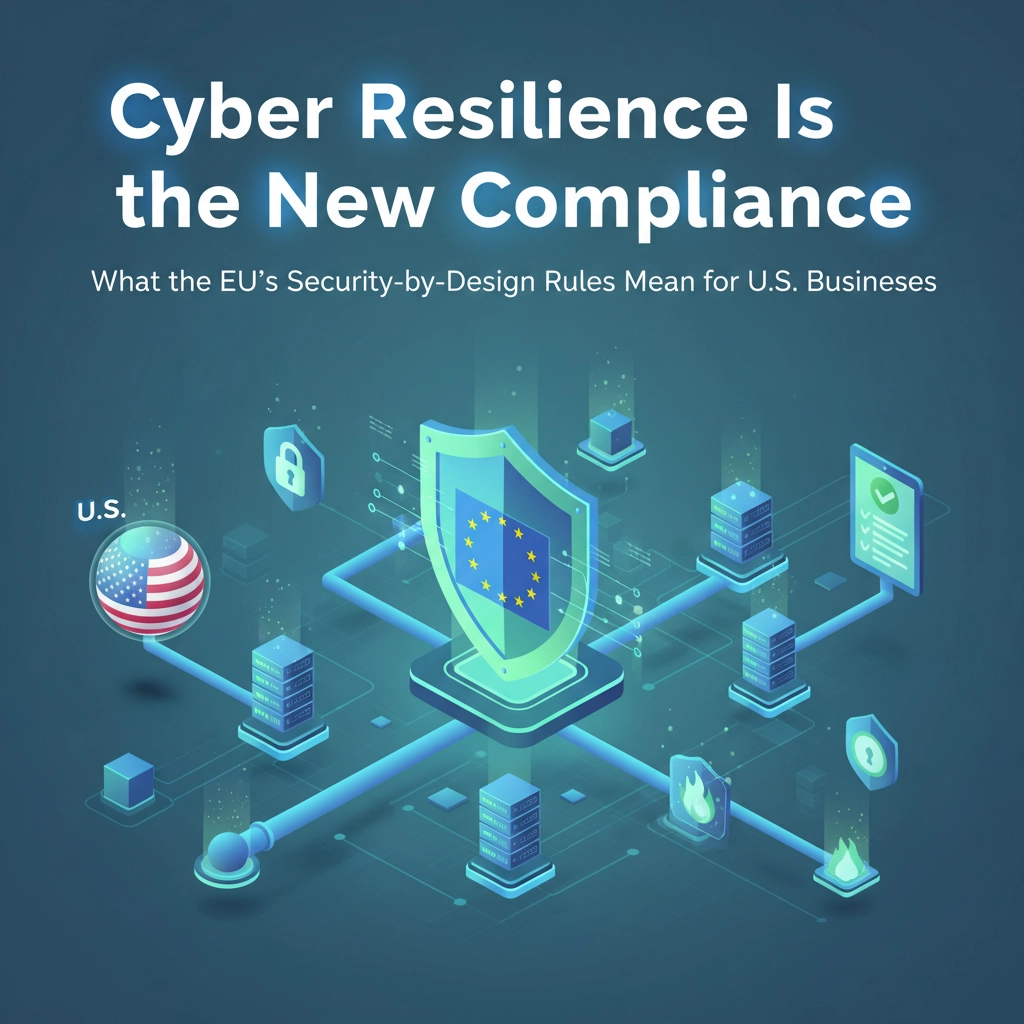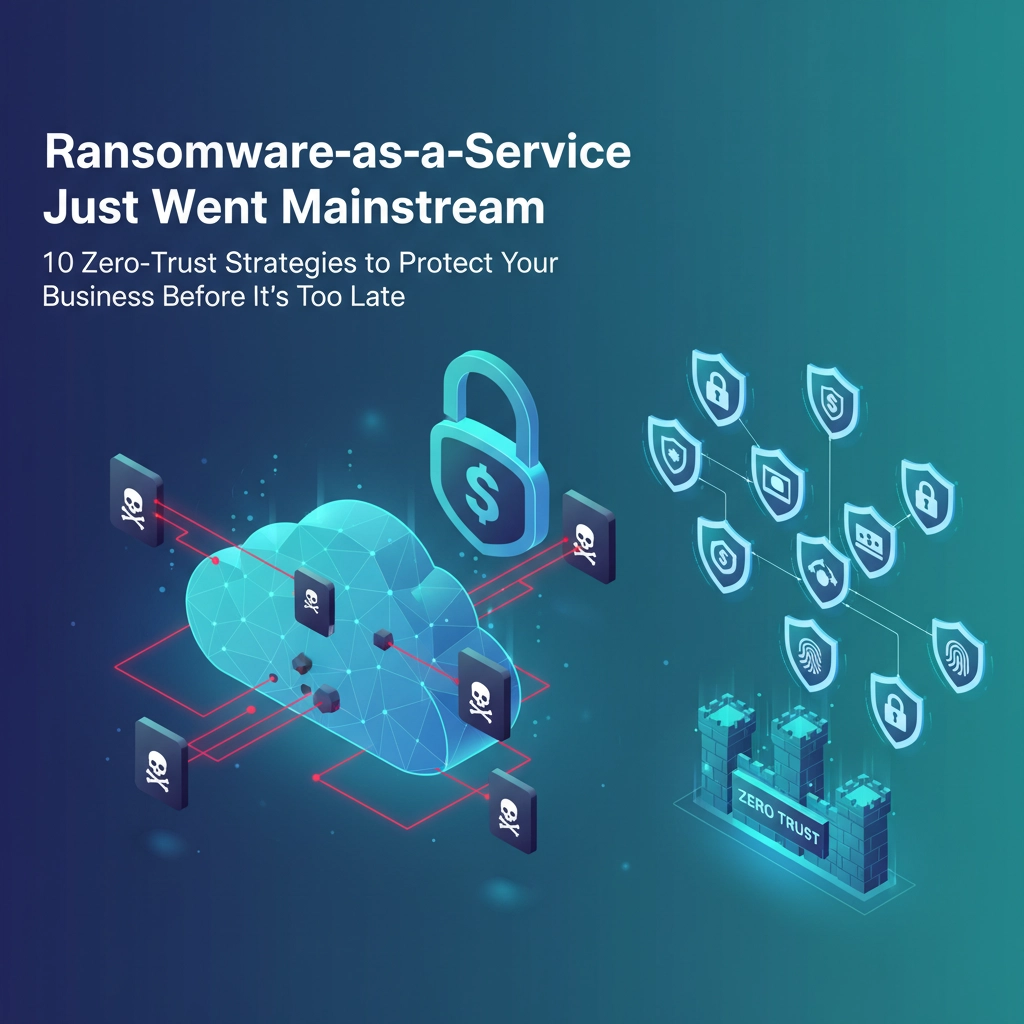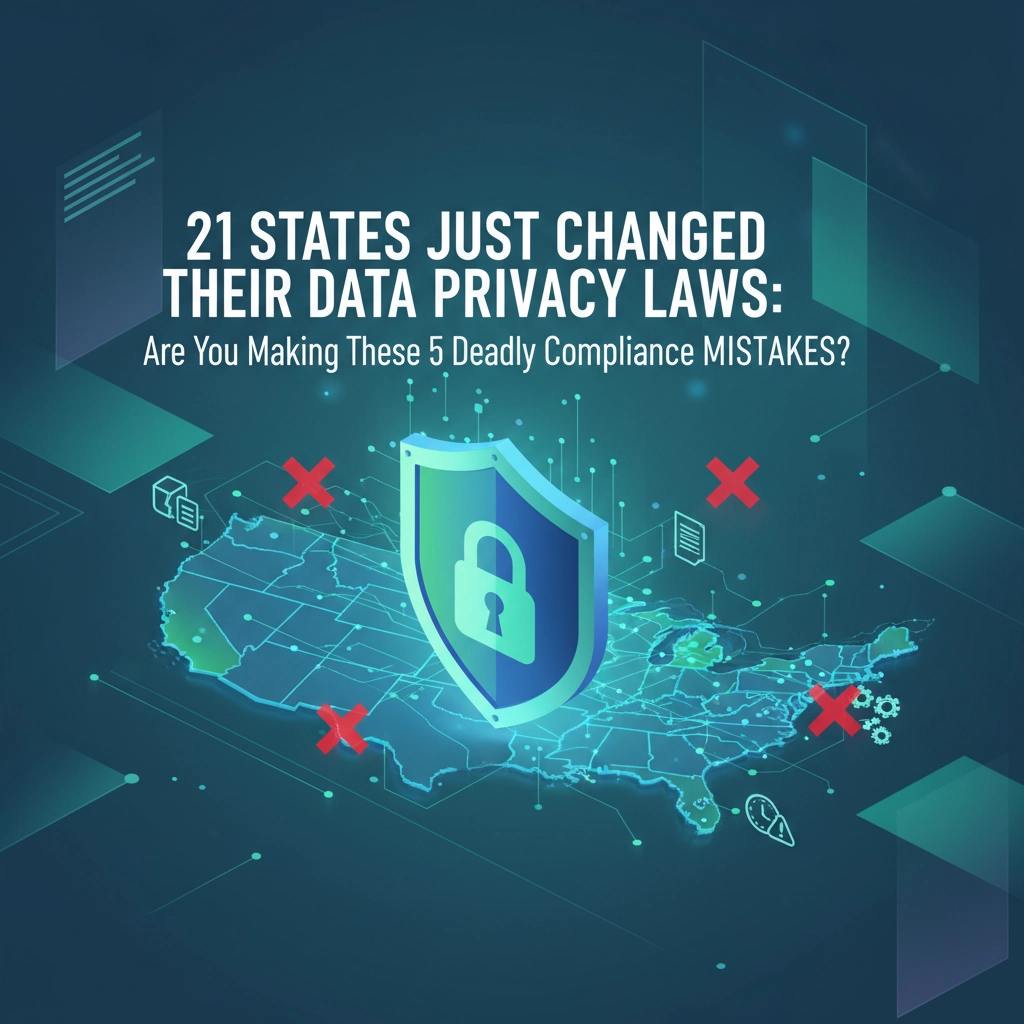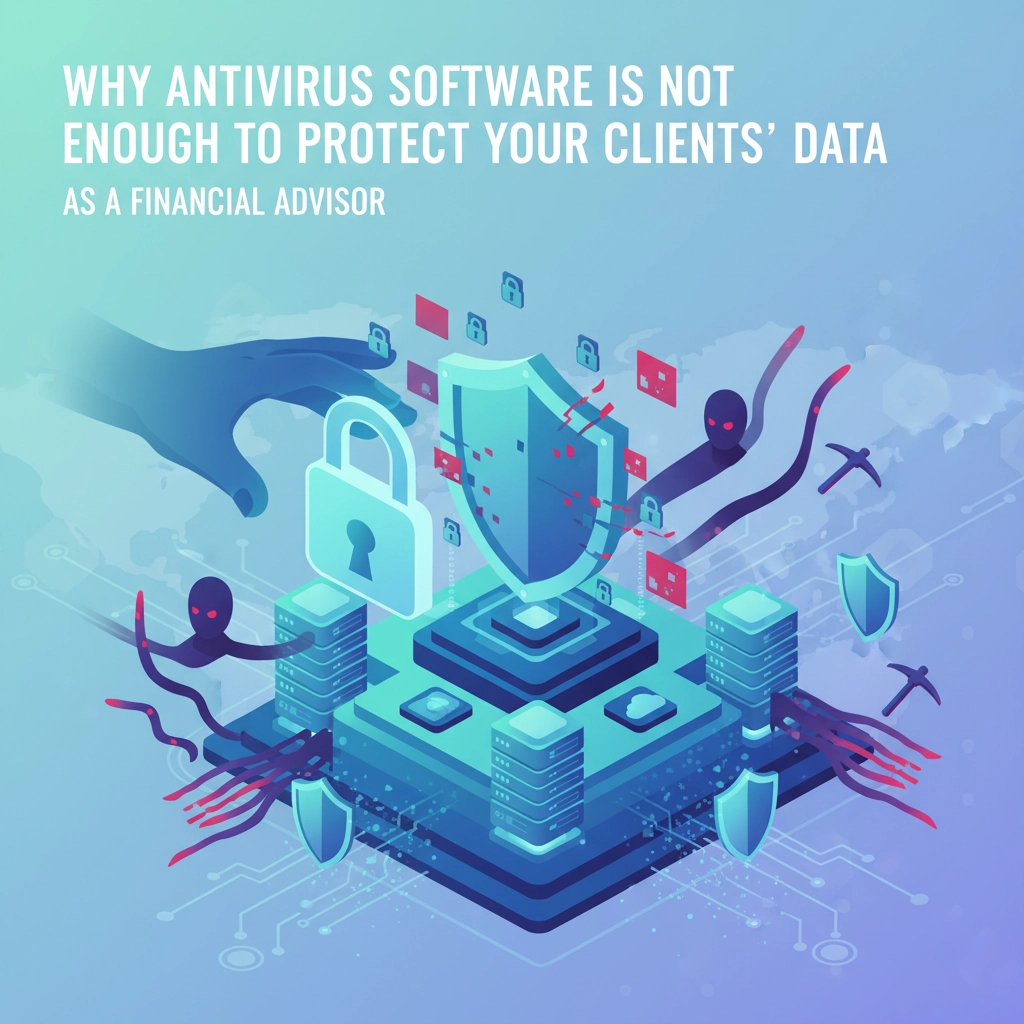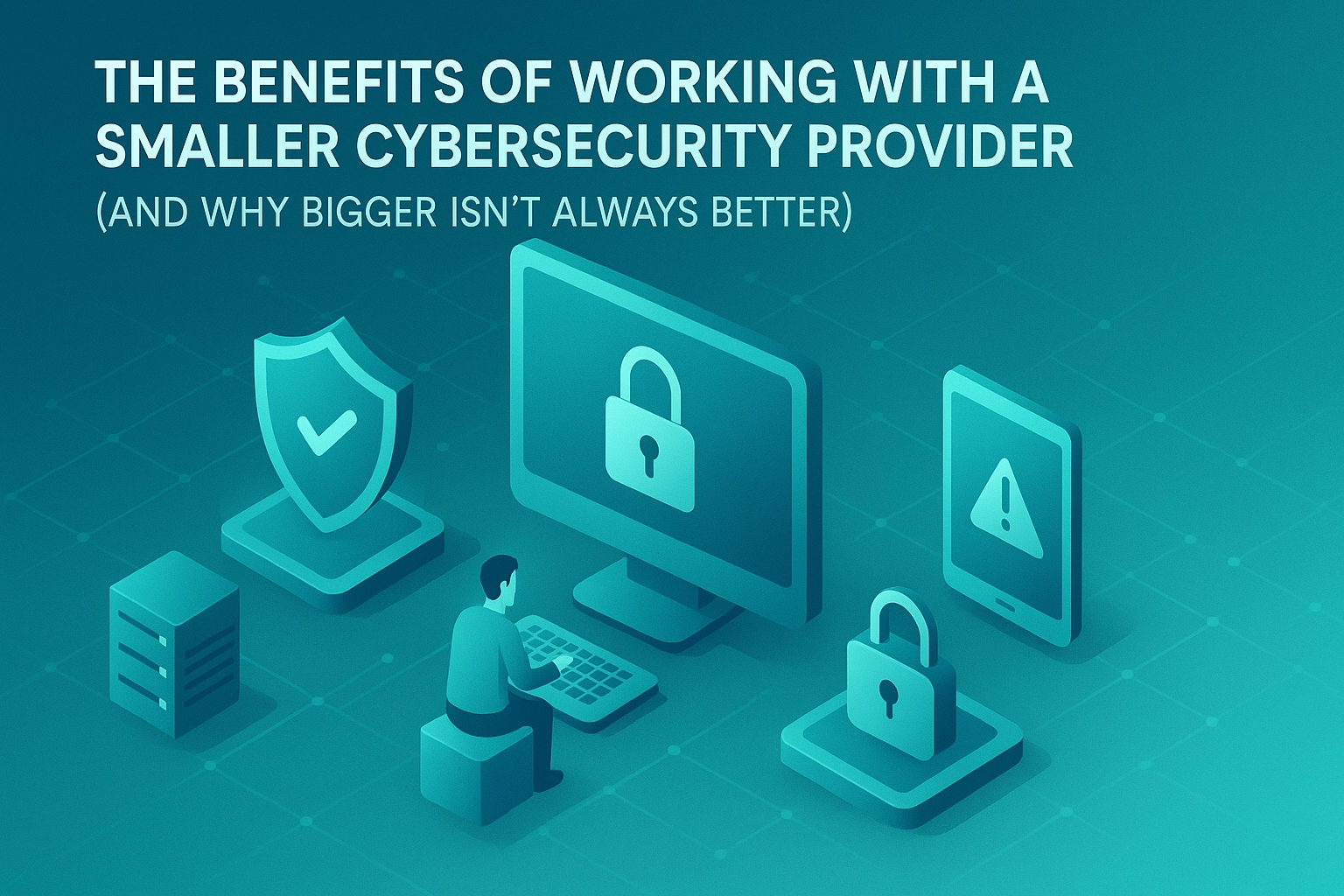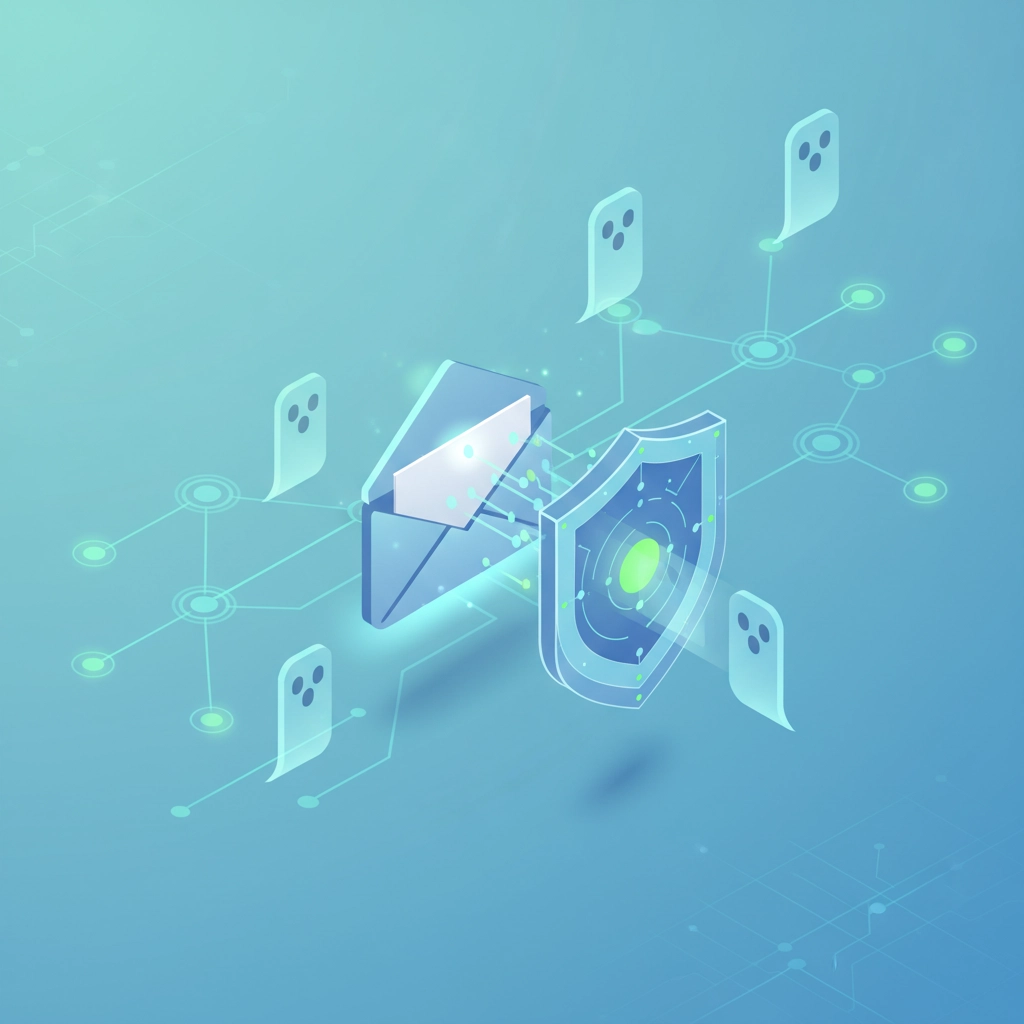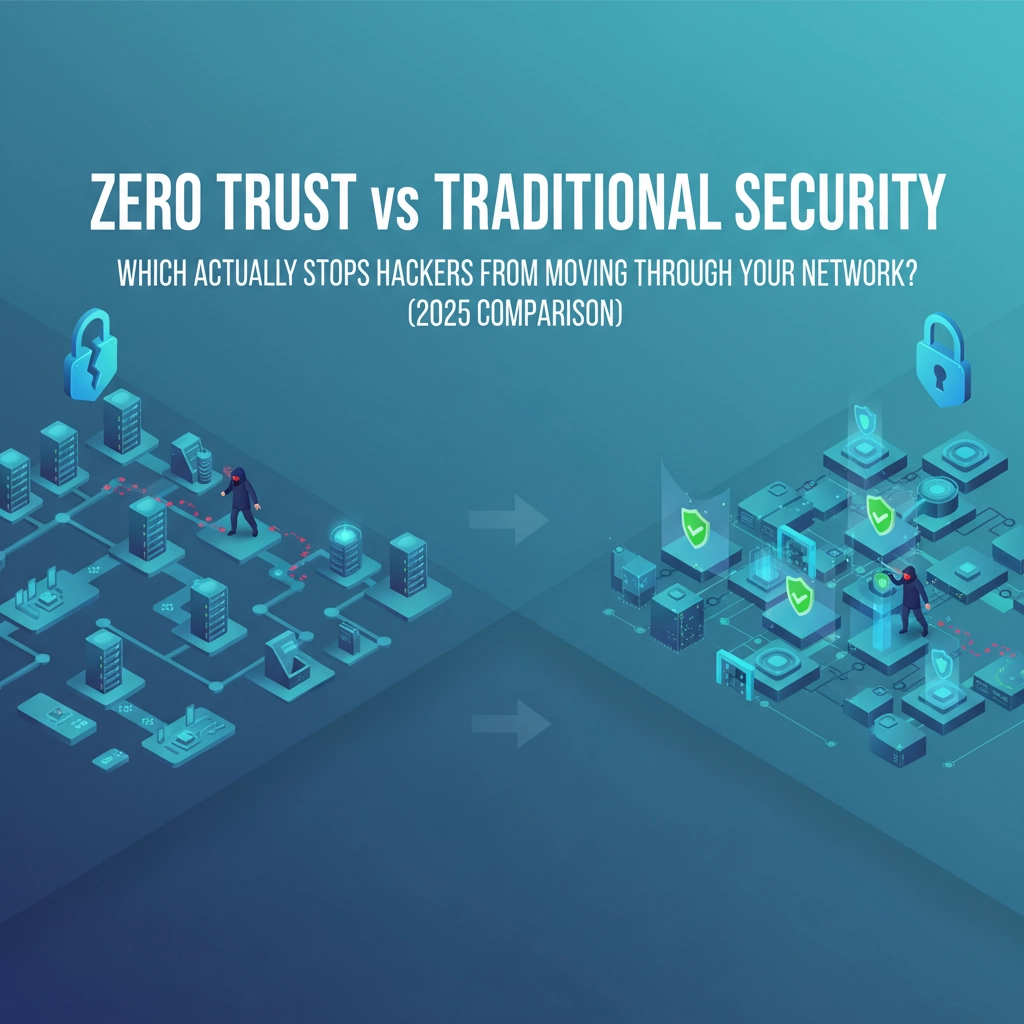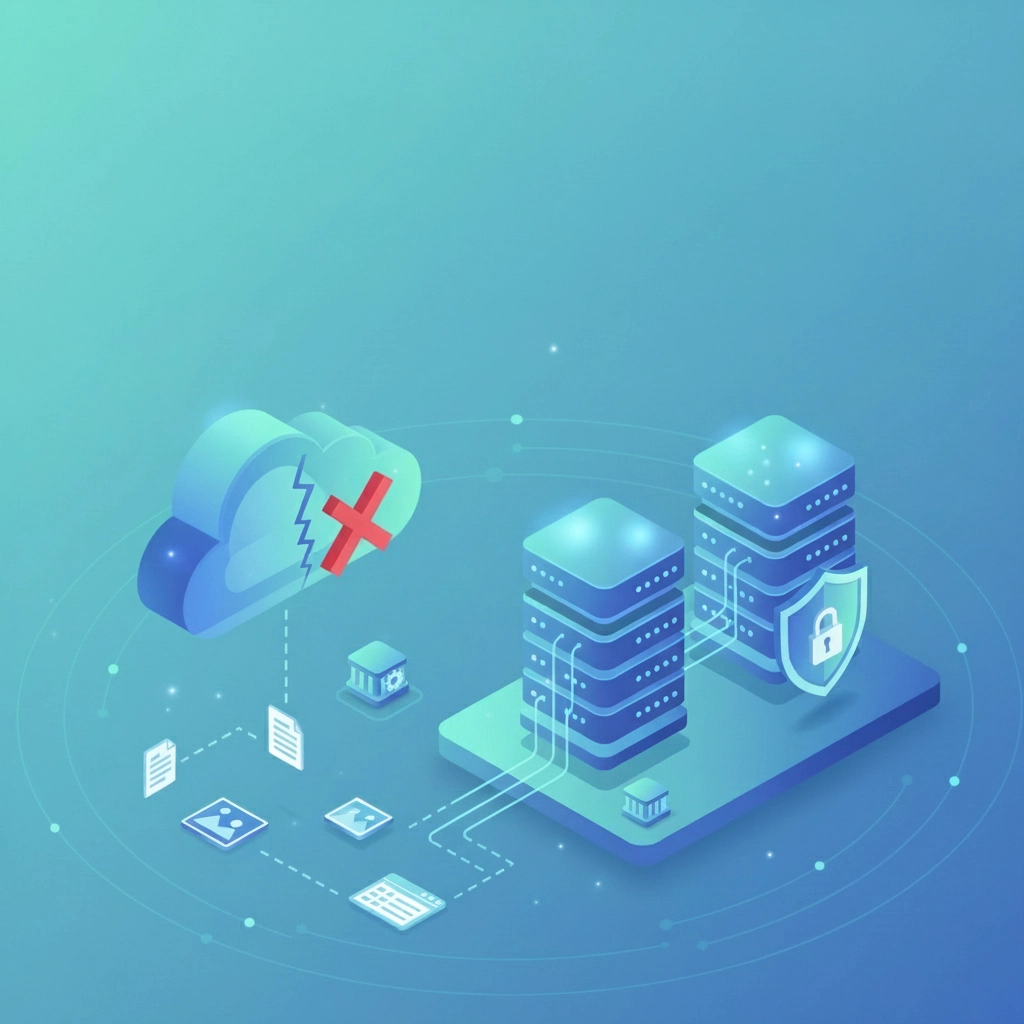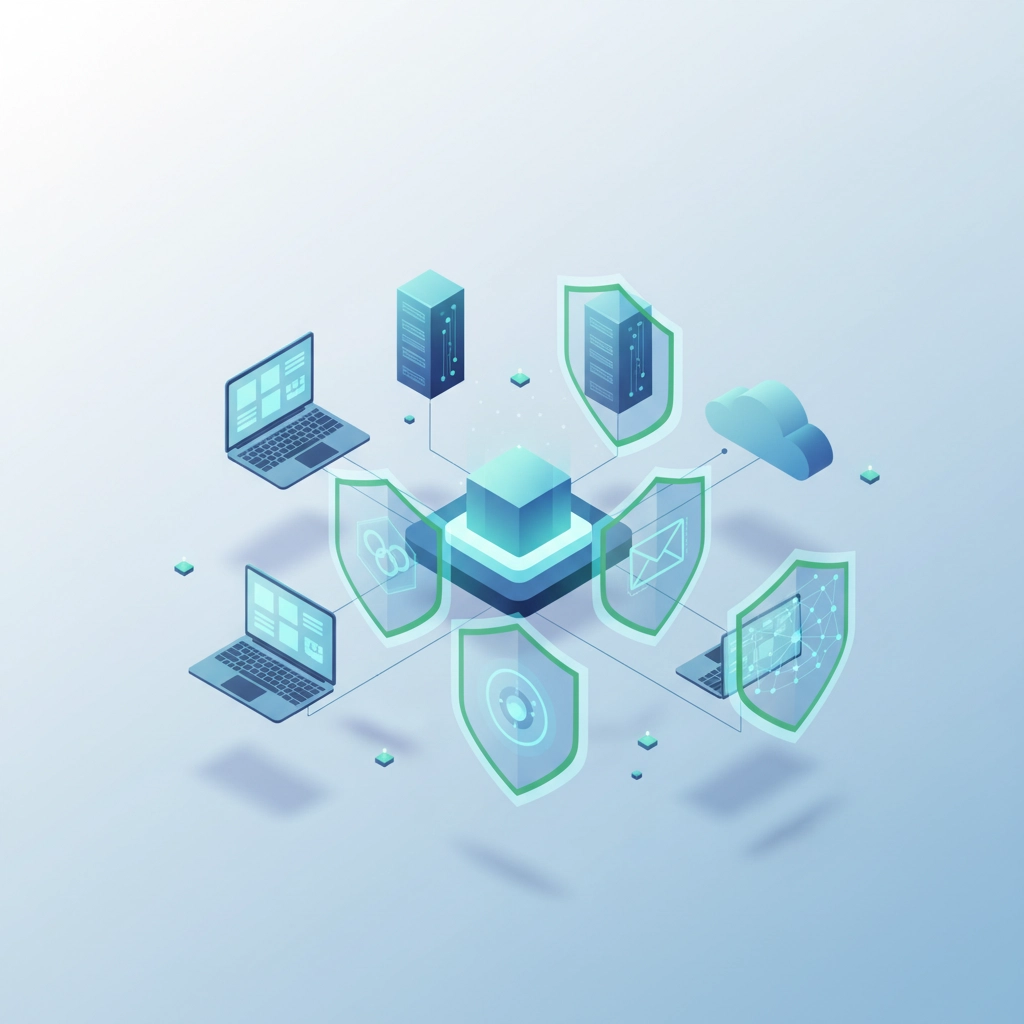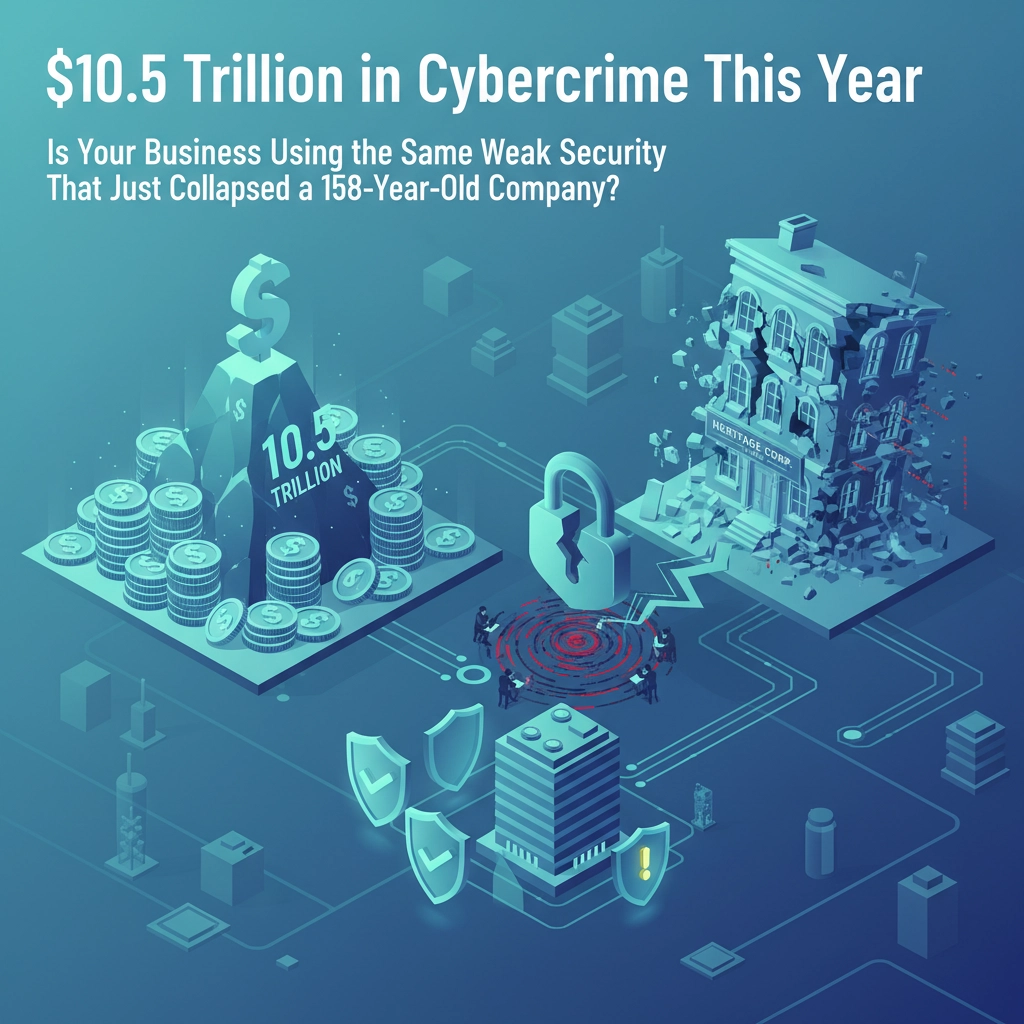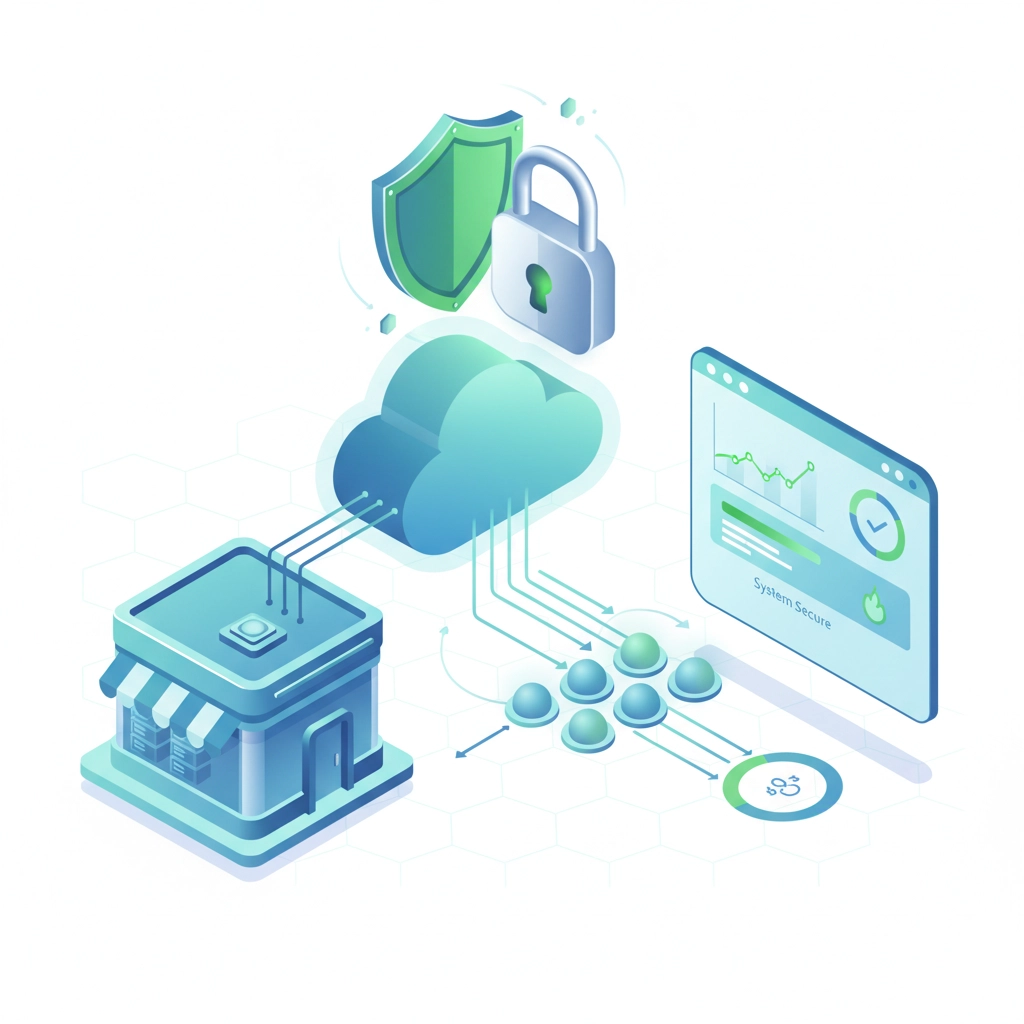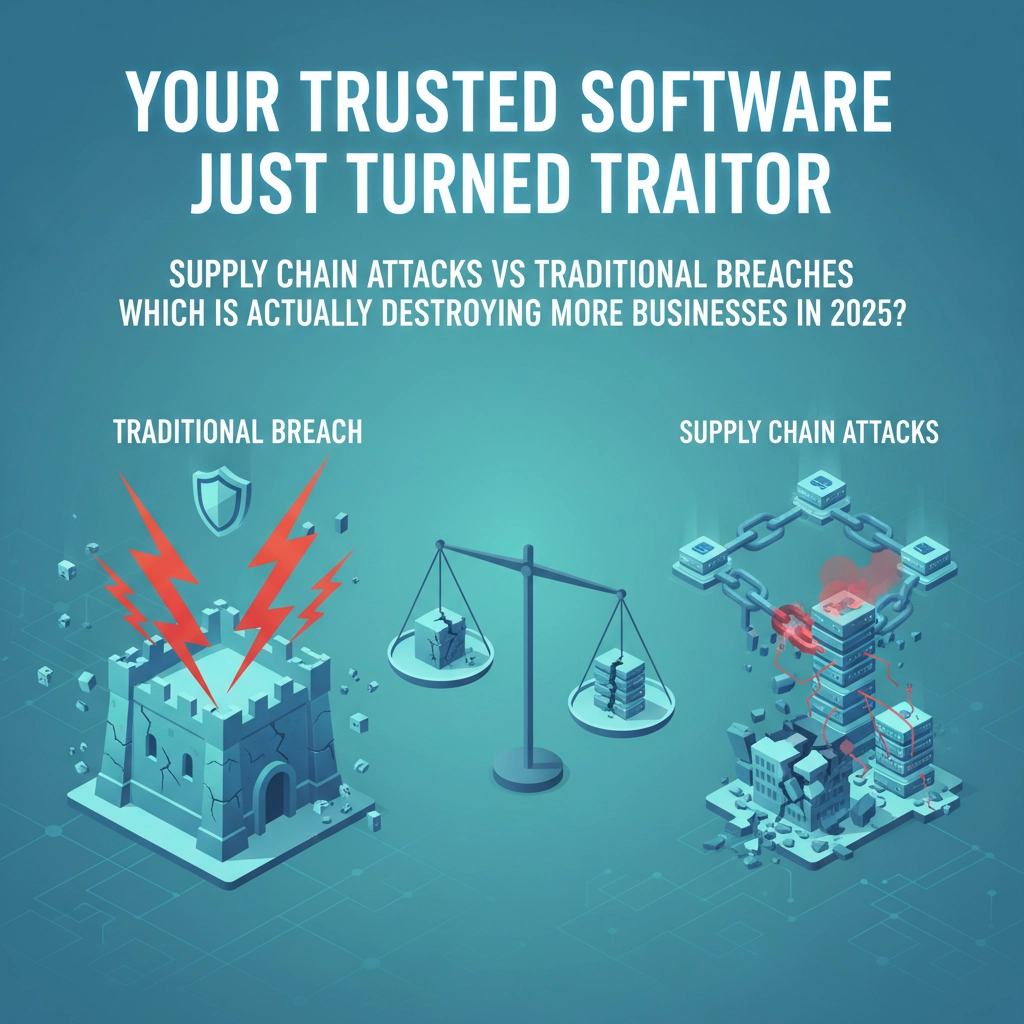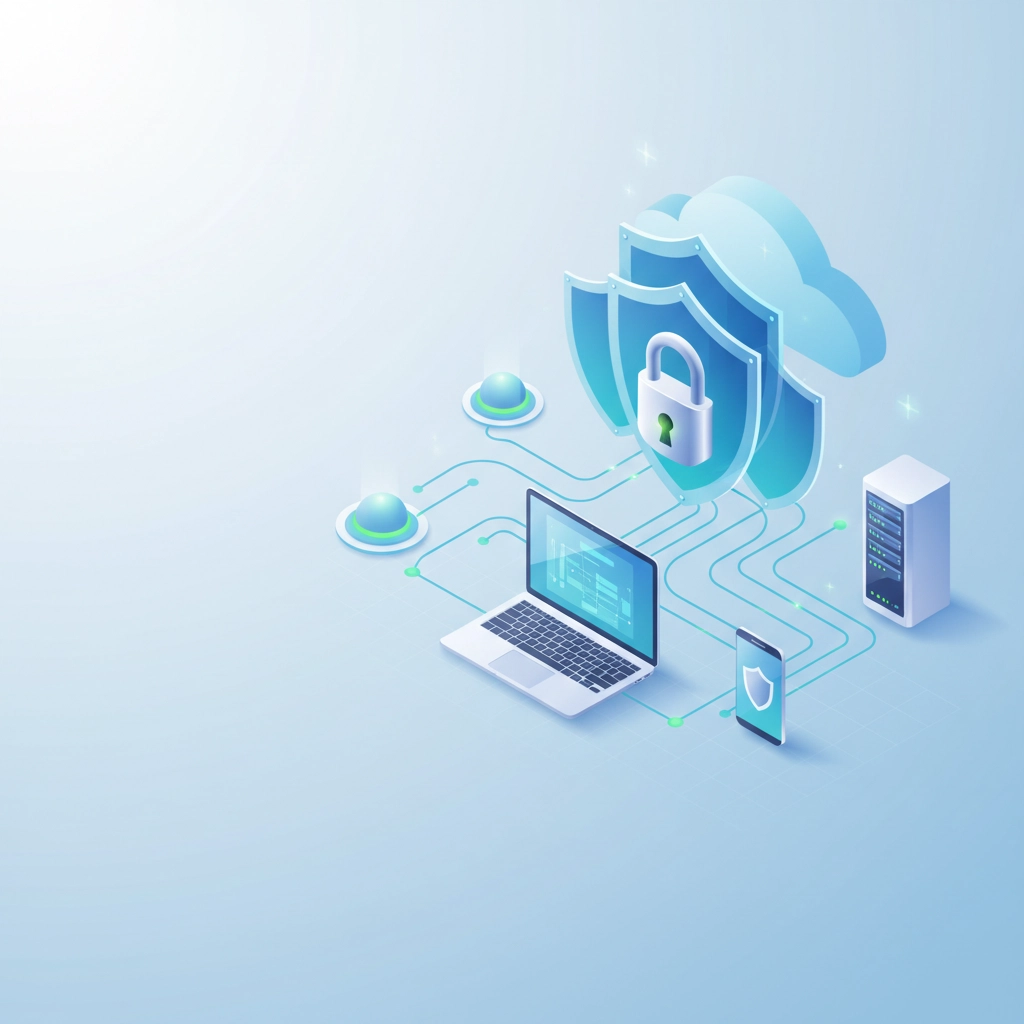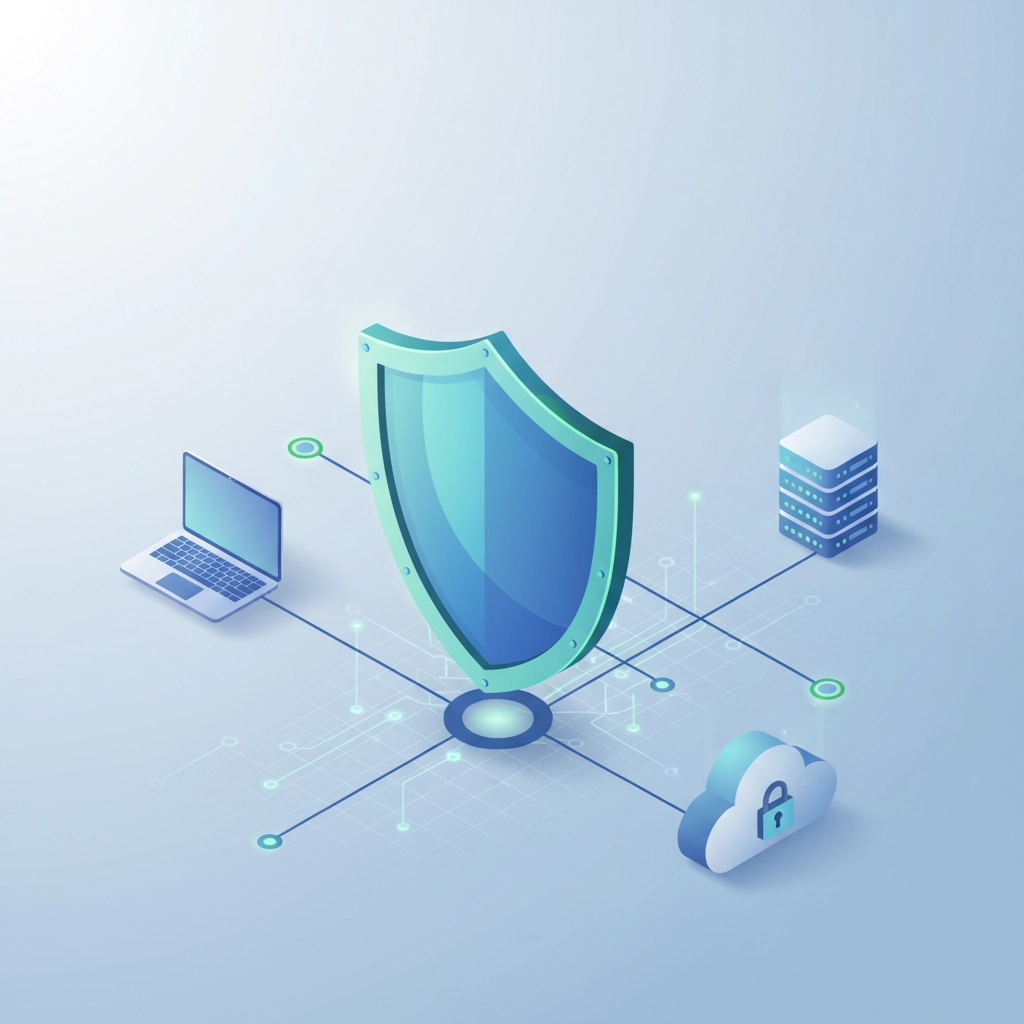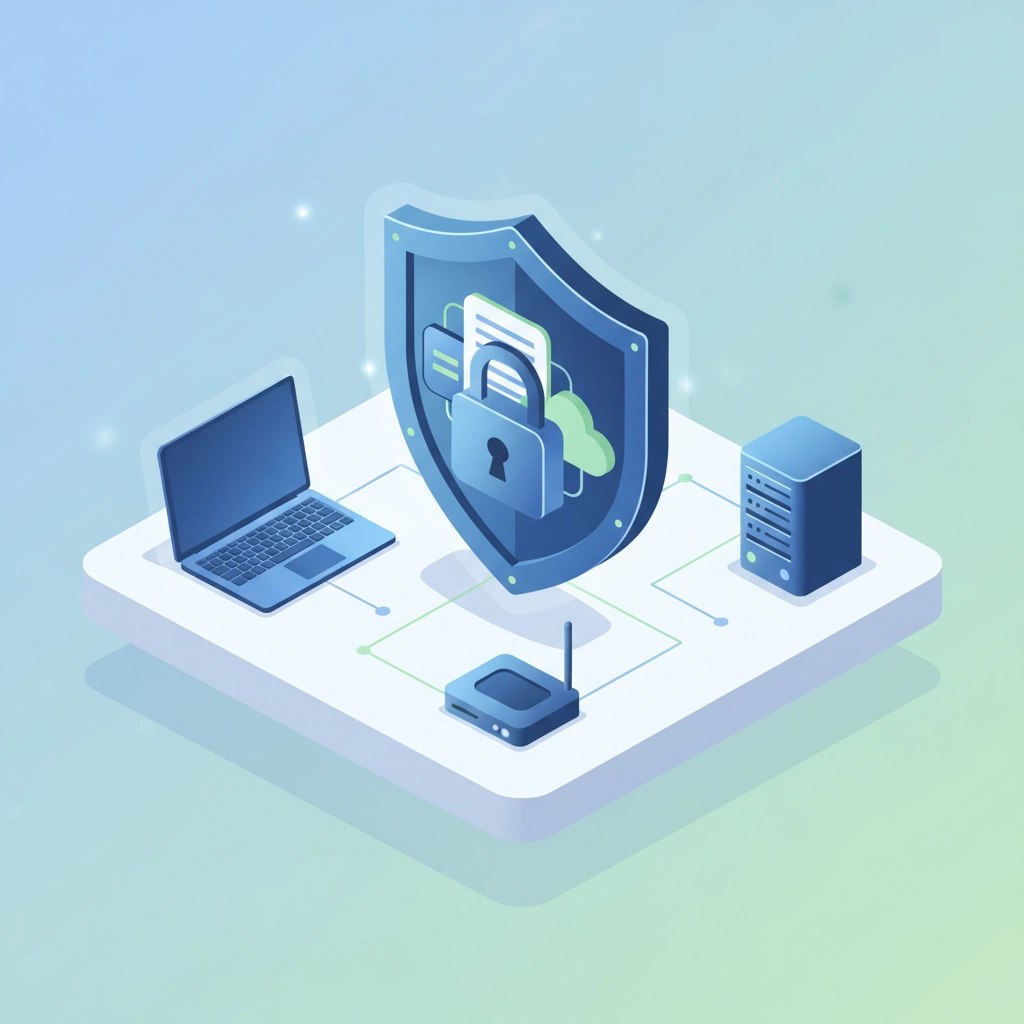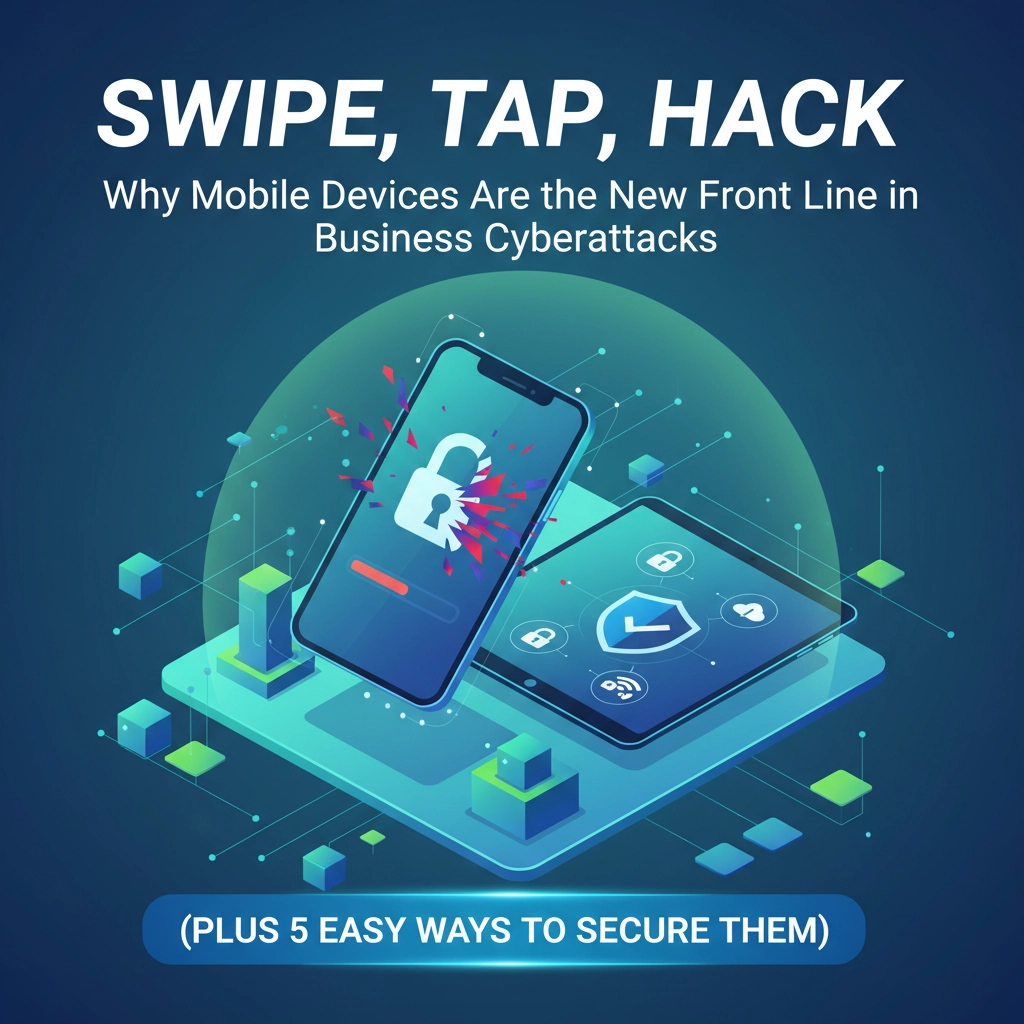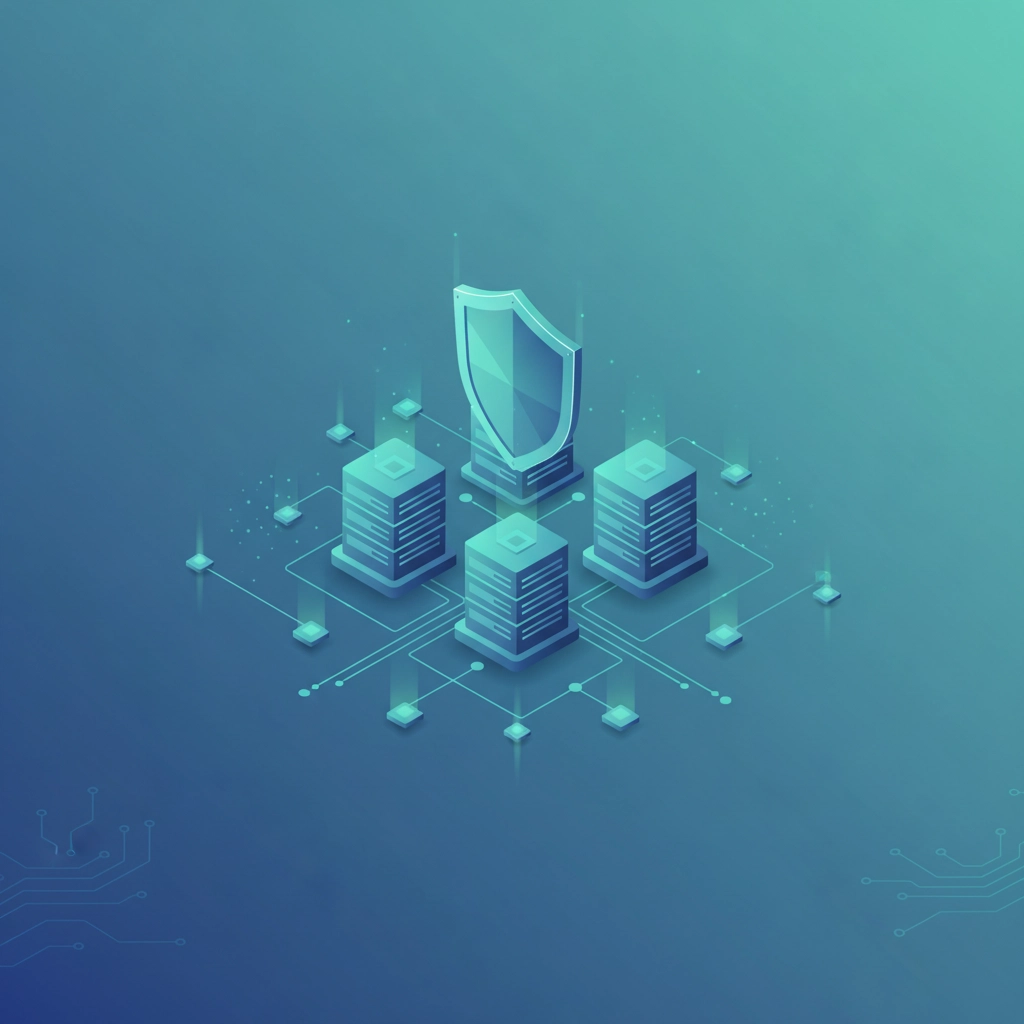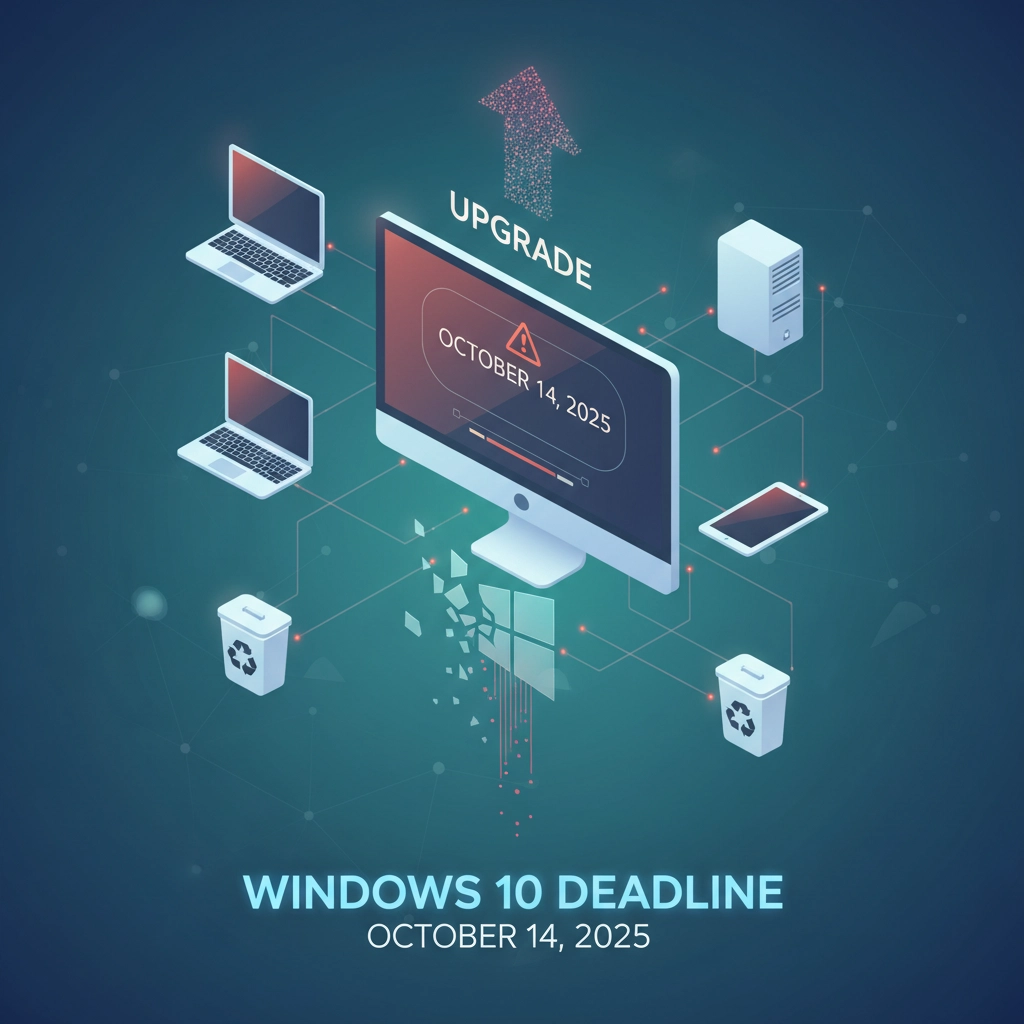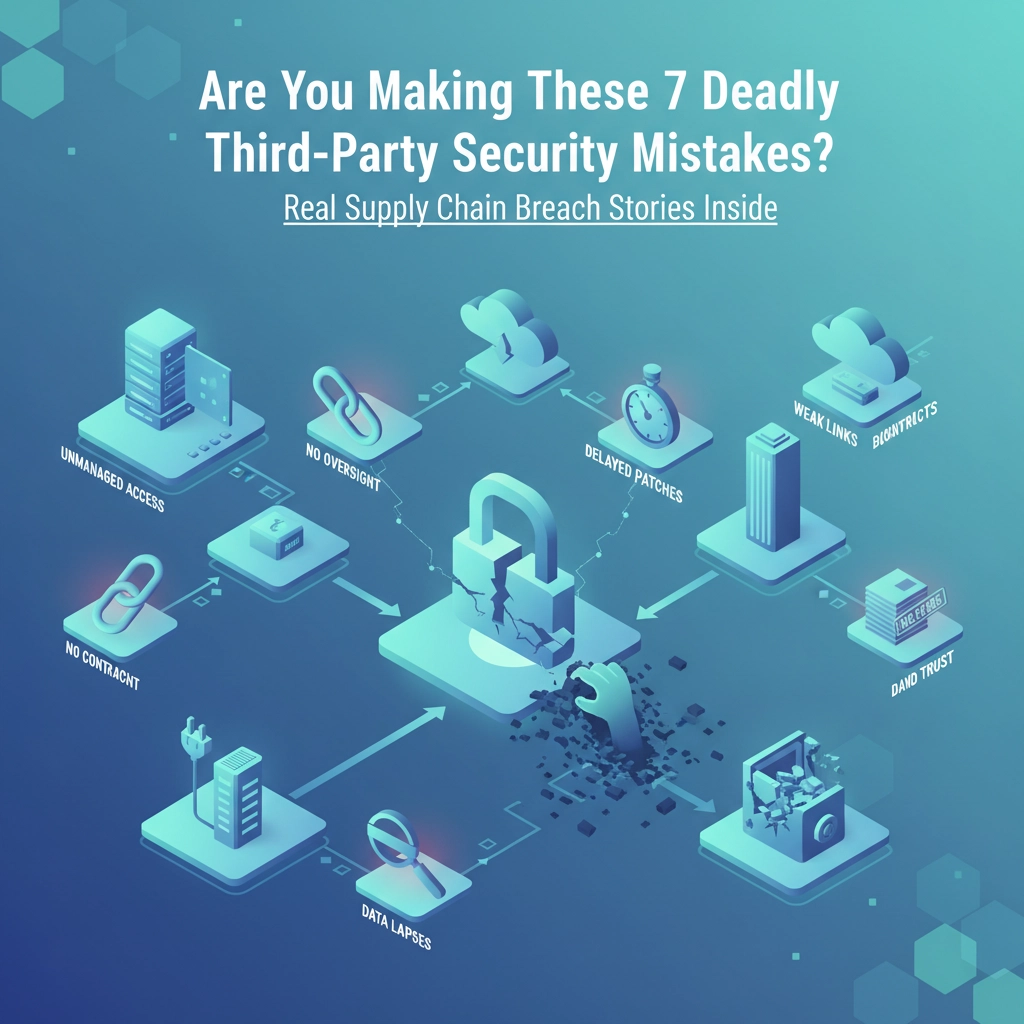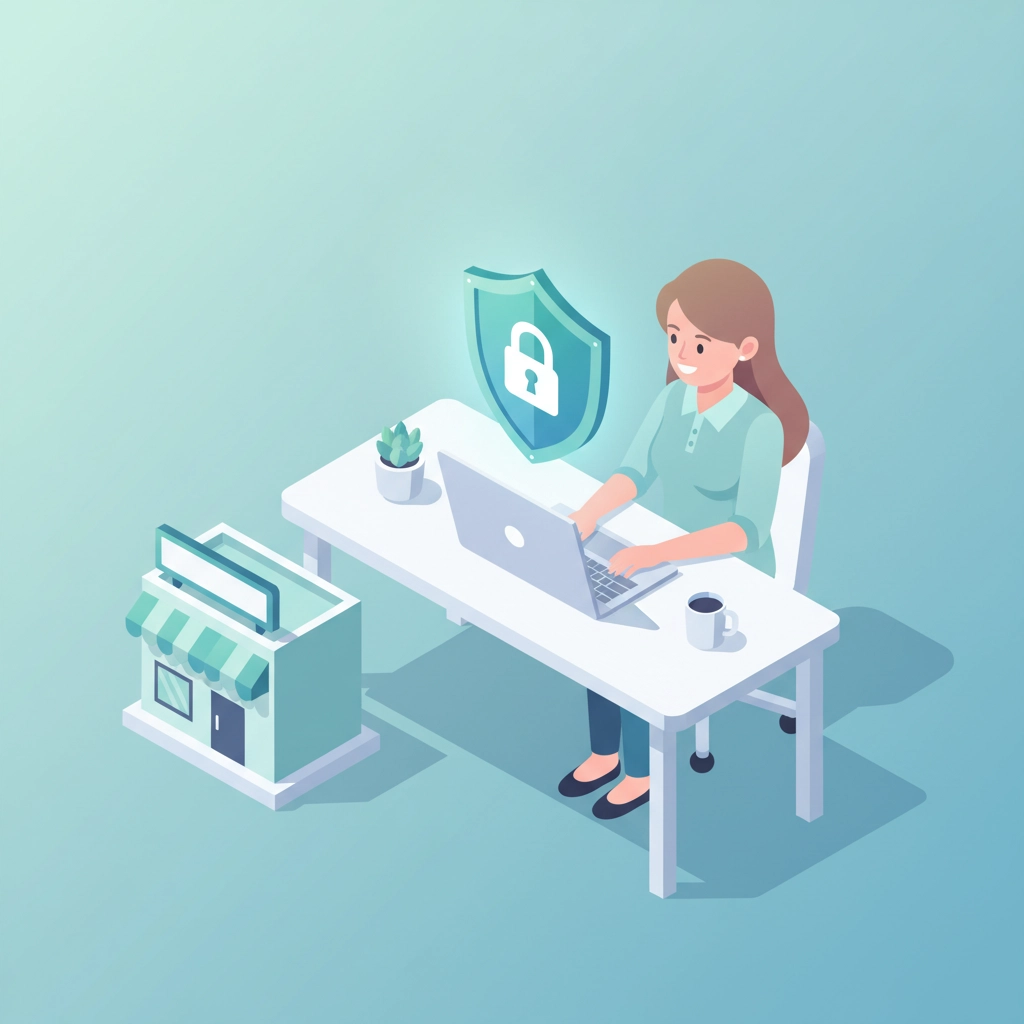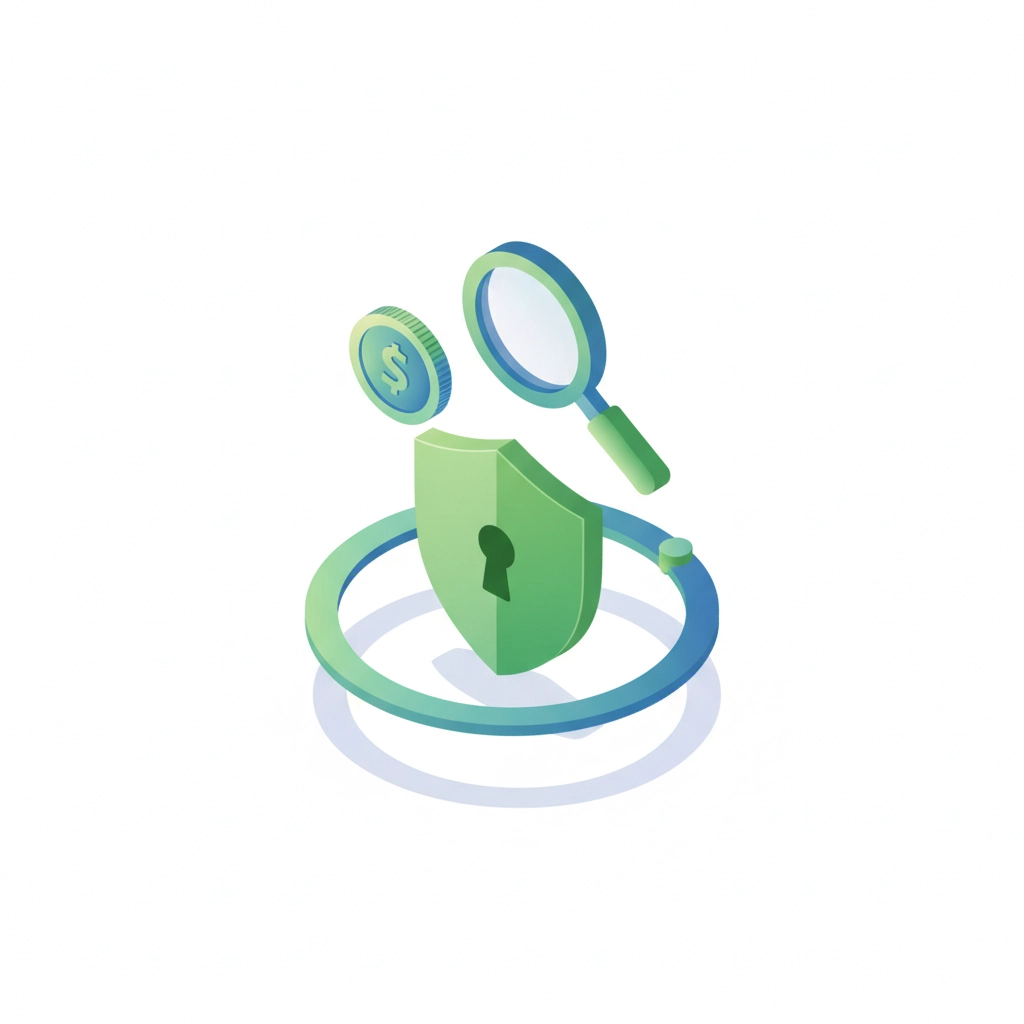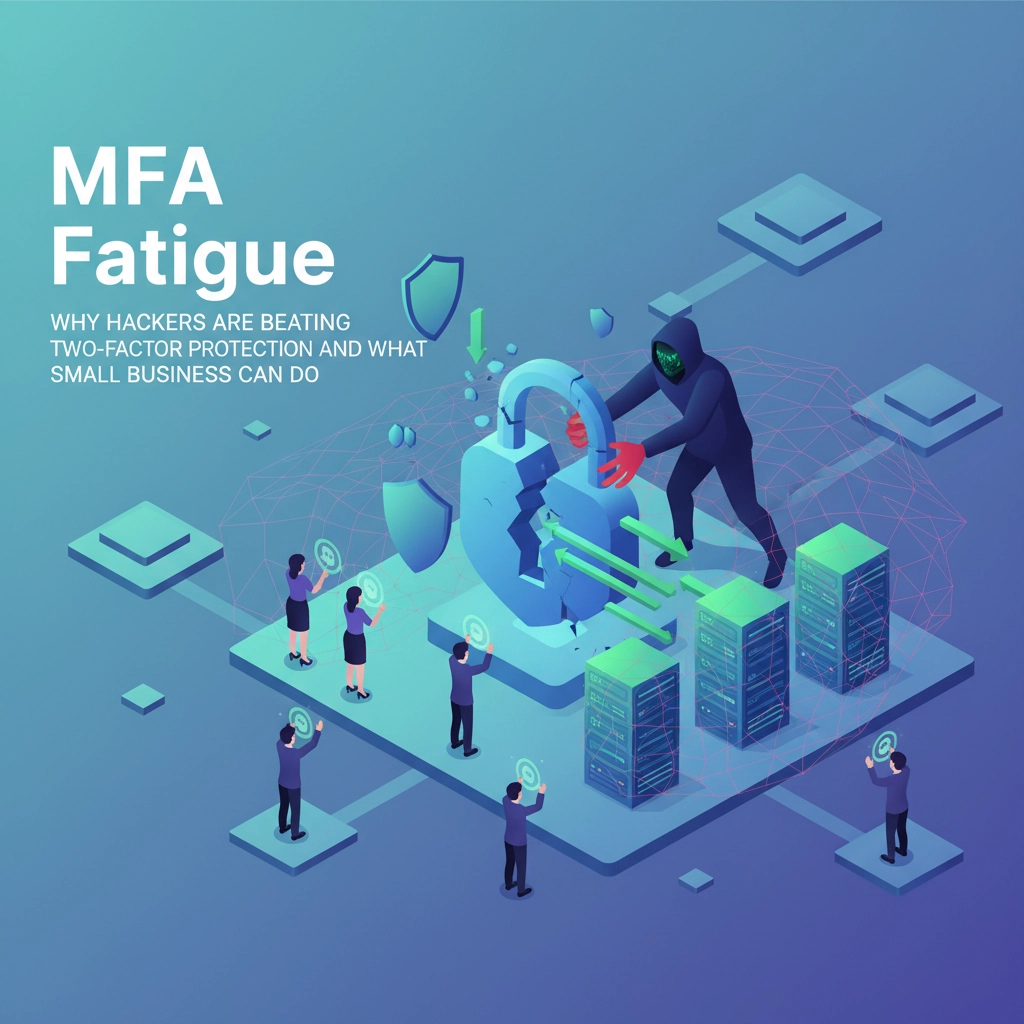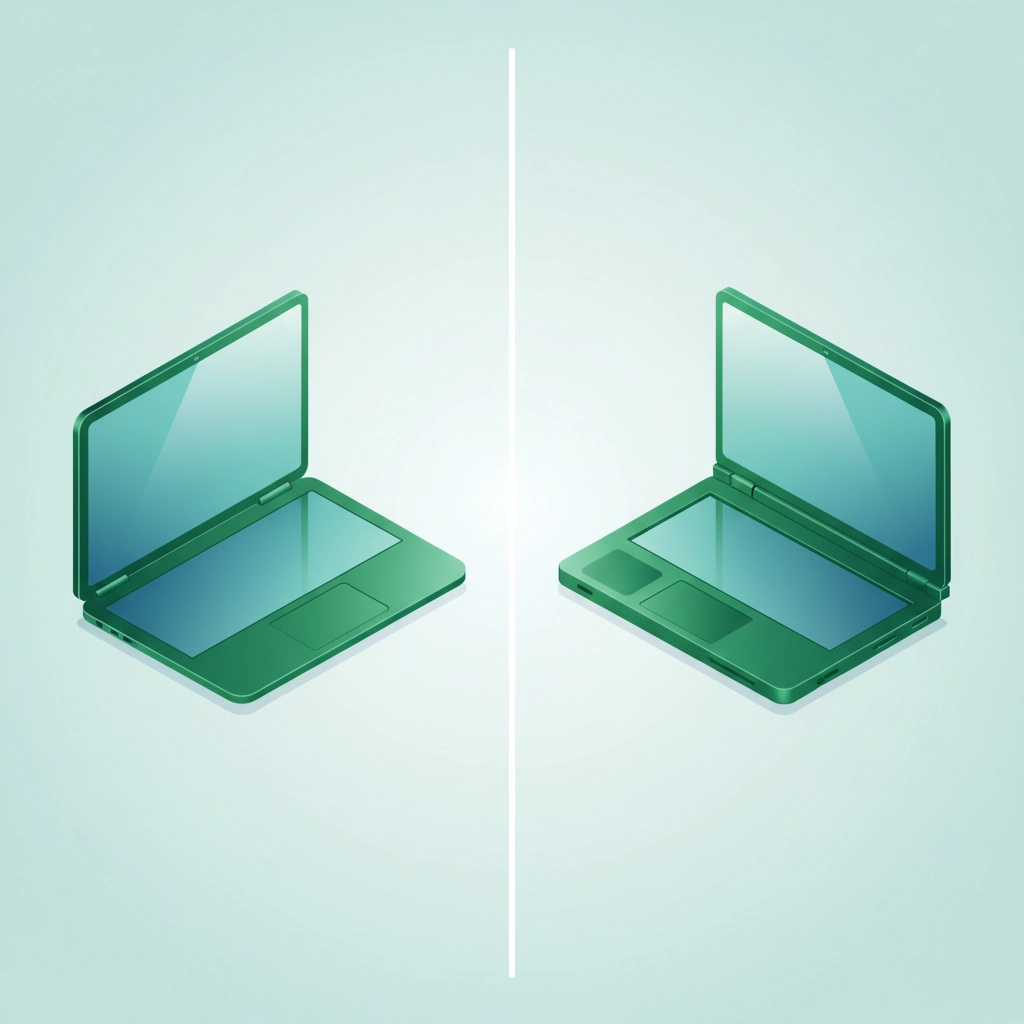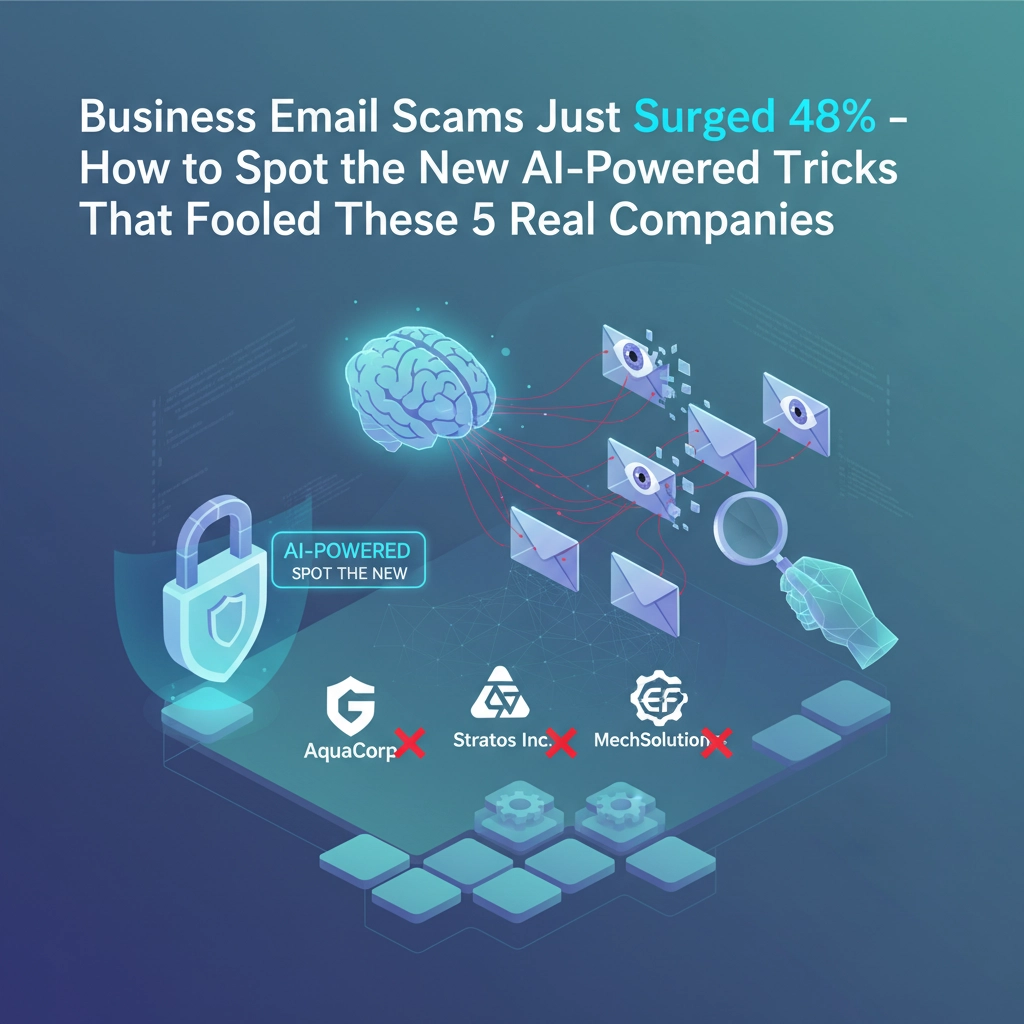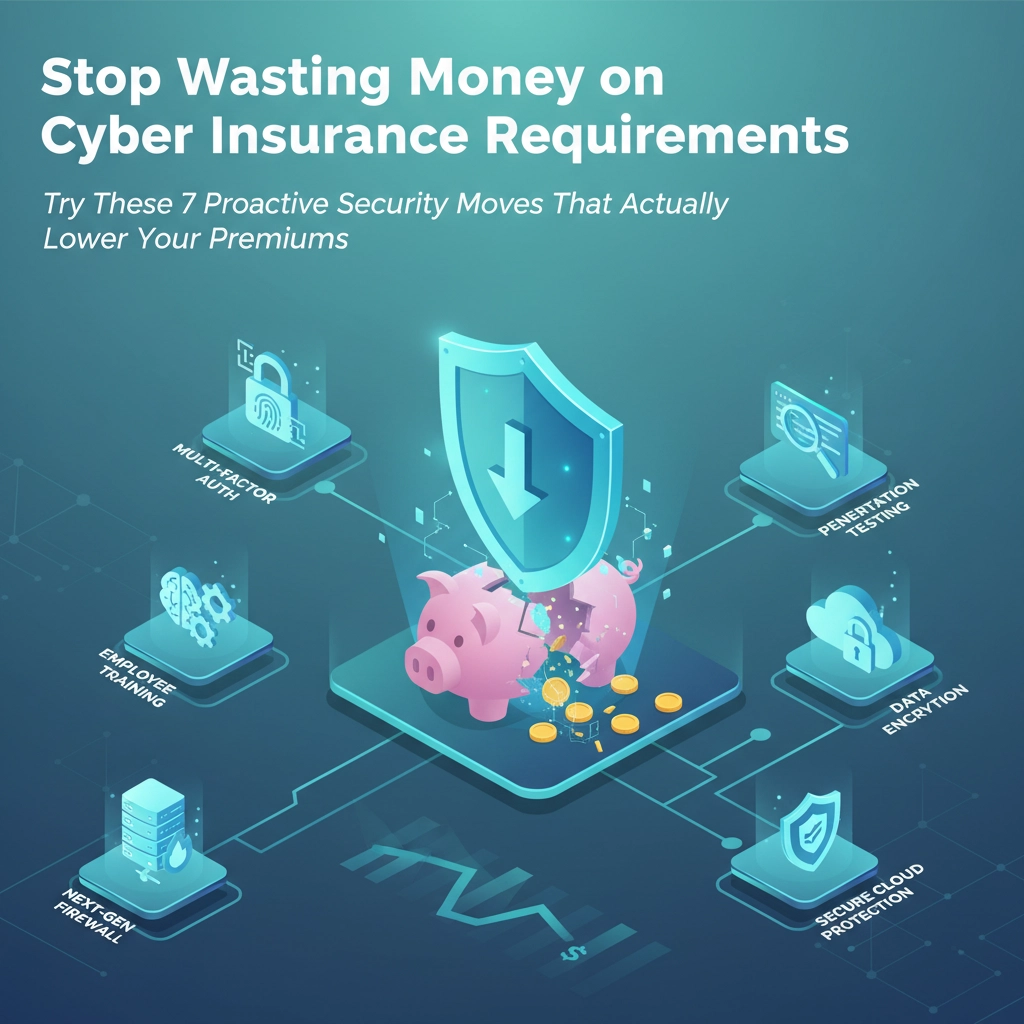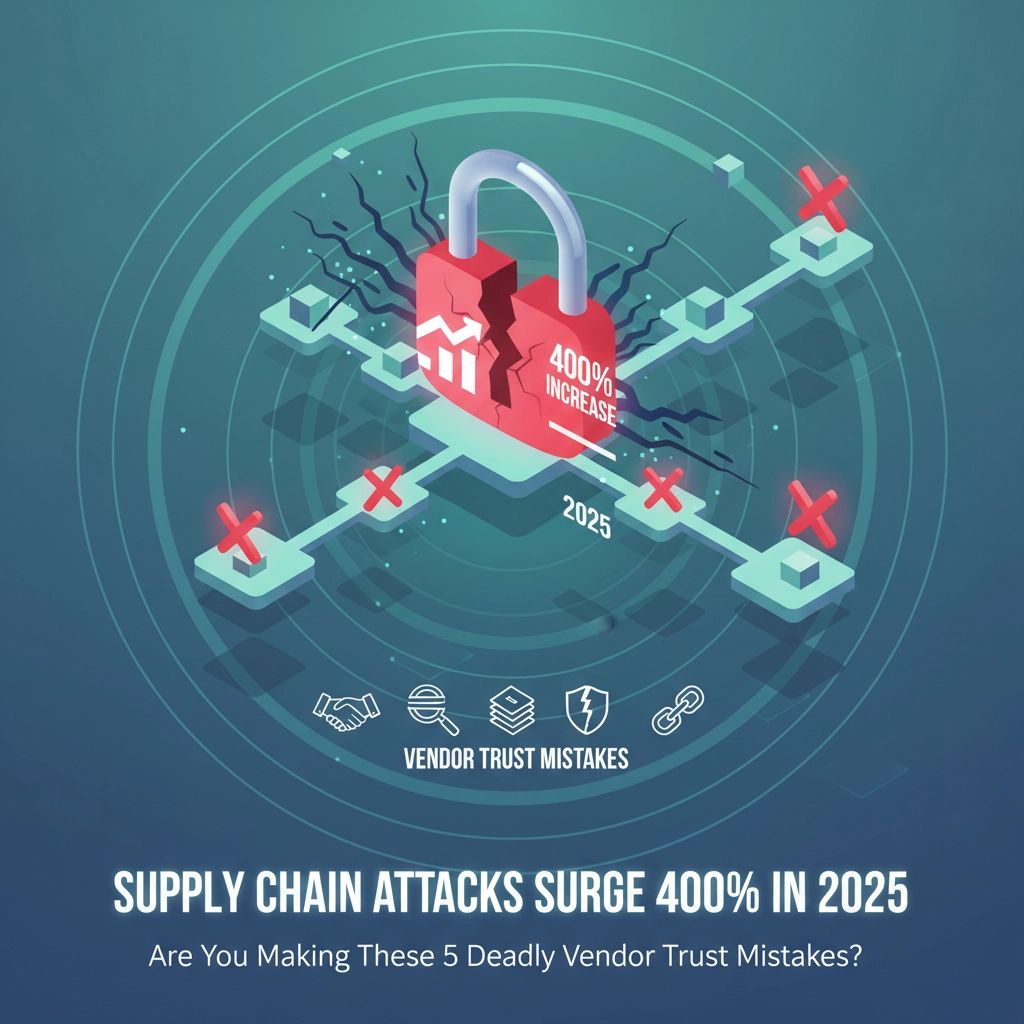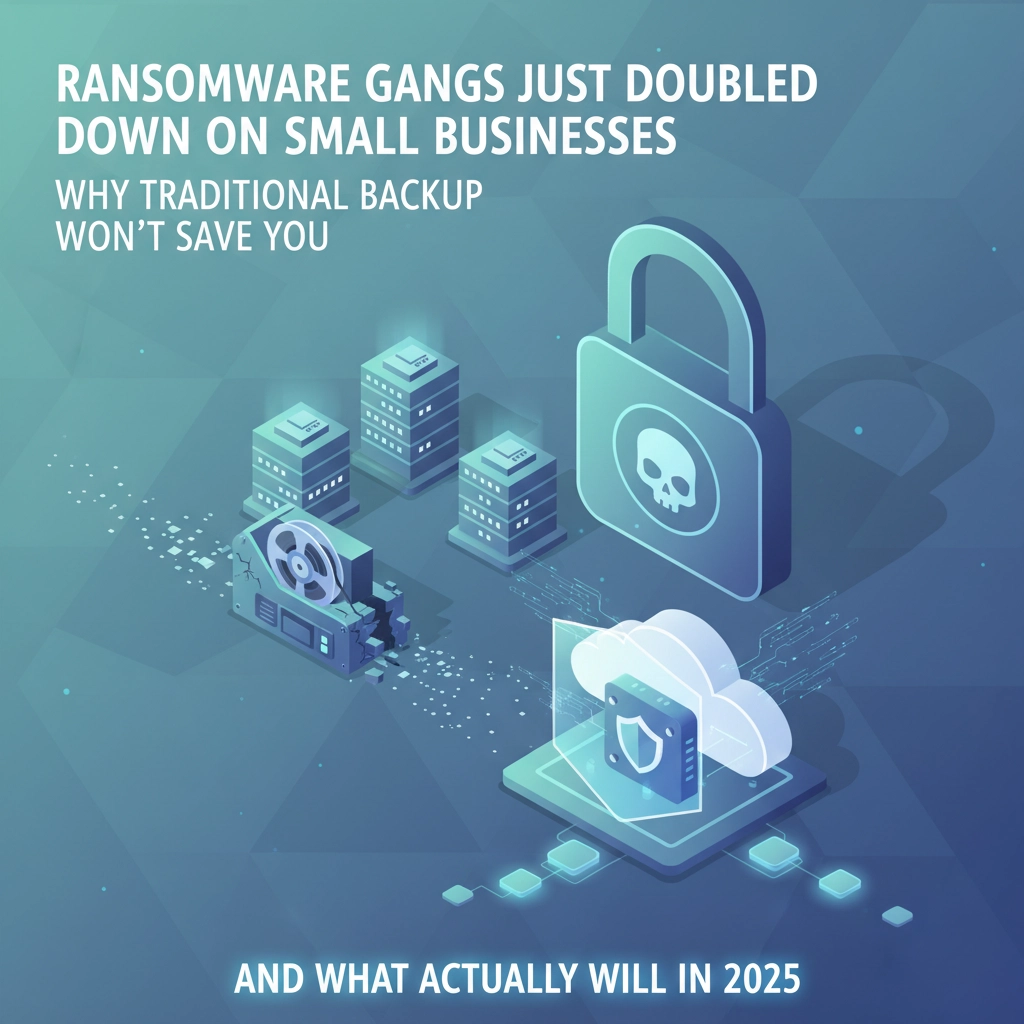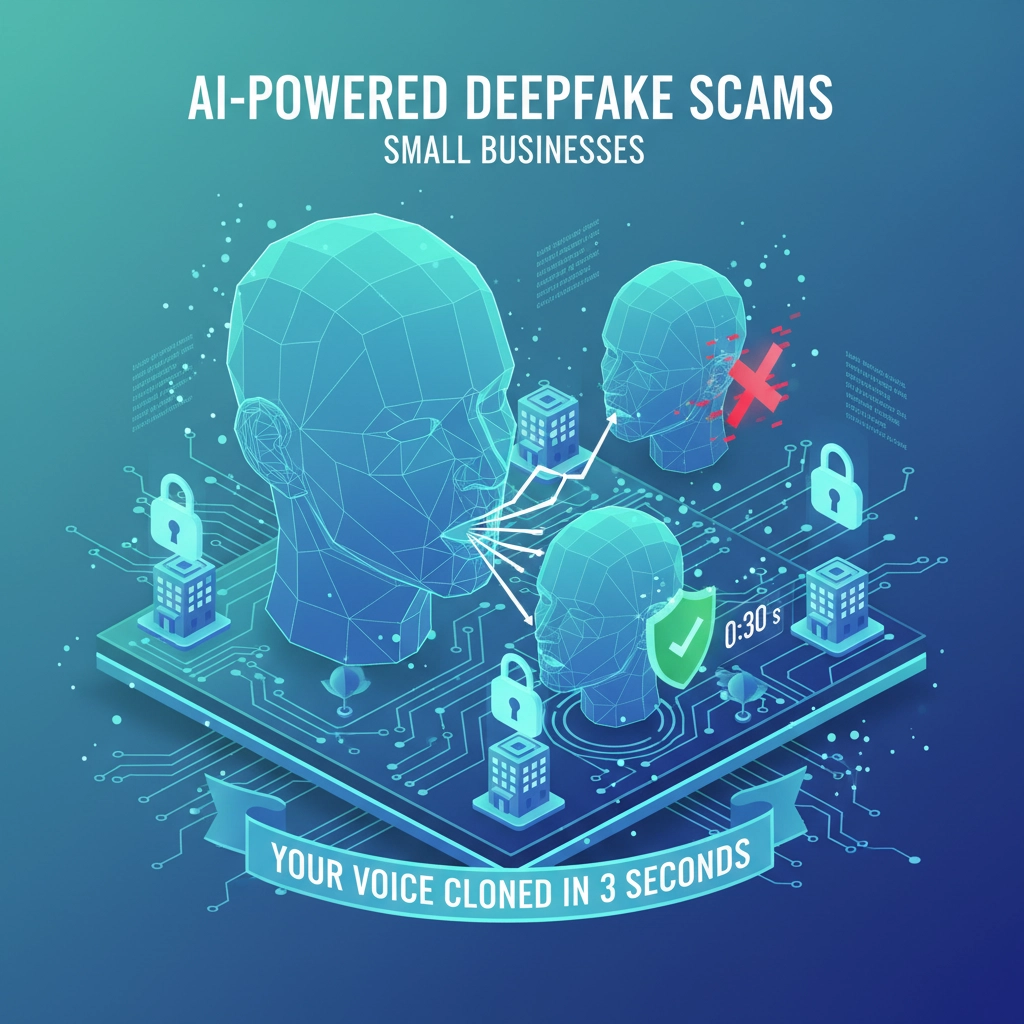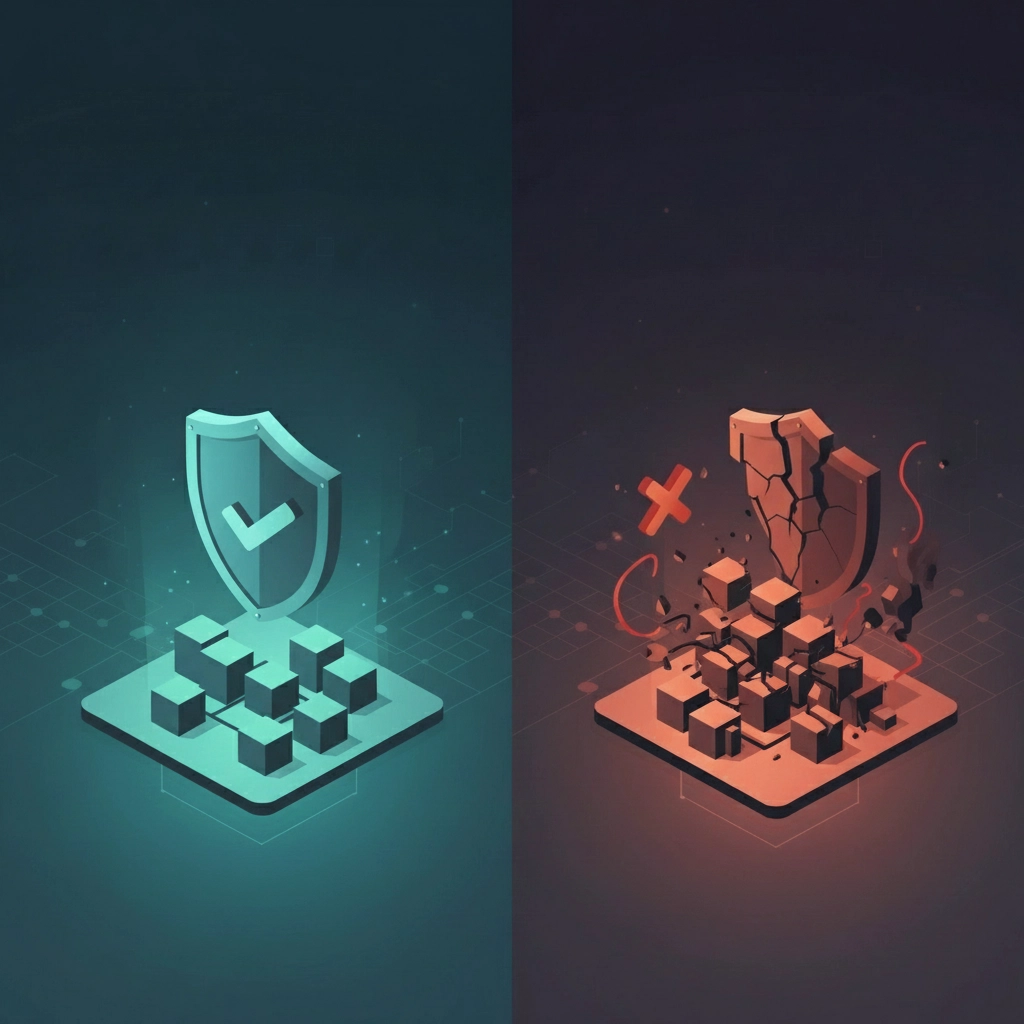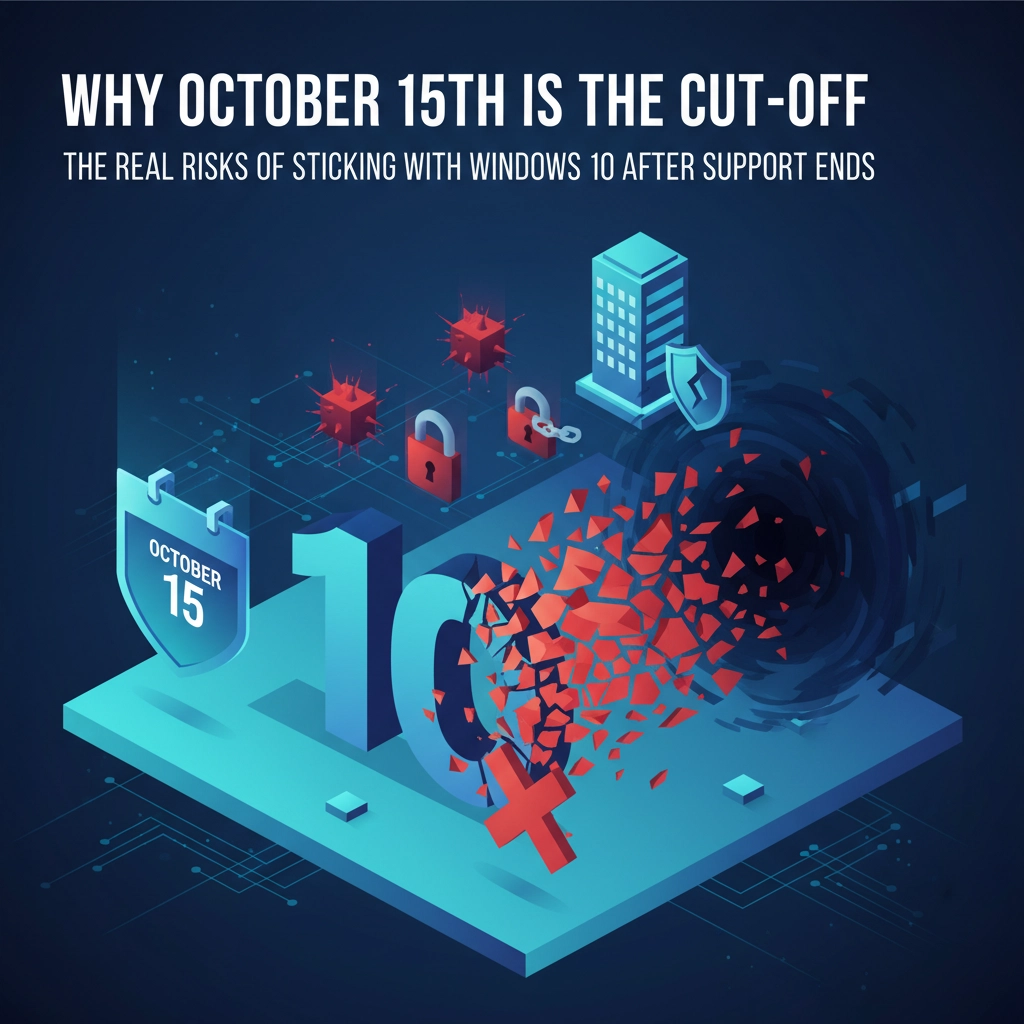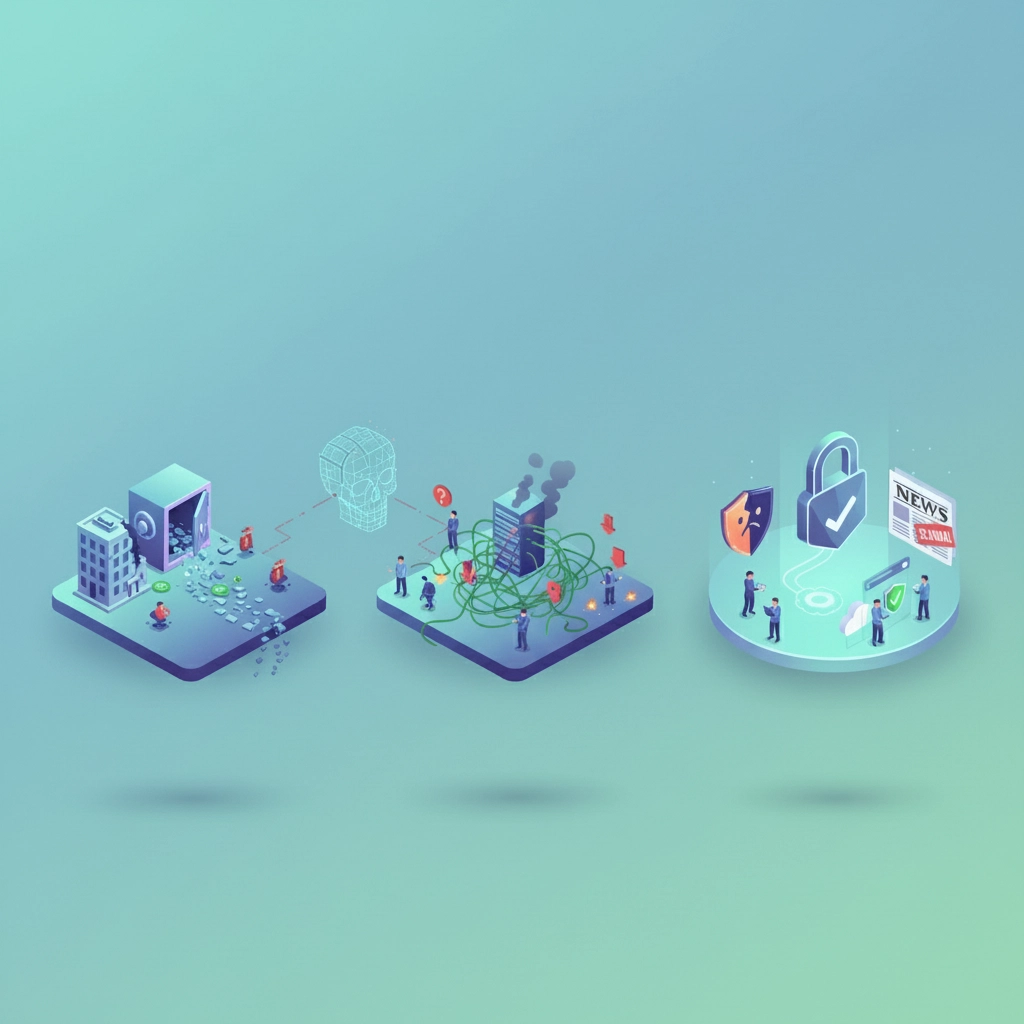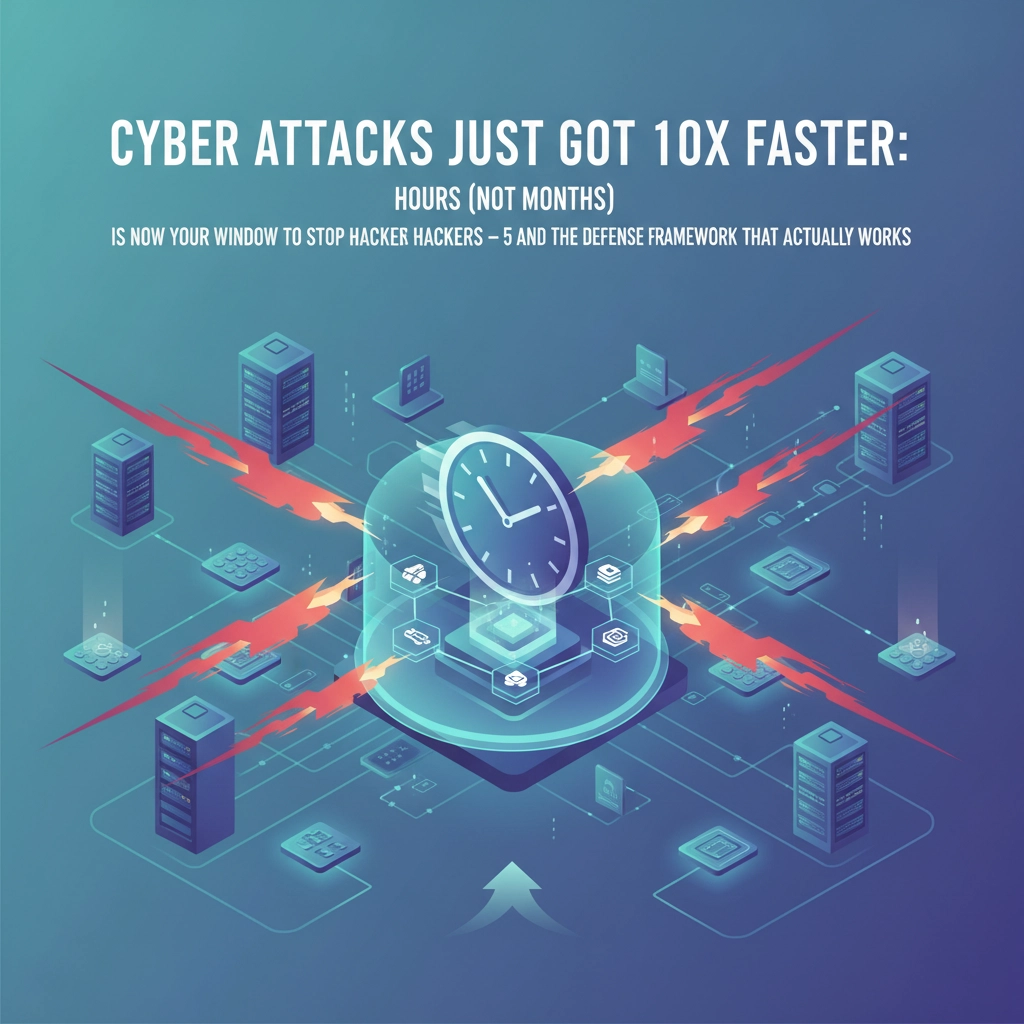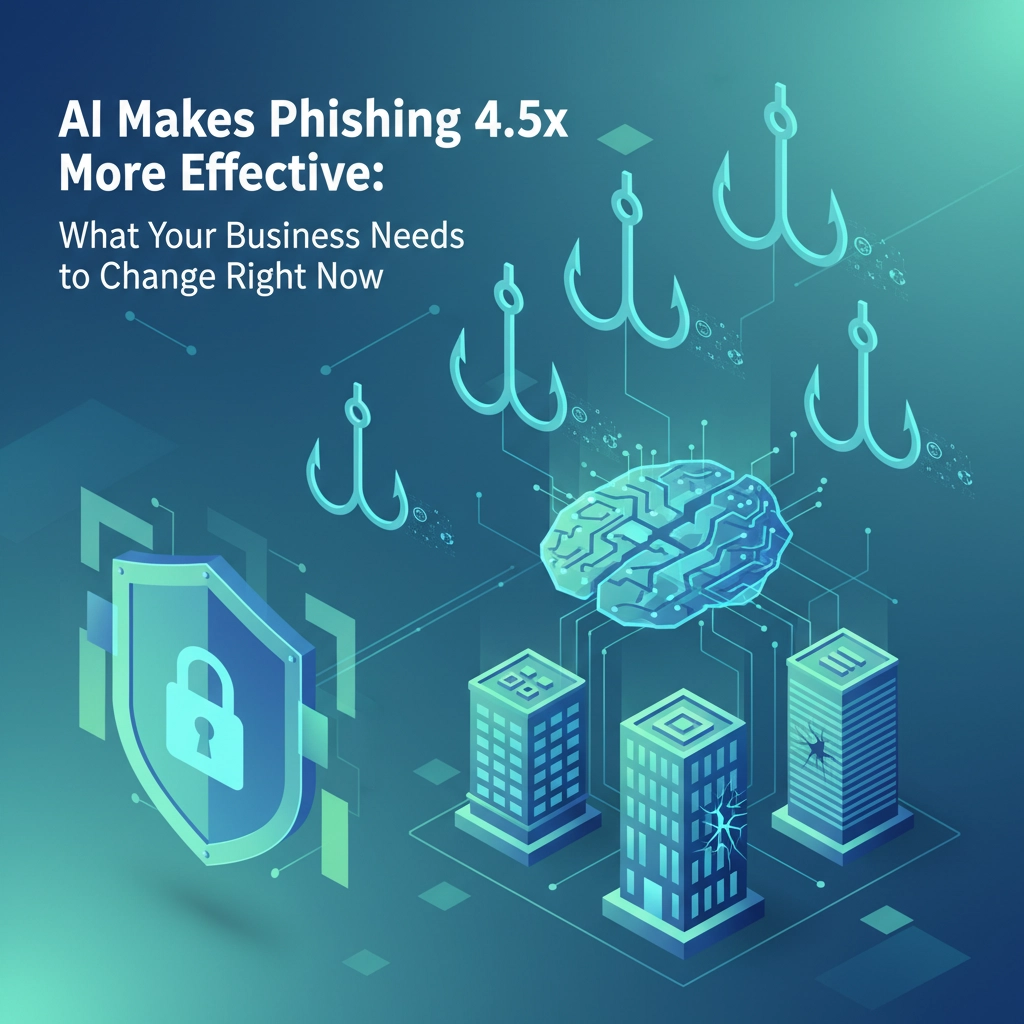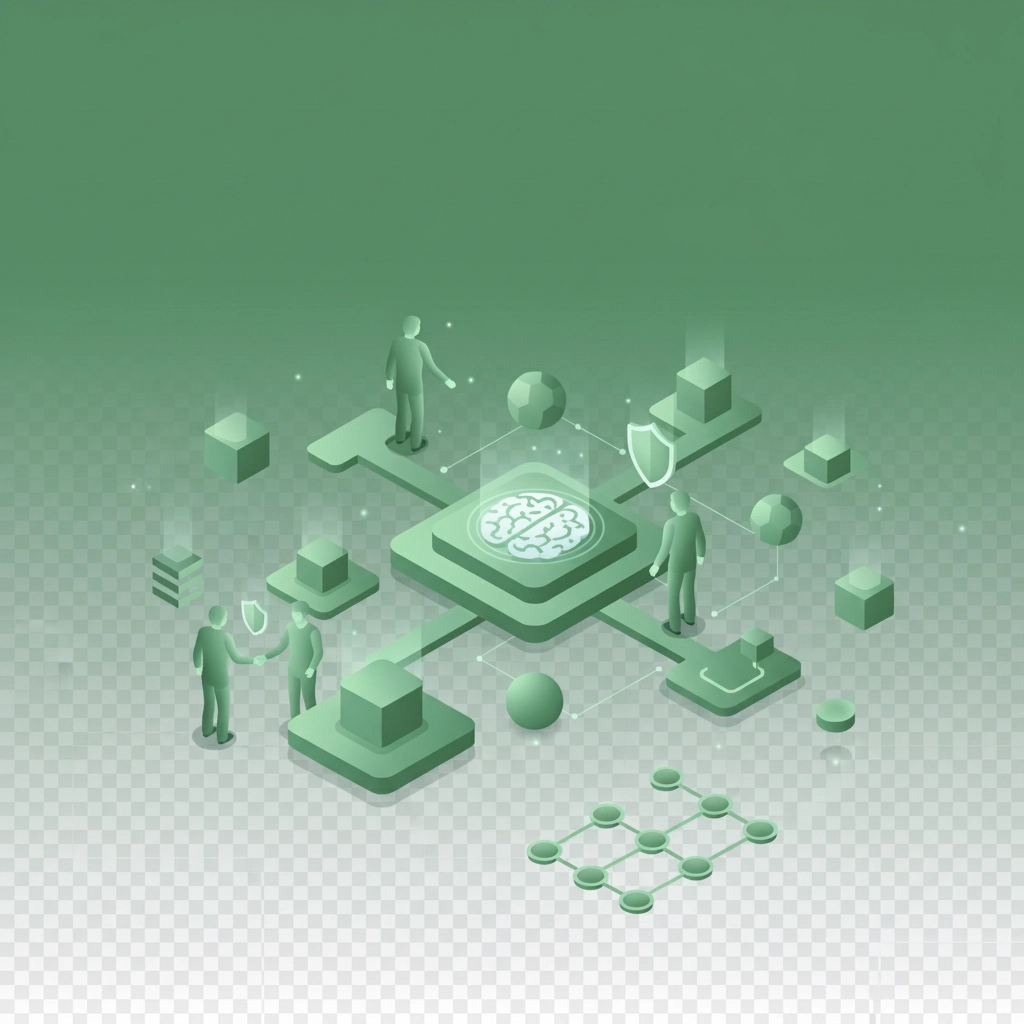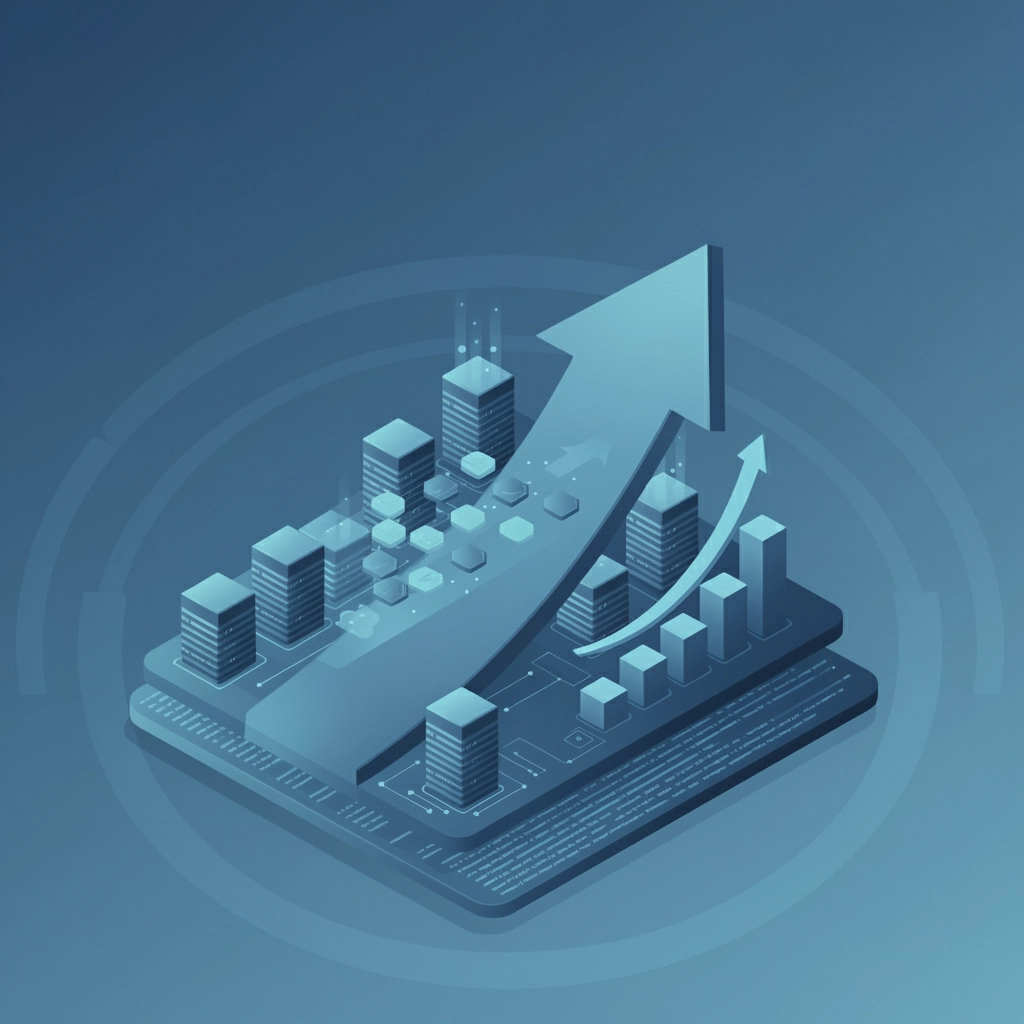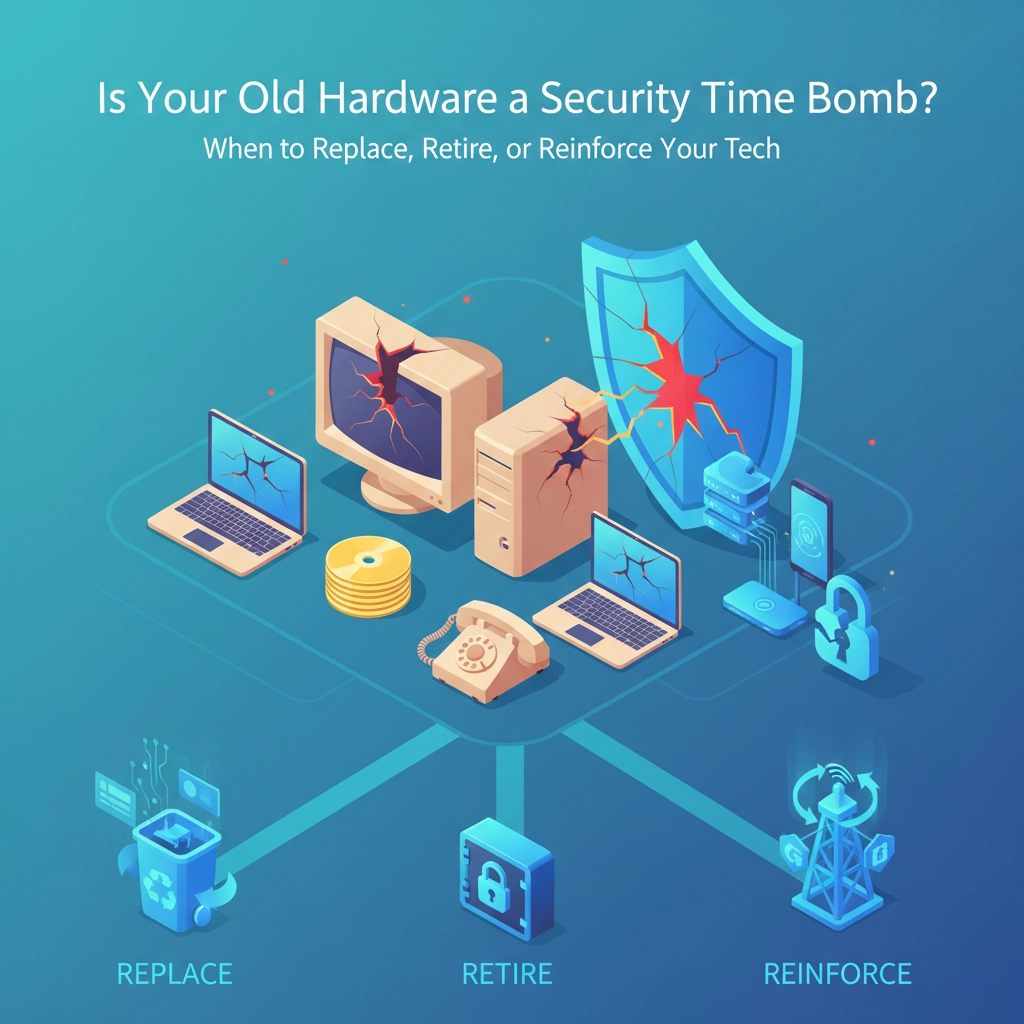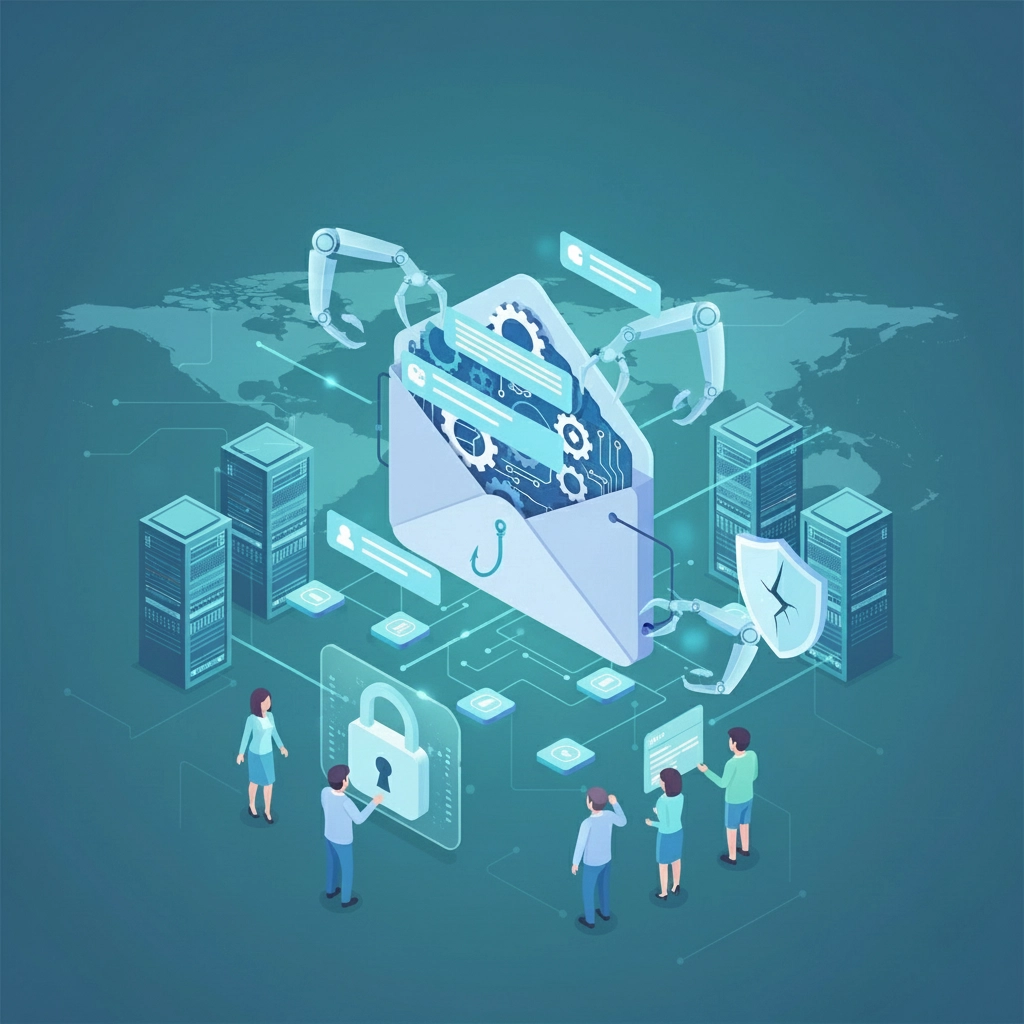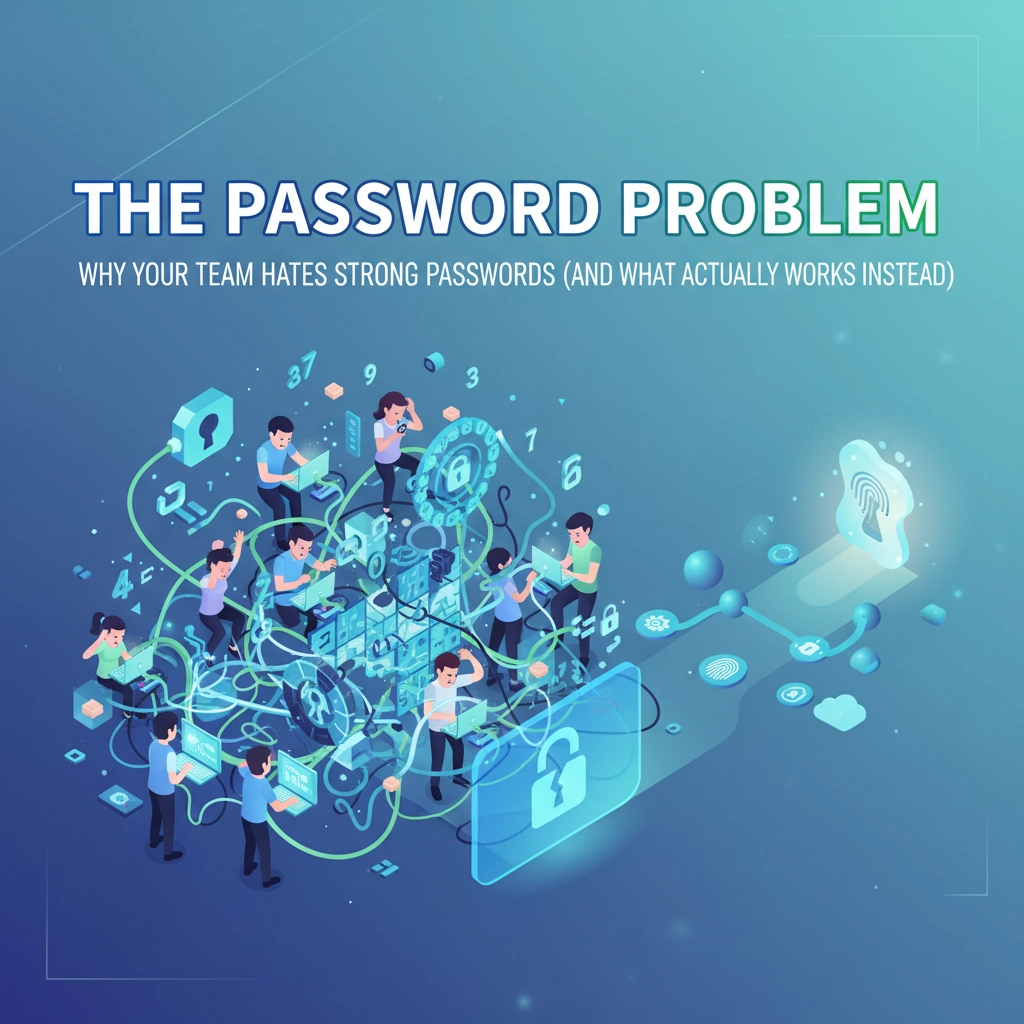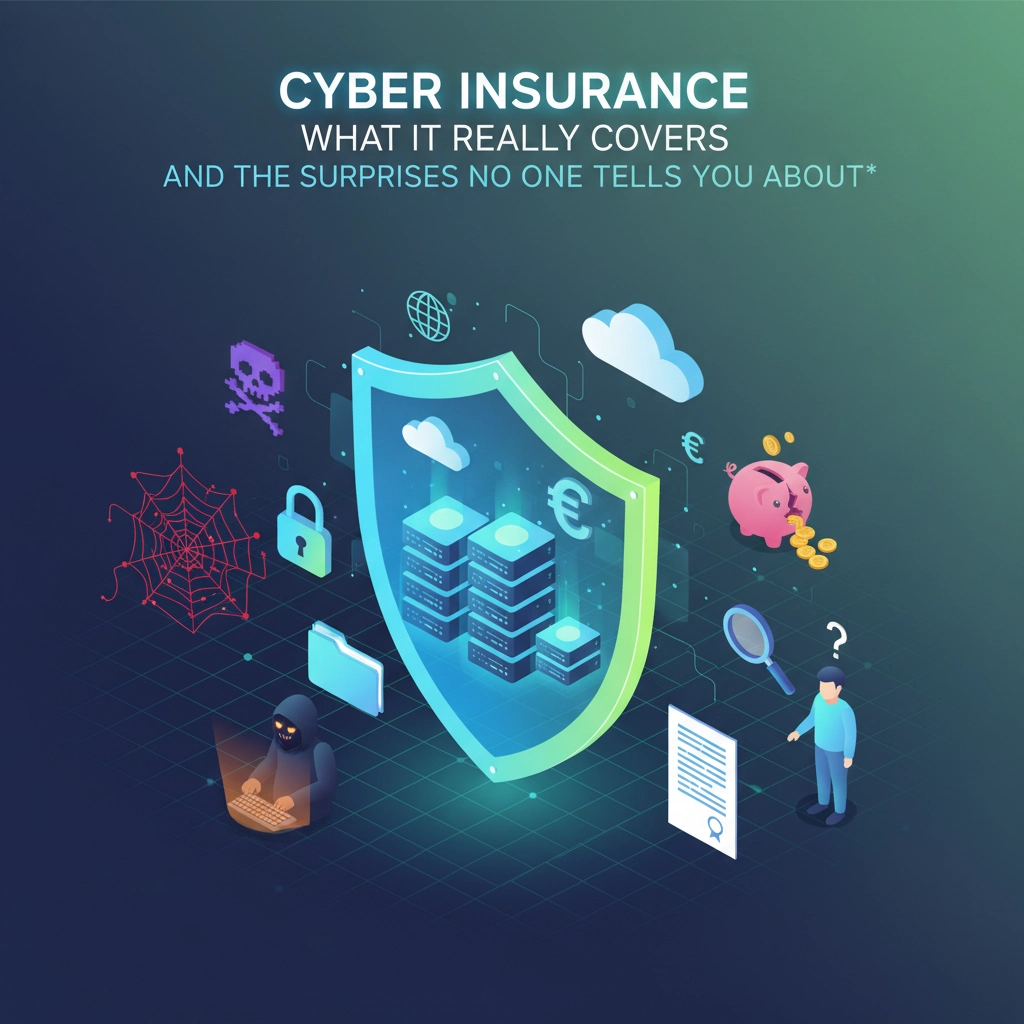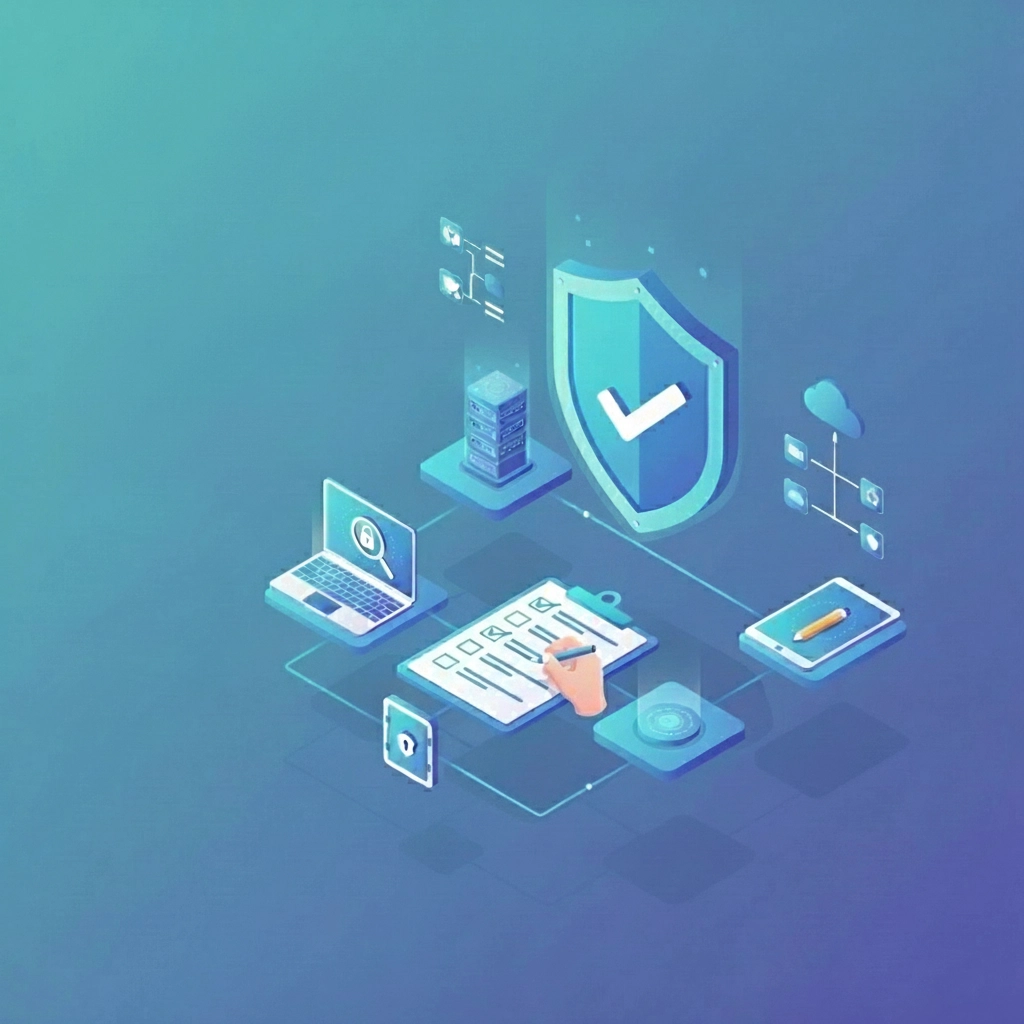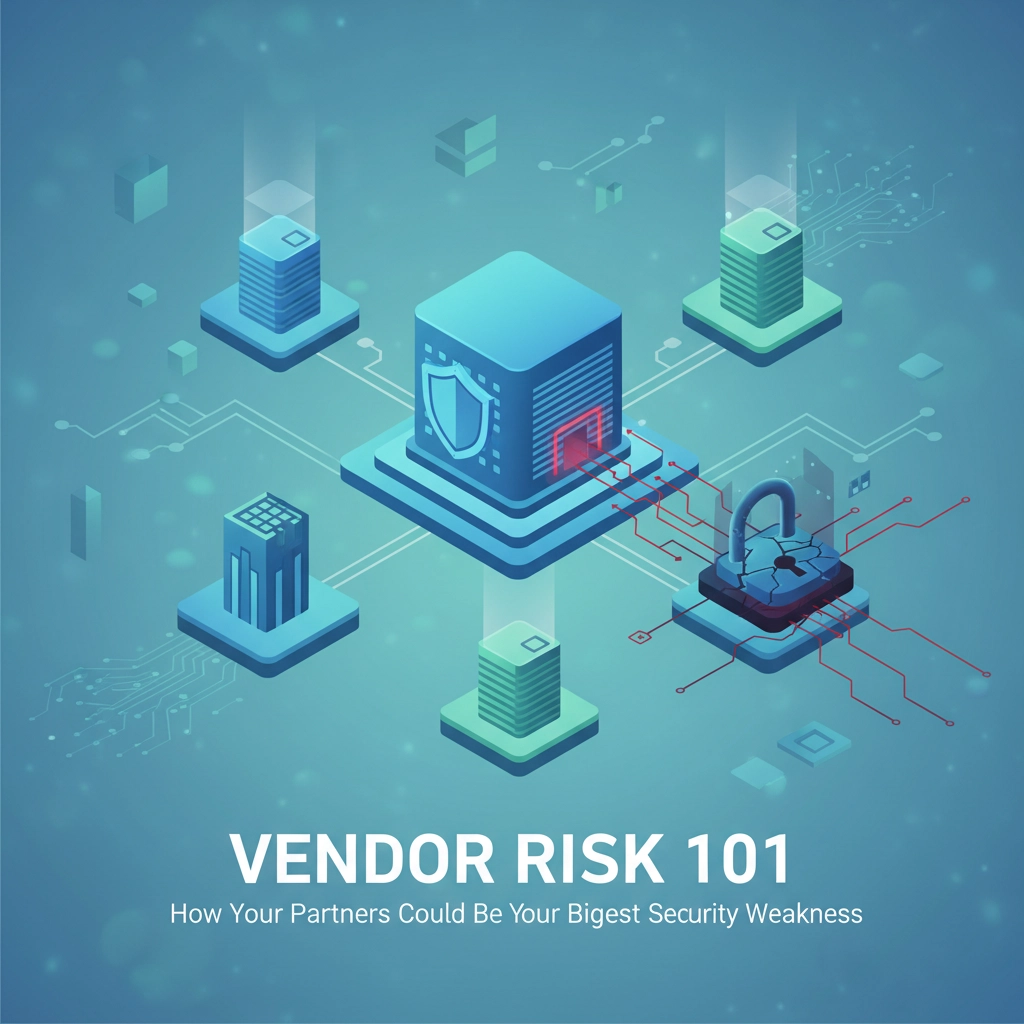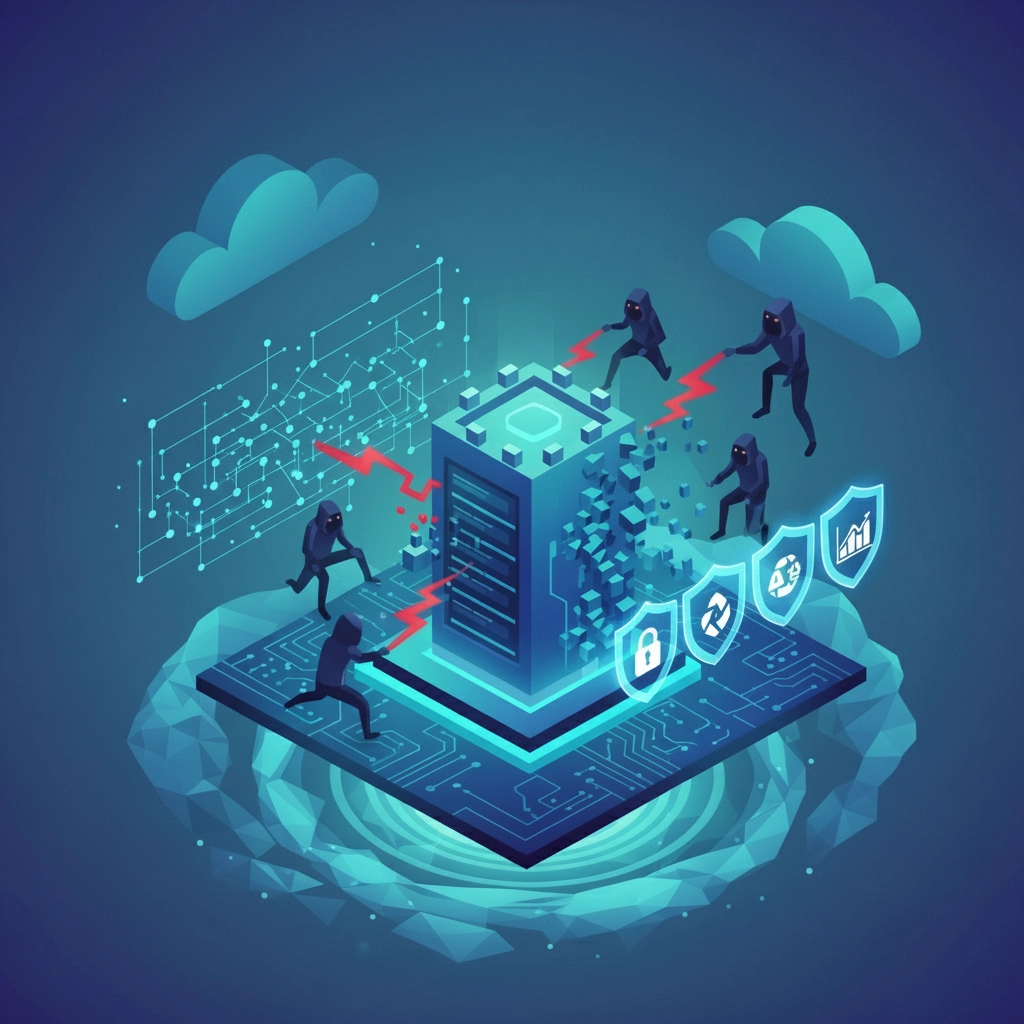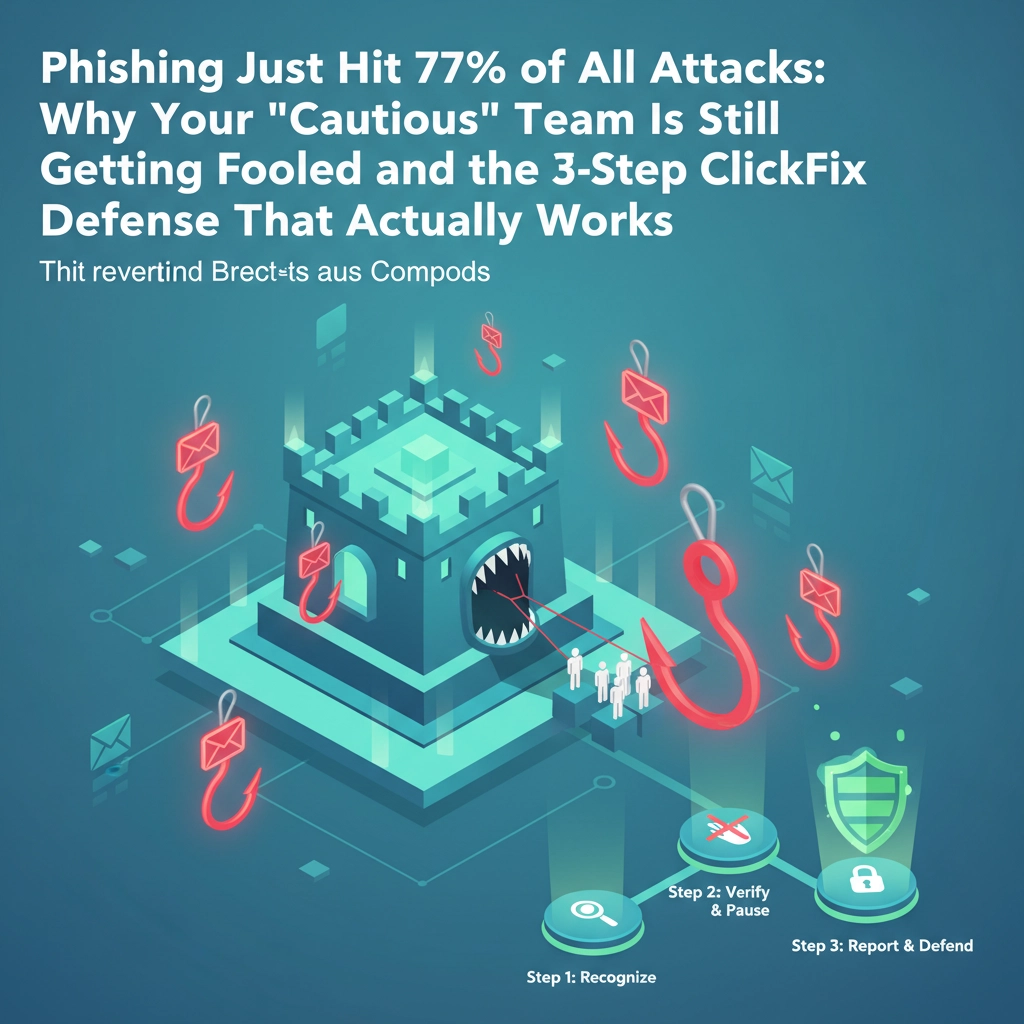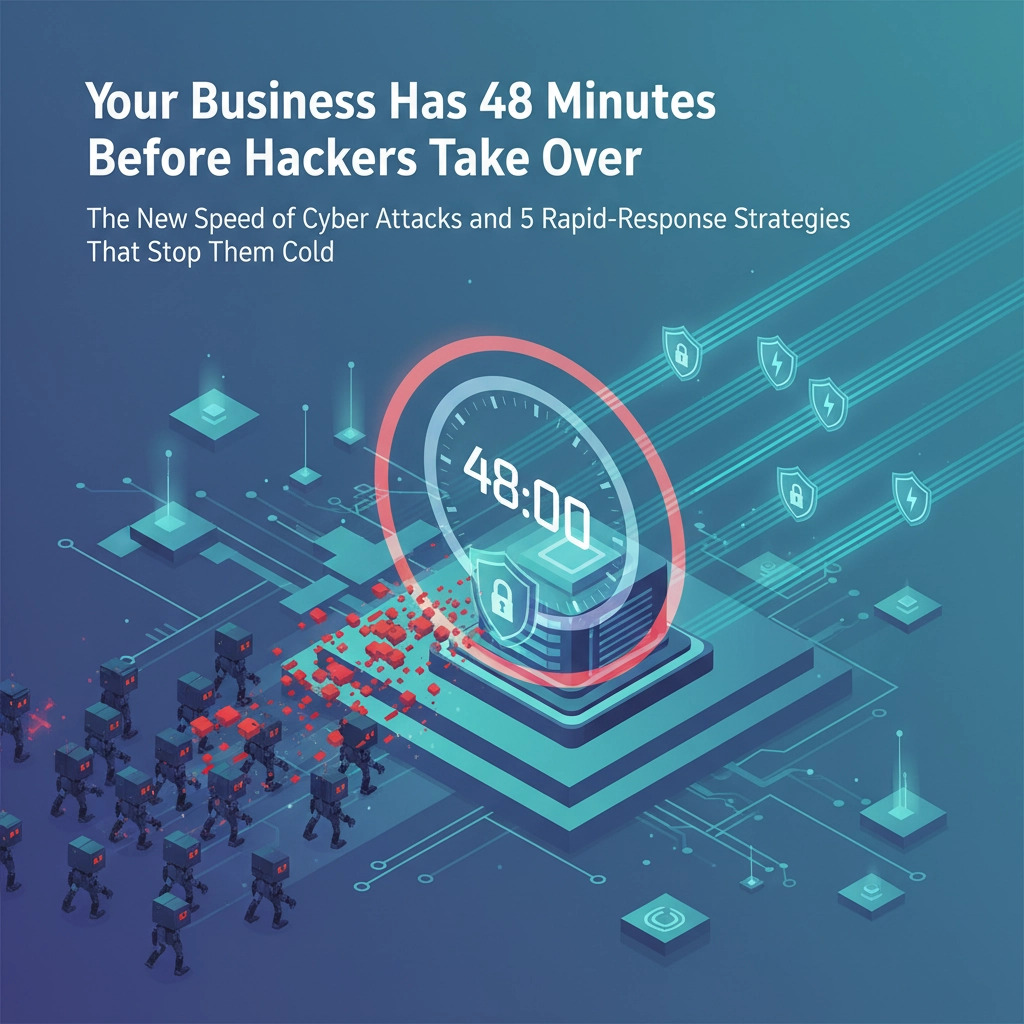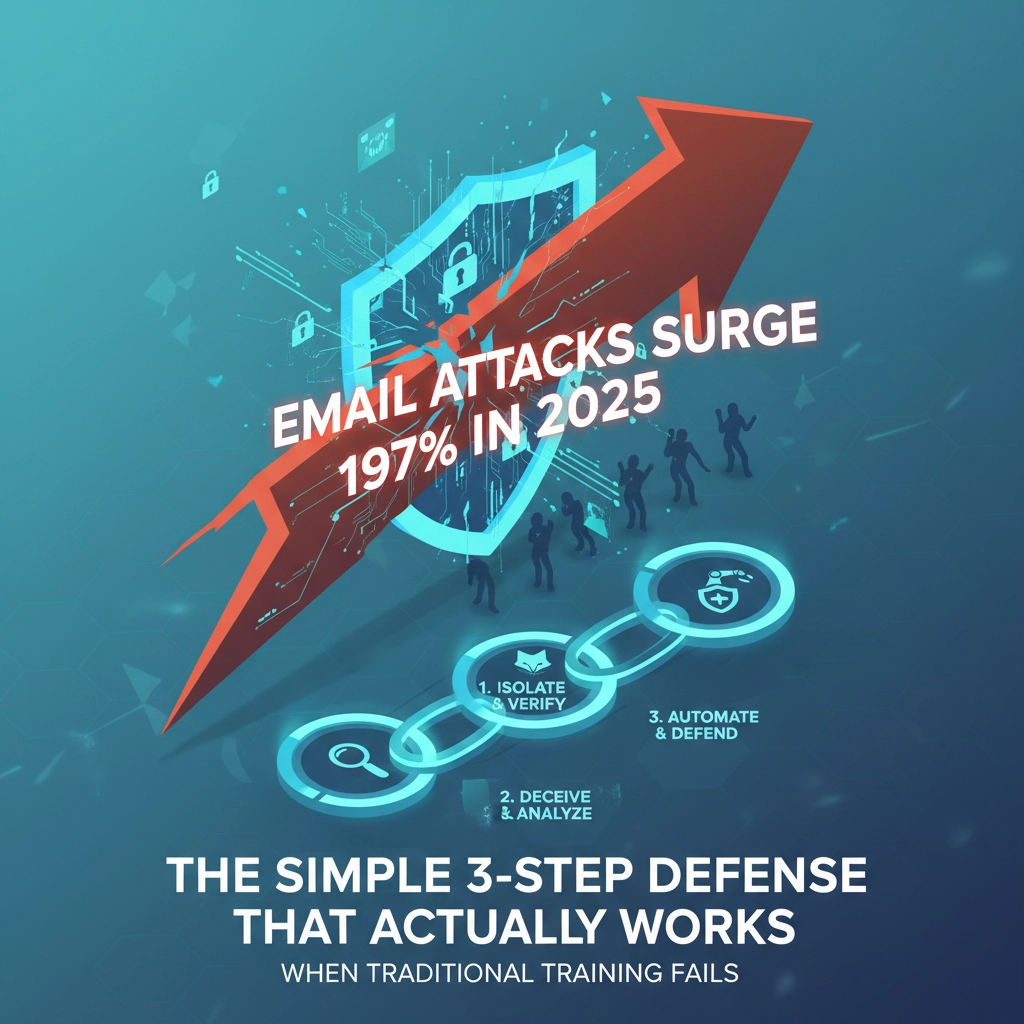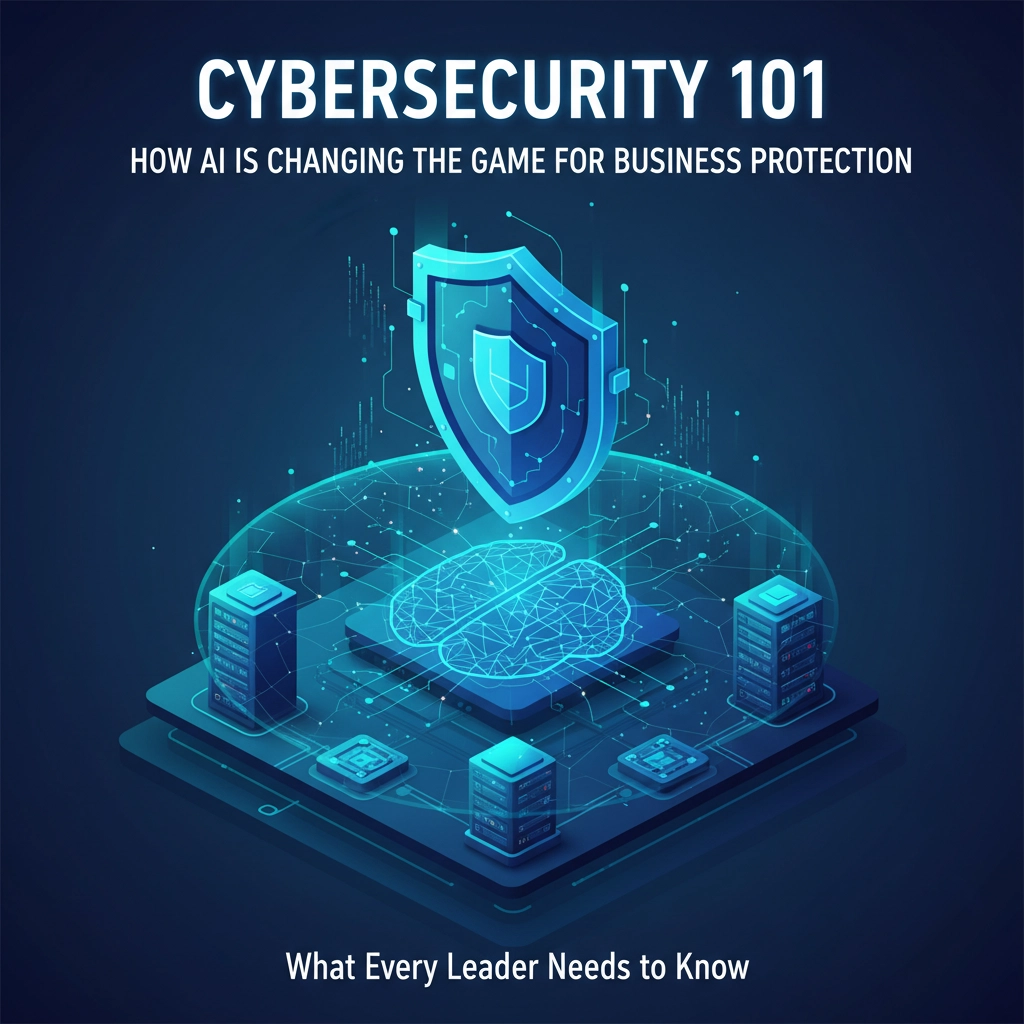Remember when antivirus software was the superhero of cybersecurity? Those days are long gone. If you're still relying solely on that trusty antivirus program to protect your growing business, you're essentially bringing a butter knife to a gunfight.
Today's cybercriminals are sophisticated, patient, and they've learned to slip past traditional antivirus like ninjas in the night. They're using AI-powered attacks, social engineering tactics, and multi-vector approaches that make old-school antivirus look like a screen door trying to stop a hurricane.
But here's the good news: there's a better way to think about cybersecurity, and it involves cake. Not the kind you eat (though that would make security meetings more fun), but a security "layer cake" that protects your business from every angle.
Why the Layer Cake Approach Works
Think about how you'd protect a valuable treasure. You wouldn't just put a single lock on the door and call it a day, right? You'd want multiple barriers: a strong door, a security system, motion sensors, cameras, maybe even a guard. Each layer makes it exponentially harder for someone to get to your treasure.
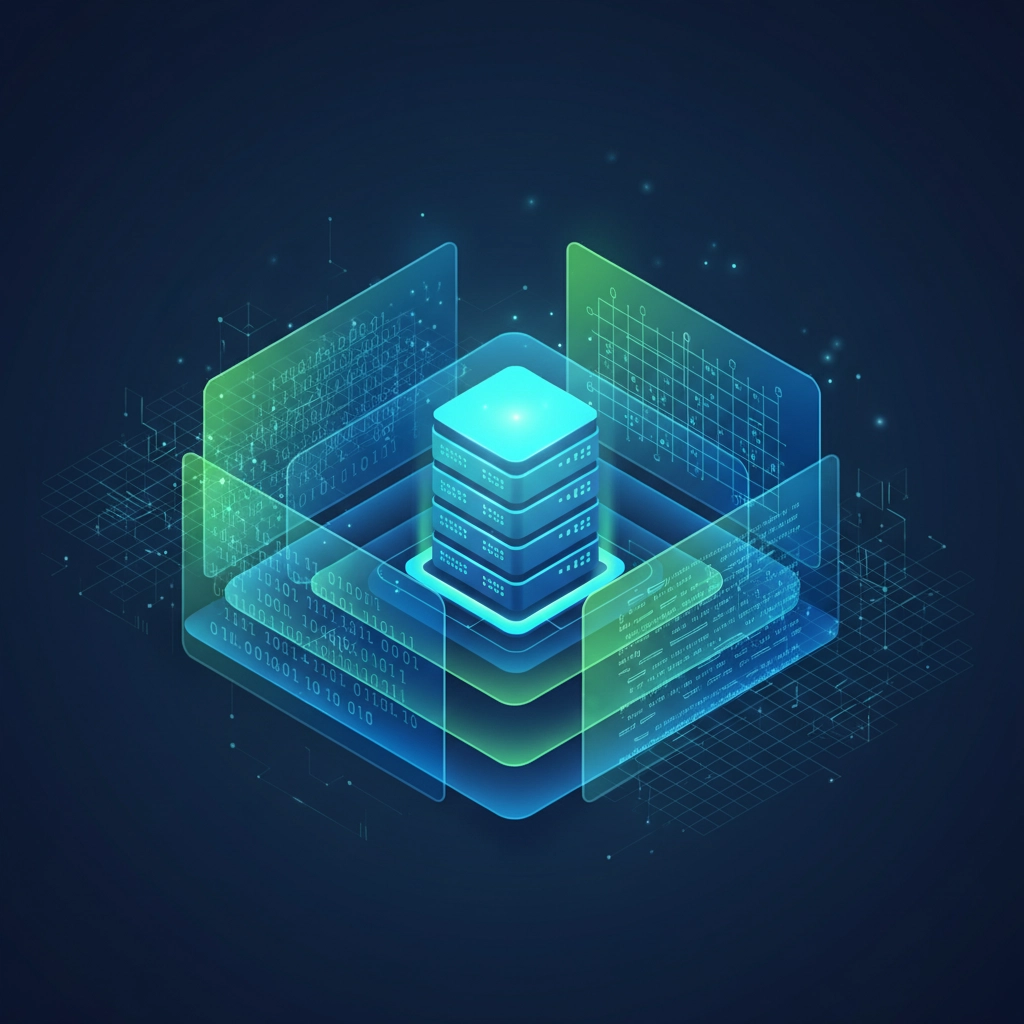
That's exactly how modern cybersecurity works. Instead of relying on one solution to catch everything, you create multiple overlapping layers of protection. If one layer fails (and they sometimes do), the others are still there to catch threats and minimize damage.
This approach is called "defense-in-depth," and it's become the gold standard for businesses that actually want to sleep well at night.
The Seven Layers Every Growing Business Needs
Layer 1: Physical Security (The Foundation)
Your physical security is like the foundation of your layer cake – everything else sits on top of it. This isn't just about having fancy biometric scanners (though those are cool). For most growing businesses, it's about common-sense protections.
Lock up your servers and networking equipment. Don't leave laptops lying around in conference rooms. Make sure employees aren't working with sensitive data in coffee shops where anyone can shoulder-surf their screens. Simple stuff, but you'd be amazed how often this gets overlooked.
Layer 2: Network Security (Your Digital Perimeter)
This layer is your digital bouncer – it decides who gets into your network and who gets shown the door. Modern firewalls do way more than just block bad IP addresses. They analyze traffic patterns, detect unusual behavior, and can even identify malware trying to phone home to command-and-control servers.
Network segmentation is huge here too. Instead of having everything on one big network, you create separate segments for different functions. If hackers get into your guest WiFi, they can't automatically jump to your accounting systems.
Layer 3: Endpoint Security (Beyond Antivirus)
Here's where we move beyond traditional antivirus. Modern endpoint protection uses behavioral analysis and machine learning to spot threats that signature-based antivirus would miss completely.
These solutions watch how programs behave. If something starts encrypting files rapidly (ransomware behavior), it gets stopped immediately. If a document tries to download and execute suspicious code, that gets blocked too. It's like having a really smart security guard watching every device in your business.
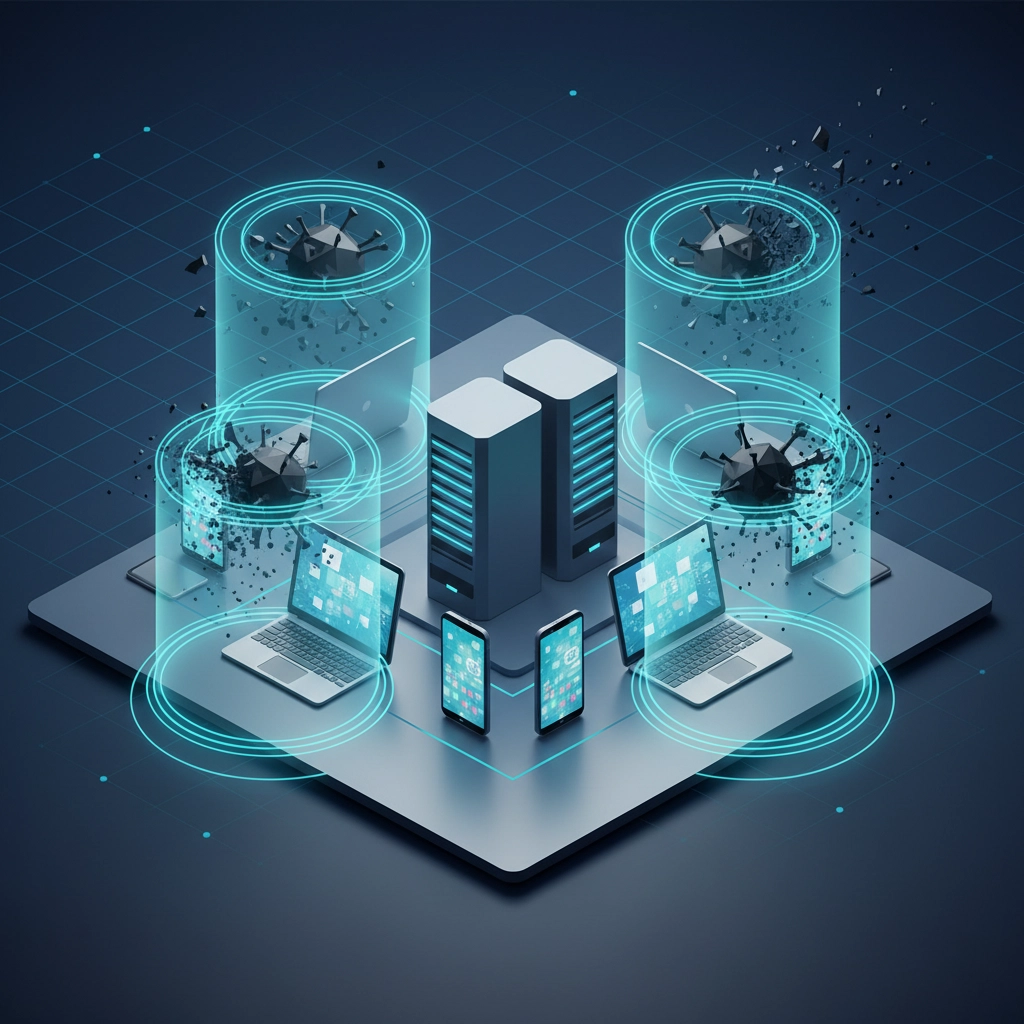
Layer 4: Identity and Access Management (The Keys to the Kingdom)
This layer controls who has access to what, and it's absolutely critical. Multi-Factor Authentication (MFA) is your best friend here. Even if someone steals a password, they still can't get in without that second factor – whether it's a phone app, hardware token, or biometric scan.
But IAM goes beyond just MFA. It's about giving people exactly the access they need for their job, nothing more. The accounting intern doesn't need admin access to your customer database. The marketing team doesn't need to see payroll data.
Layer 5: Application Security (Protecting Your Software)
Your business applications – whether it's your CRM, accounting software, or custom-built tools – need their own protection. This means keeping everything updated and patched, conducting regular security assessments, and making sure developers are following secure coding practices.
For growing businesses, this often means choosing reputable software vendors who take security seriously and have good track records for patching vulnerabilities quickly.
Layer 6: Data Security (Protecting Your Crown Jewels)
Your data is what attackers really want, so this layer focuses on protecting information itself. Encryption is huge here – data should be encrypted both when it's stored and when it's moving between systems.
Data Loss Prevention (DLP) tools can automatically identify and protect sensitive information, preventing employees from accidentally (or intentionally) sharing customer data or financial information inappropriately.
Layer 7: The Human Layer (Your Biggest Asset and Risk)
Here's the uncomfortable truth: your employees are both your biggest cybersecurity asset and your biggest risk. Most successful cyberattacks involve some form of social engineering – tricking people into doing things they shouldn't.
Regular security awareness training isn't just a nice-to-have anymore; it's essential. Employees need to know how to spot phishing emails, understand why that USB drive found in the parking lot shouldn't be plugged into their work computer, and feel comfortable reporting suspicious activity.
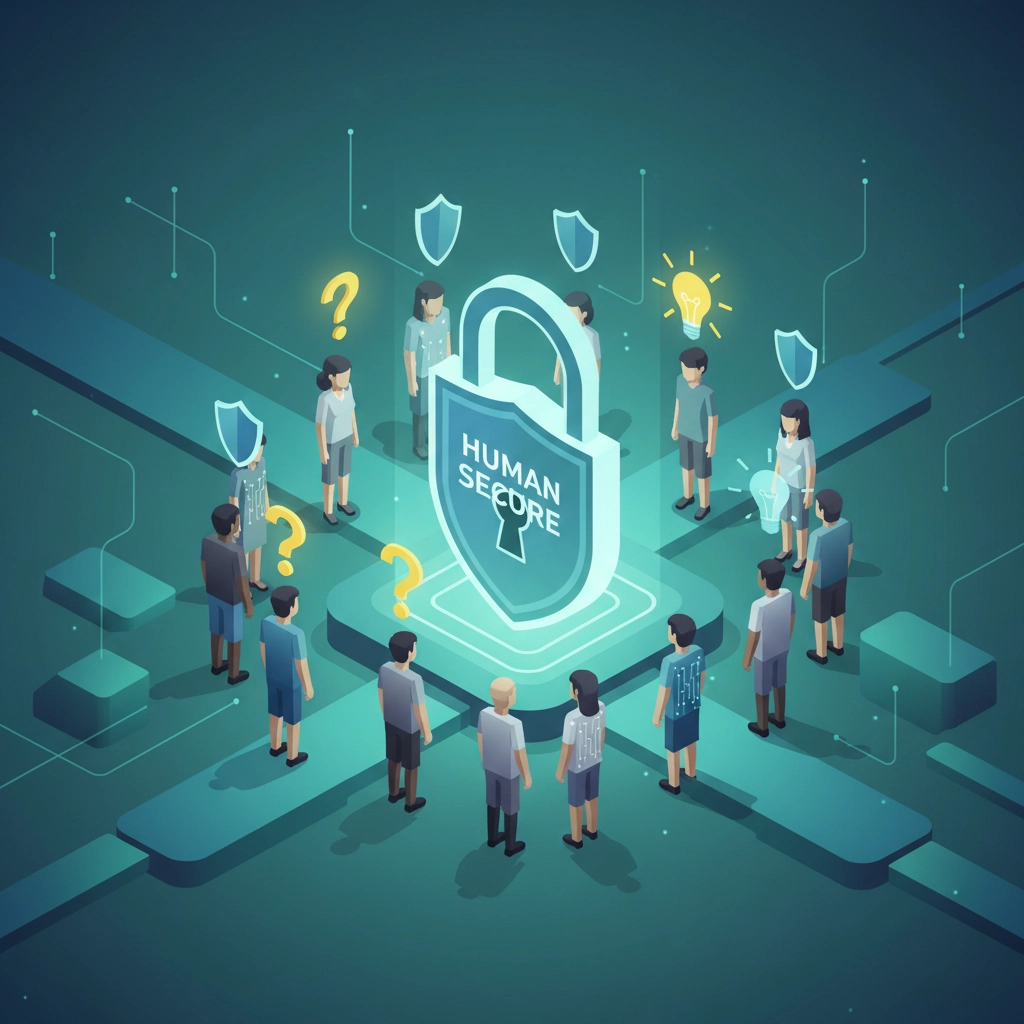
Building Your Security Layer Cake: A Practical Approach
Don't try to implement all seven layers overnight – that's a recipe for overwhelm and poor execution. Instead, take a phased approach:
Phase 1 (Months 1-2): Start with the basics that give you the biggest security bang for your buck. Implement MFA across all business accounts, ensure endpoint security is in place on all devices, and begin basic security awareness training.
Phase 2 (Months 3-4): Strengthen your network security with a proper firewall configuration and network segmentation. Review and tighten access controls – who has access to what, and do they really need it?
Phase 3 (Months 5-6): Focus on data protection with encryption and backup systems. Conduct a security assessment to identify vulnerabilities in your applications and processes.
Phase 4 (Ongoing): Continuous improvement through regular security audits, advanced threat hunting, and ongoing employee education.
The Integration Factor: Making Layers Work Together
The real magic happens when your security layers integrate and communicate with each other. Modern security platforms can share threat intelligence across layers. When your email security spots a phishing attempt, it can automatically update your endpoint protection to watch for related threats.
This integration also extends to your incident response. When something goes wrong (and eventually, something will), having integrated systems means faster detection, better analysis, and quicker response times.
Making It Manageable for Growing Businesses
Look, I get it. You're running a business, not a cybersecurity company. You don't have time to become an expert in seven different security domains. That's where managed security services come in.
A good managed security provider can help you implement and maintain these layers without requiring you to hire a full security team. They can monitor your systems 24/7, handle updates and patches, and provide expertise when incidents occur.
The Bottom Line
Cybersecurity isn't about having the perfect, impenetrable defense – it's about making your business a harder target than the next guy. The layer cake approach does exactly that by creating multiple hurdles for attackers and multiple opportunities to detect and stop threats.
Yes, it's more complex than just installing antivirus and hoping for the best. But the cost of a successful cyberattack – in terms of money, reputation, and sleep – makes the investment in proper layered security look like a bargain.
Your business is growing, which means you're becoming a more attractive target. Don't wait until after an attack to take cybersecurity seriously. Start building your security layer cake today, one layer at a time.
Ready to move beyond antivirus and build real cybersecurity for your growing business? Contact B&R Computers today for a free security assessment. We'll help you understand where your current defenses have gaps and create a practical plan to implement the security layers your business actually needs.

